Then singing is a typical folk art form of the Choang, Tay, Nung, and Thai ethnic groups in the northern highlands of Vietnam. In some regions, Then singing is divided into Then art performances and Then ritual performances.
Then singing plays a very important role in religious ceremonies, expressing communication between humans and gods. This is an indispensable part of the spiritual and cultural life of the Tay, Nung, and Thai people, helping to maintain and spread cultural and historical values. Then singing has been recognized by UNESCO as a representative intangible cultural heritage of humanity, which contributes to preserving and promoting the value of this art form.
Then singing is a type of folk religious music performance used in ceremonies praying for crops, praying for peace, and granting titles... to replace words and express feelings. Then singing combines music, singing, and storytelling, and is often performed during festivals, religious ceremonies, and community events.
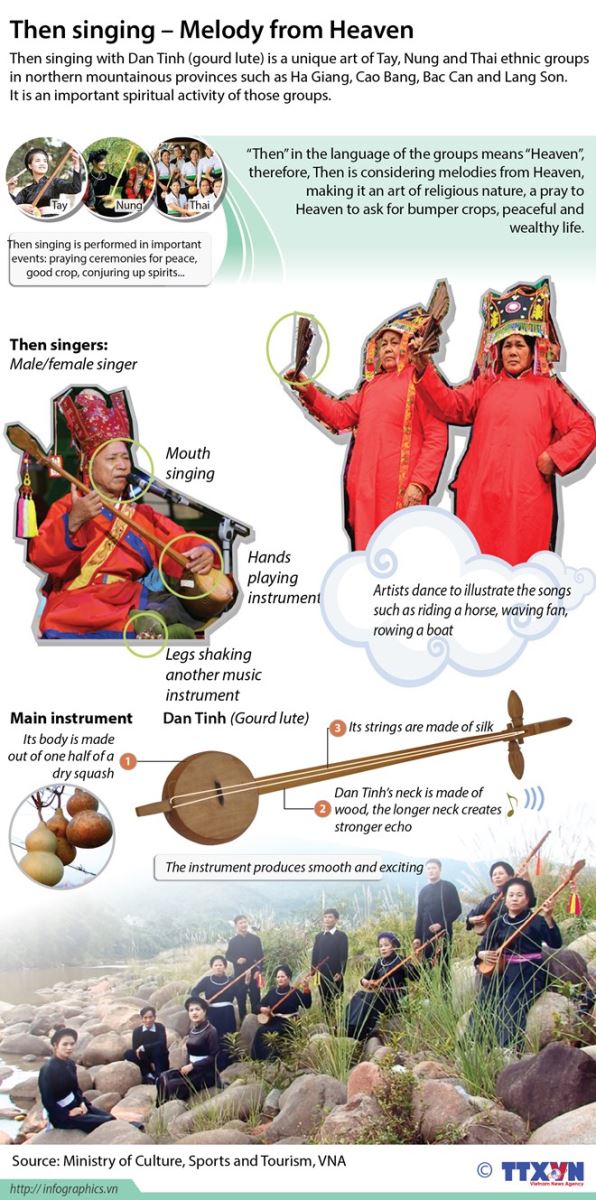
The traditional form of Then singing combines music, lyrics, and acting. Then artists, also known as Then teachers, are the ones who lead the ceremony or performance and are the main performers. Then teachers often act as intermediaries between the human and spiritual worlds. They are often prestigious people in the community, with extensive knowledge of religious ceremonies and folk culture. Then teachers are both the main singers and players of traditional musical instruments such as trumpets, drums, and gourds, and are expressed through their distinctive voices and diverse melodies.
In addition to Then teachers, there is a group of accompaniers, often people of the same ethnic group, who support the singing and acting. They can play the role of characters in the story, or simply add vitality to the performance through dance movements and lyrics.
Instruments in Then singing
• Dan tinh: This is the main instrument in Then singing, with three strings and a long neck. Dan tinh is used to create background music, and is also used to emphasize important parts of the song. This is considered the soul of Then singing, used to express wishes to gods and heaven.
• Other instruments: Chum xoc nhac, fan, yin yang and sword are also often used to create rich tones for the performance.
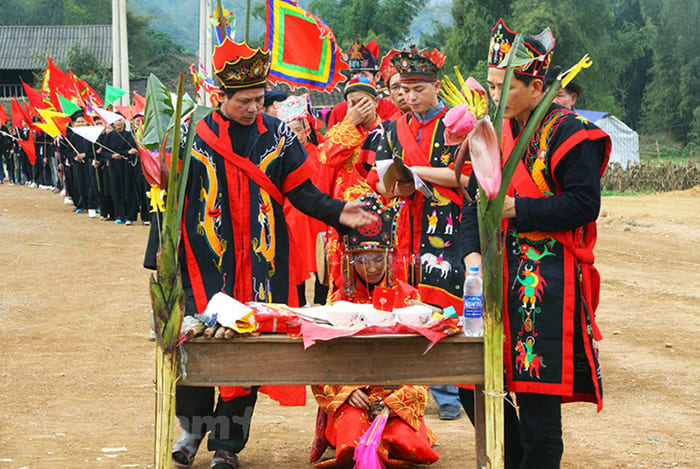 Lyrics of Then singing
Lyrics of Then singing
Lyrics in Then singing play an important role in conveying the content, emotions, and philosophy of life of the Tay and Nung people. Then songs are often composed in Tay or Nung languages, and can be divided into many different genres depending on the purpose of the performance such as praying for blessings, exorcising evil spirits, or telling stories. Then singing lyrics have up to 35 chapters divided into different sections depending on each ritual and purpose of use. The lyrics in Then singing act as a bridge between people and gods, helping people to ask for their wishes to heaven.
Performance space
Then singing is often performed during important festivals or religious ceremonies of the Tay and Nung people. The space is often solemnly decorated, with altars, candles, and religious objects. In addition to the rituals, Then singing is also performed on art stages, at cultural festivals, with the purpose of introducing and preserving the national cultural heritage.
Rituals in Then singing
Rituals in Then singing are an important part, closely associated with the beliefs and spiritual life of the Tay and Nung people. These rituals are often performed by Then masters and have profound meanings in praying, giving thanks, and communicating with the gods. And the rituals must go through important stages.


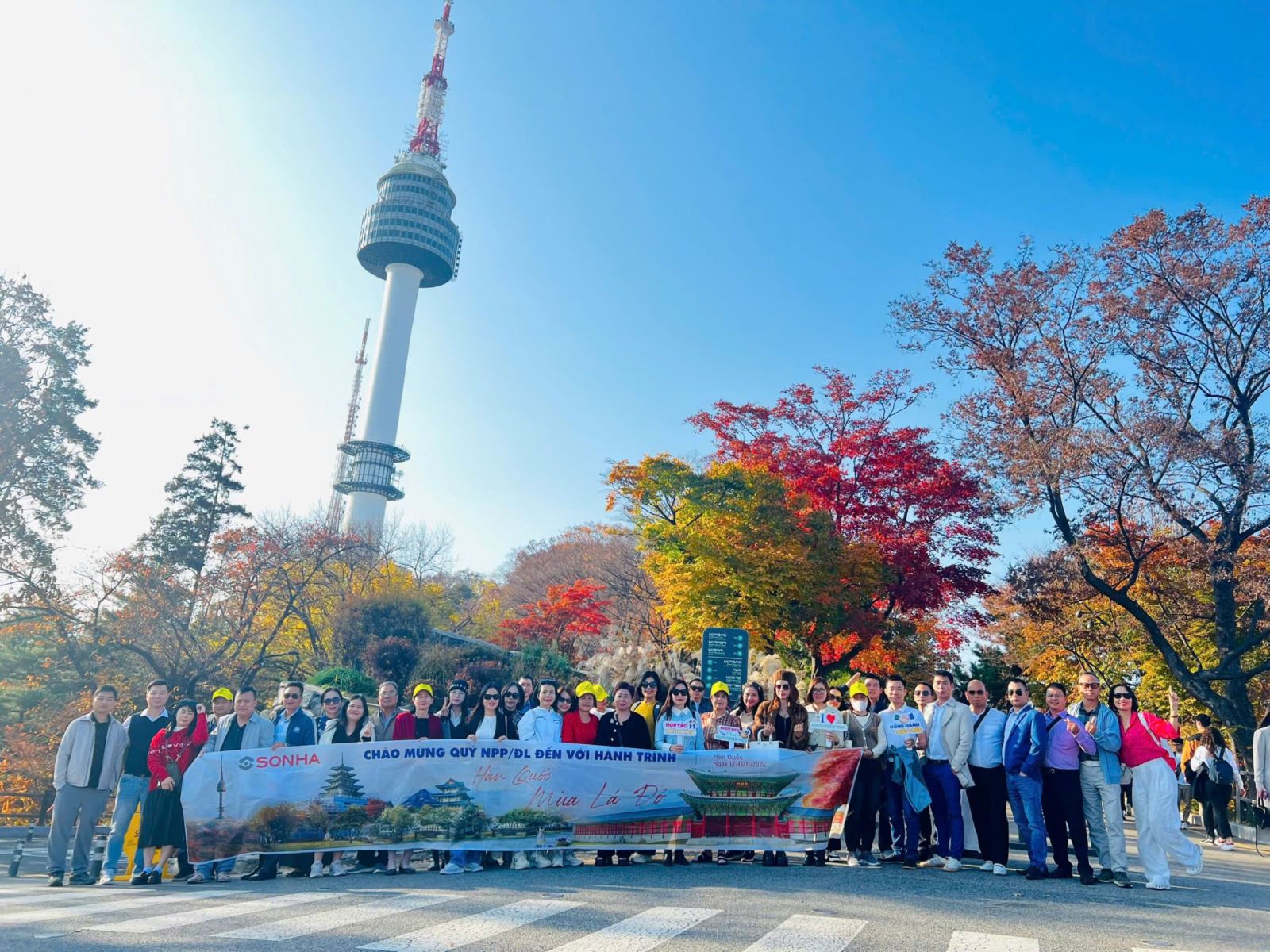
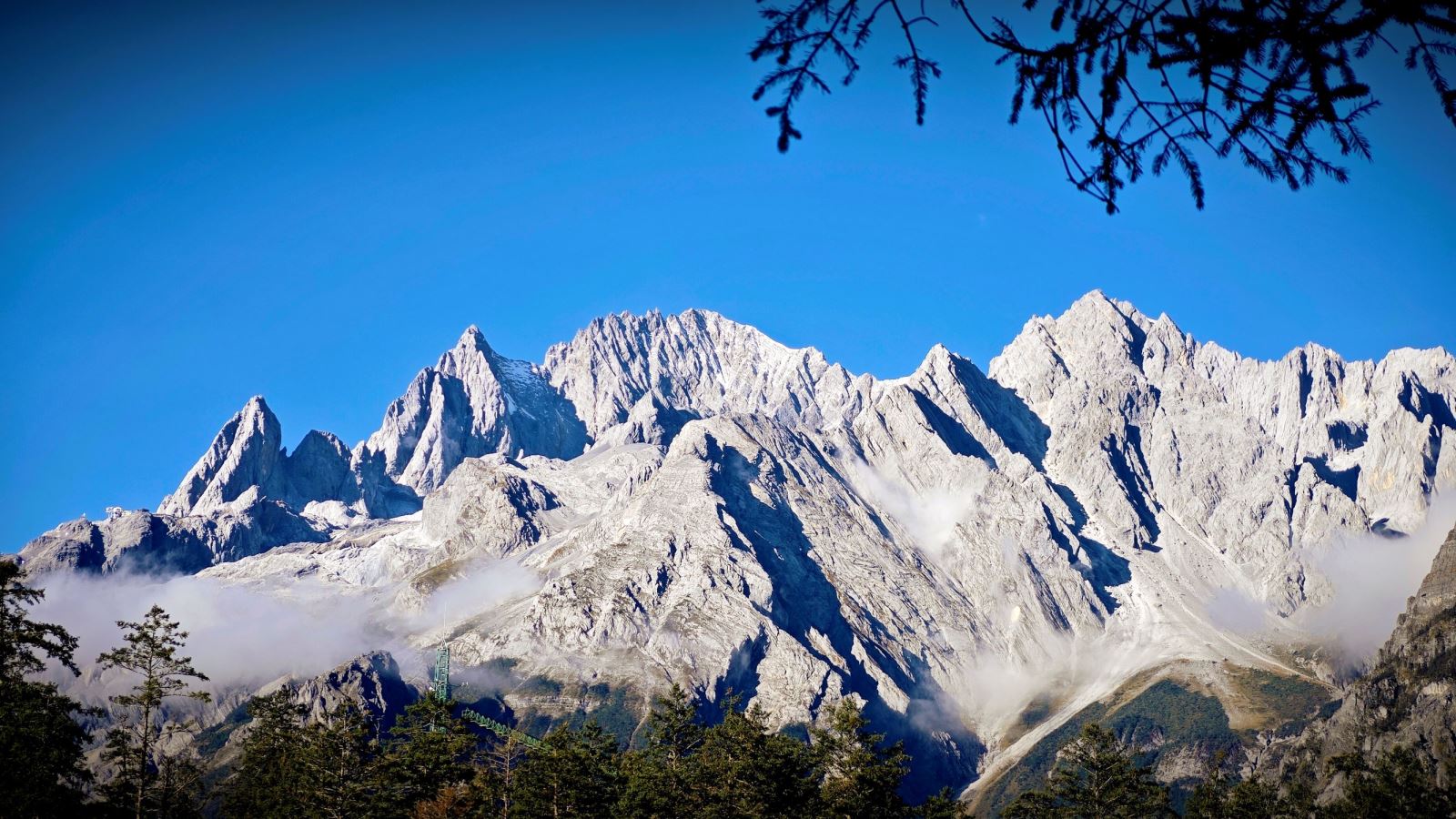


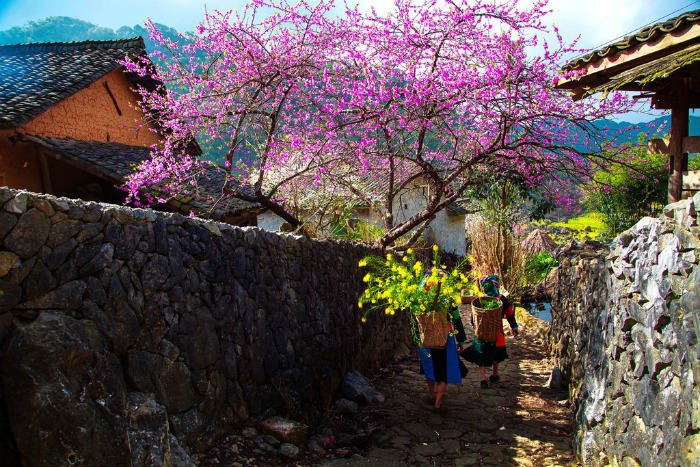

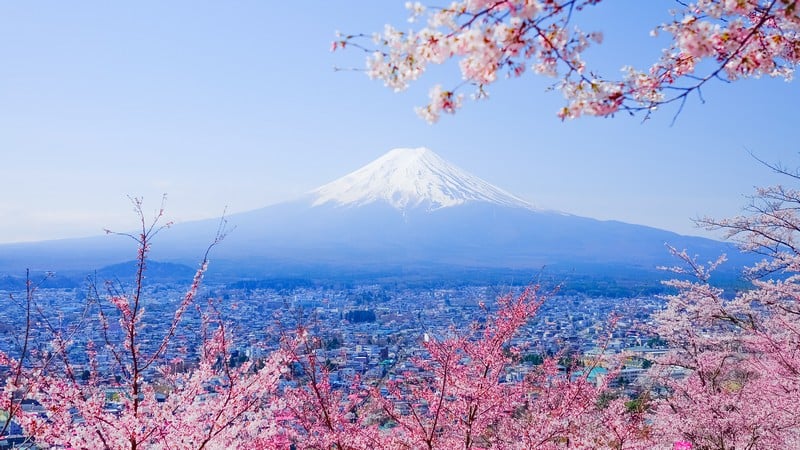
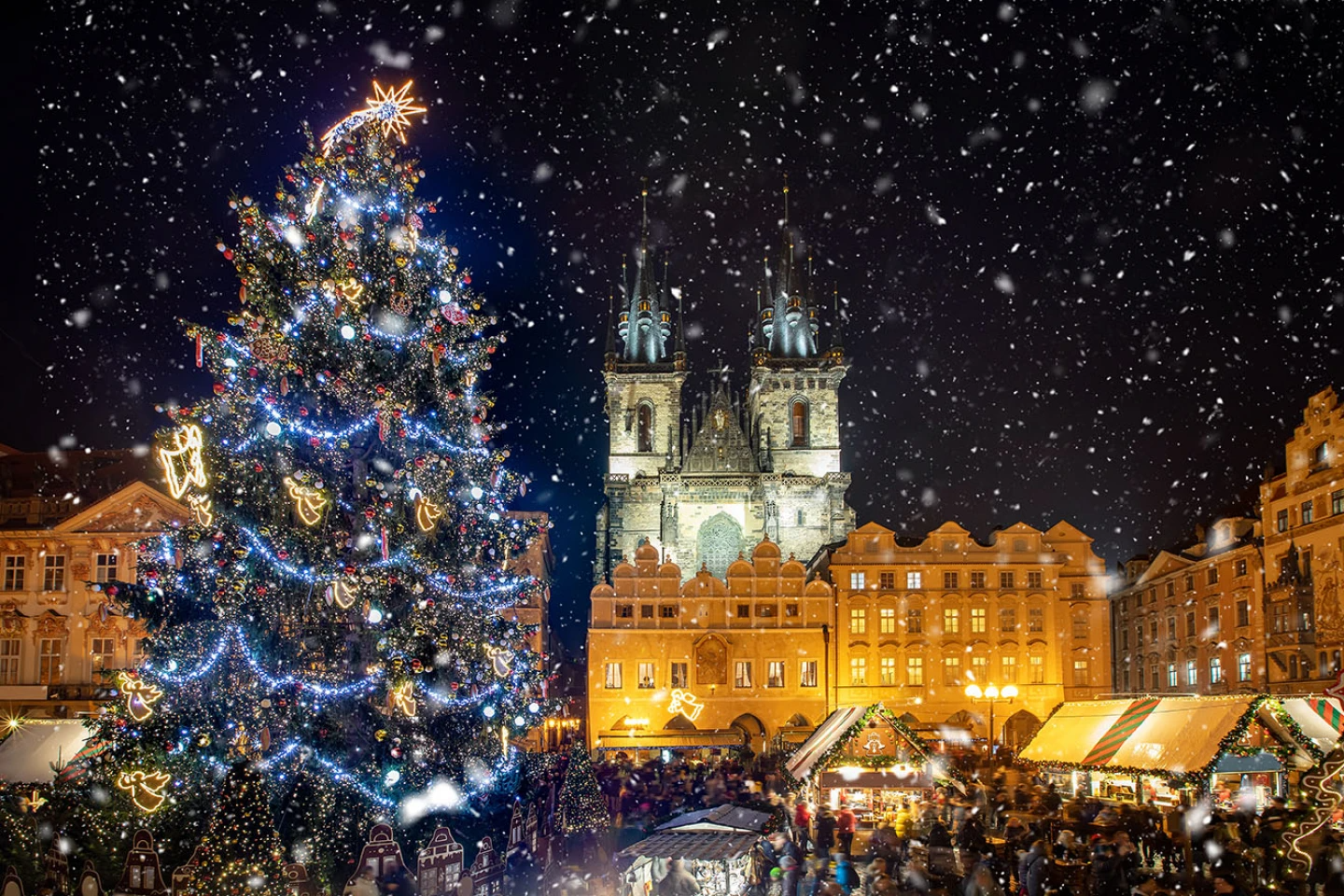
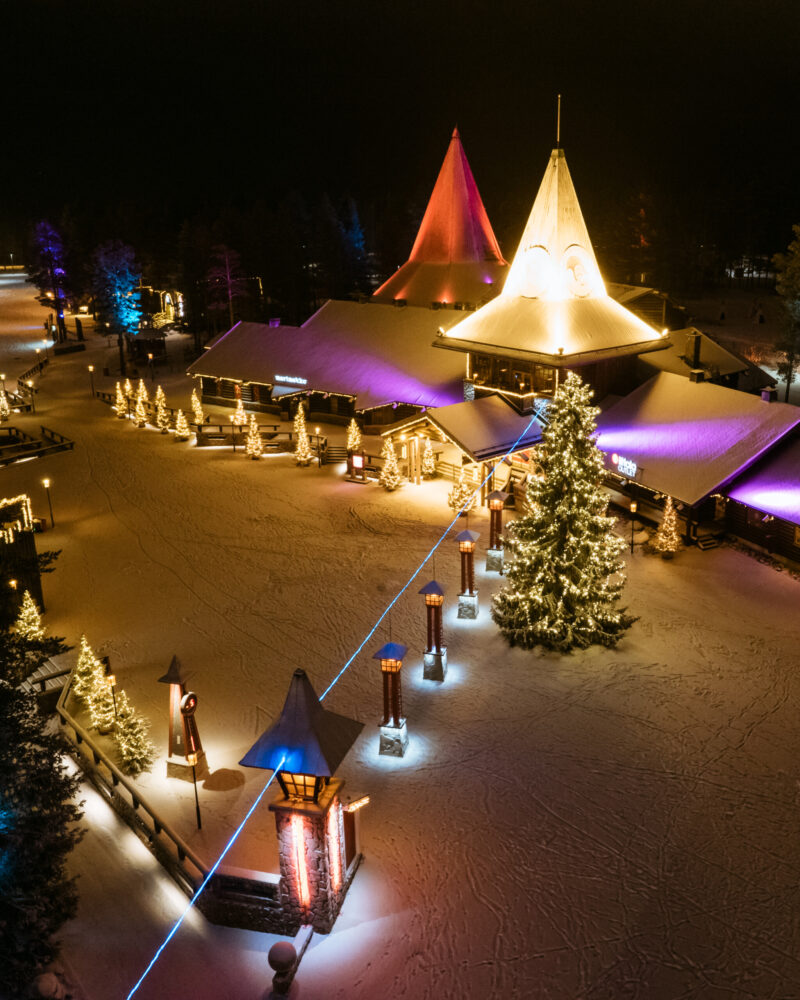
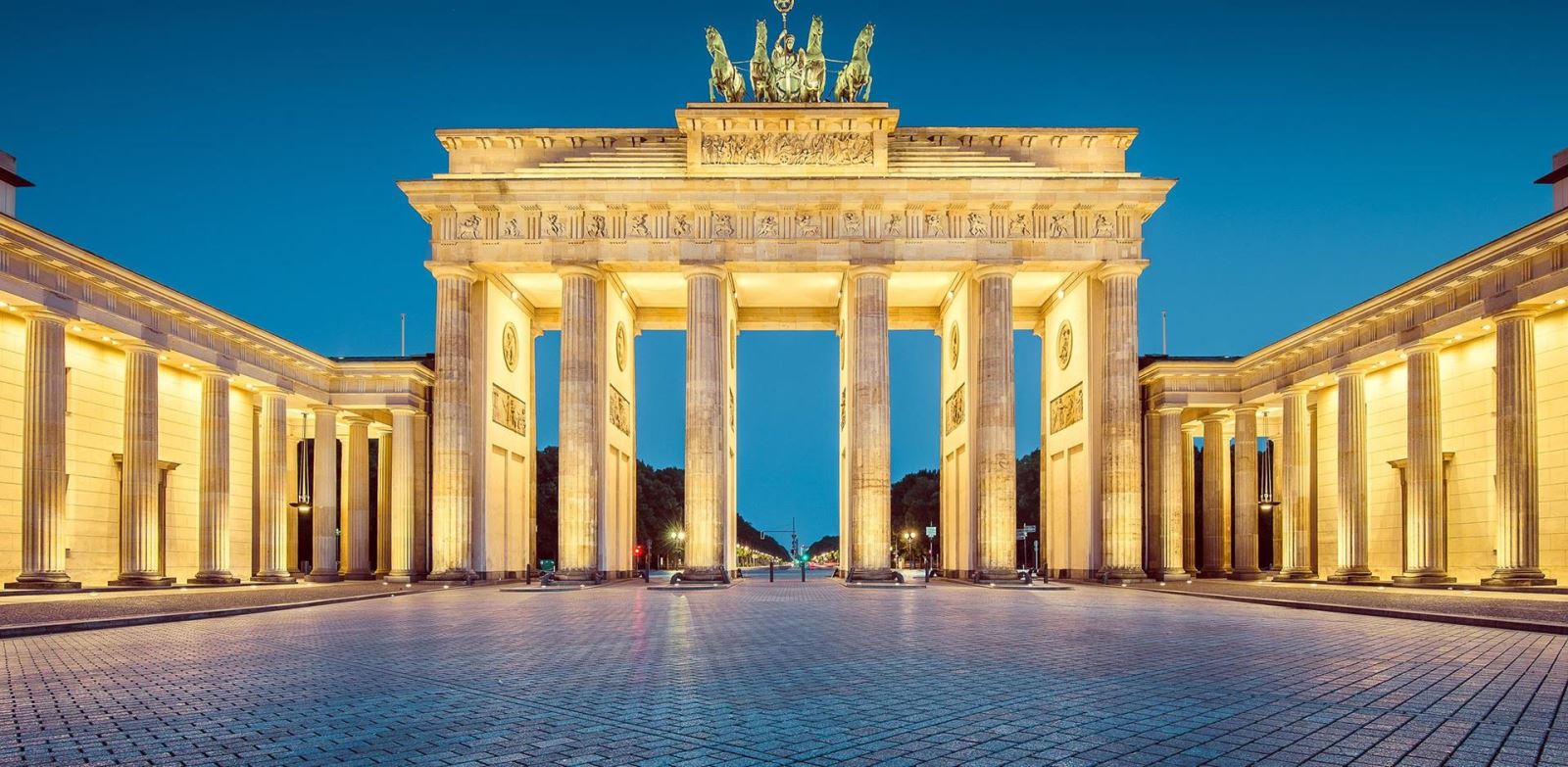
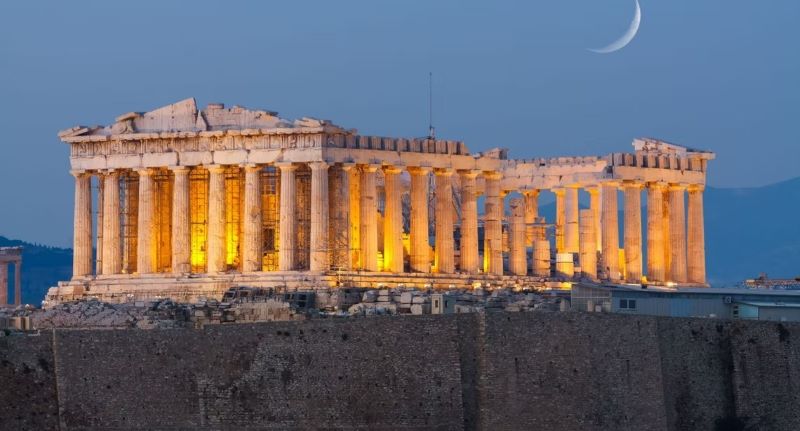

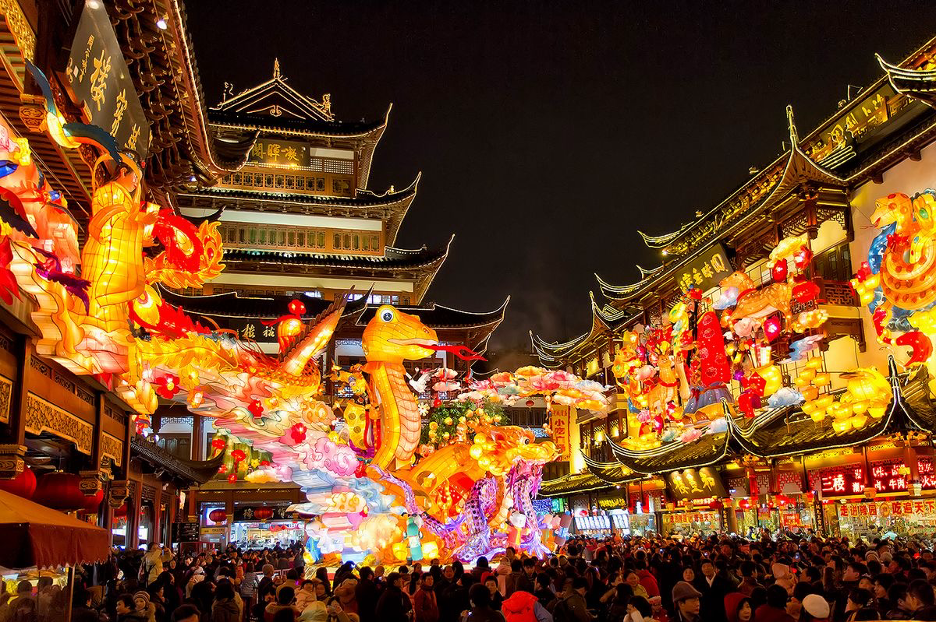

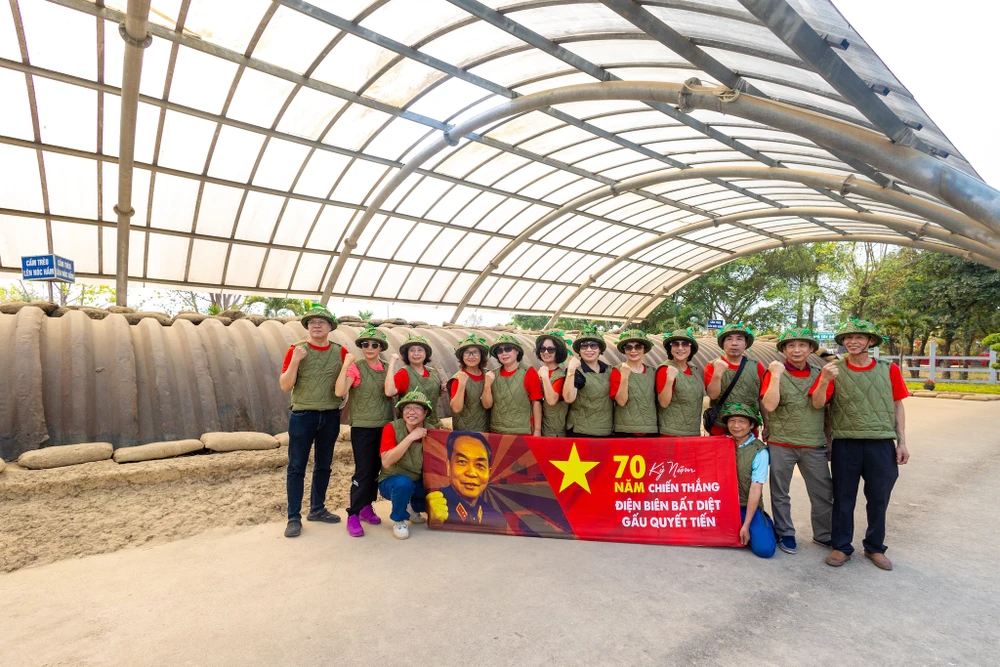
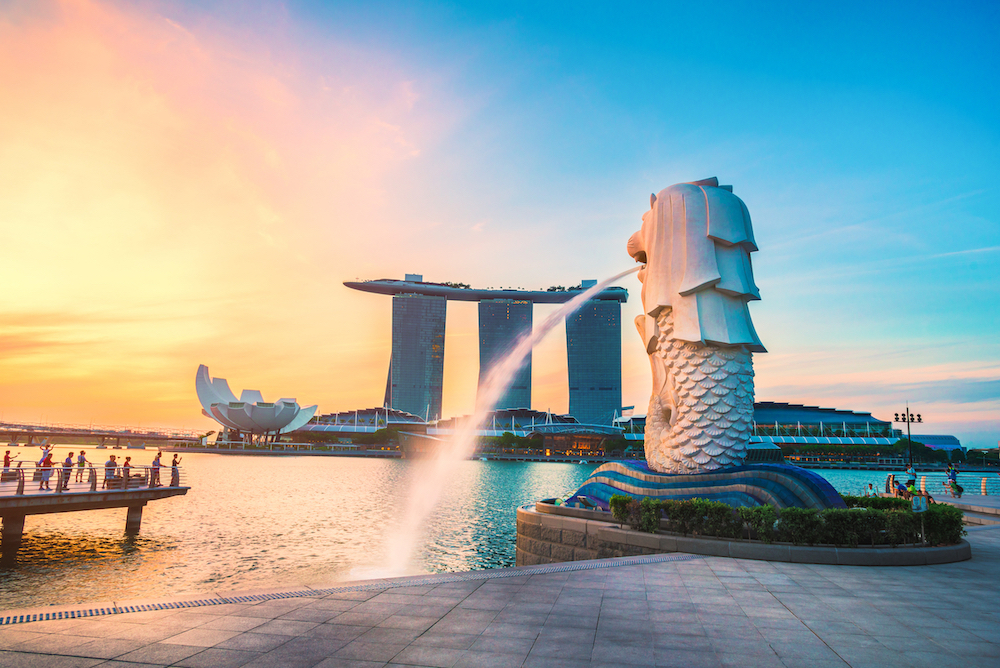
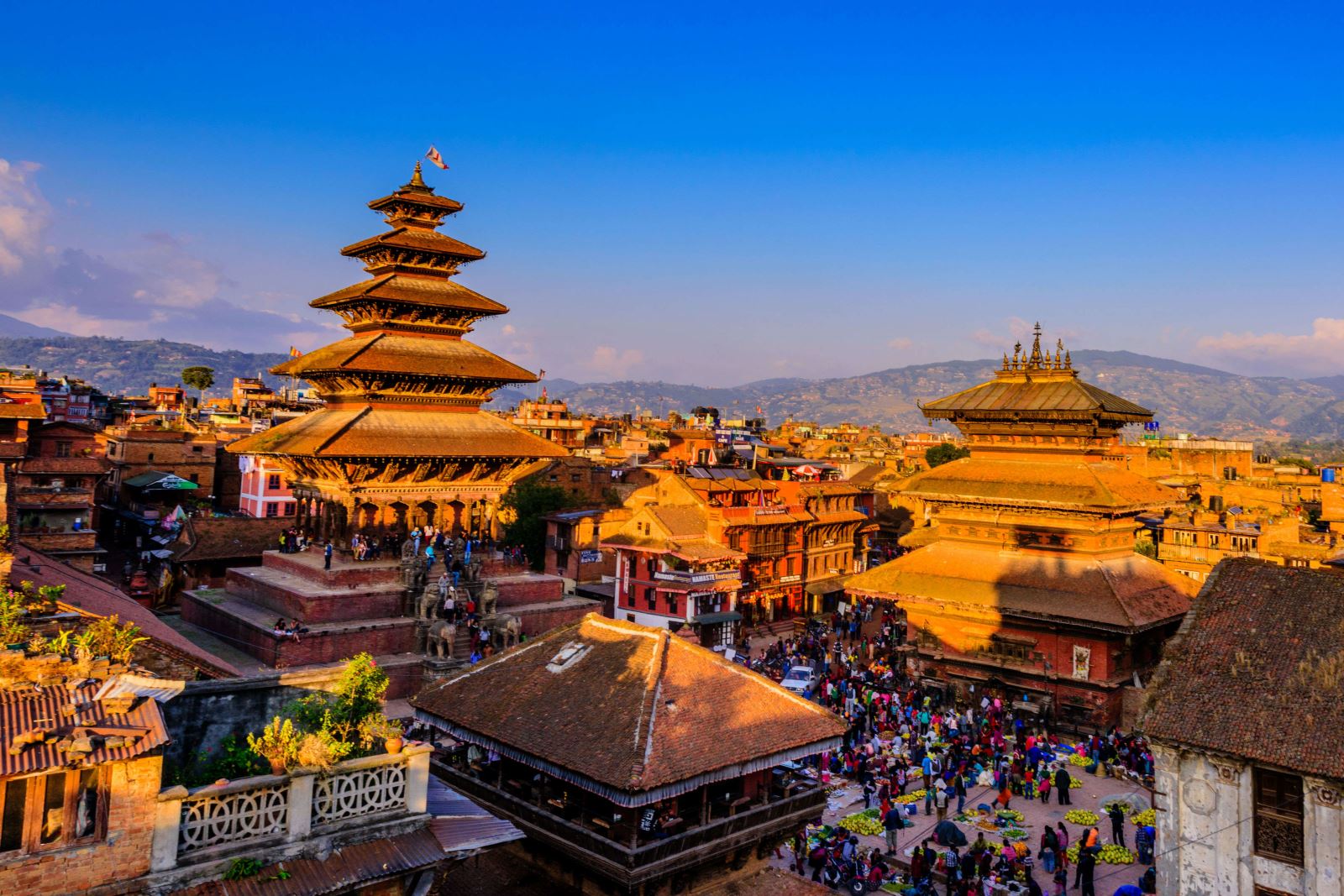


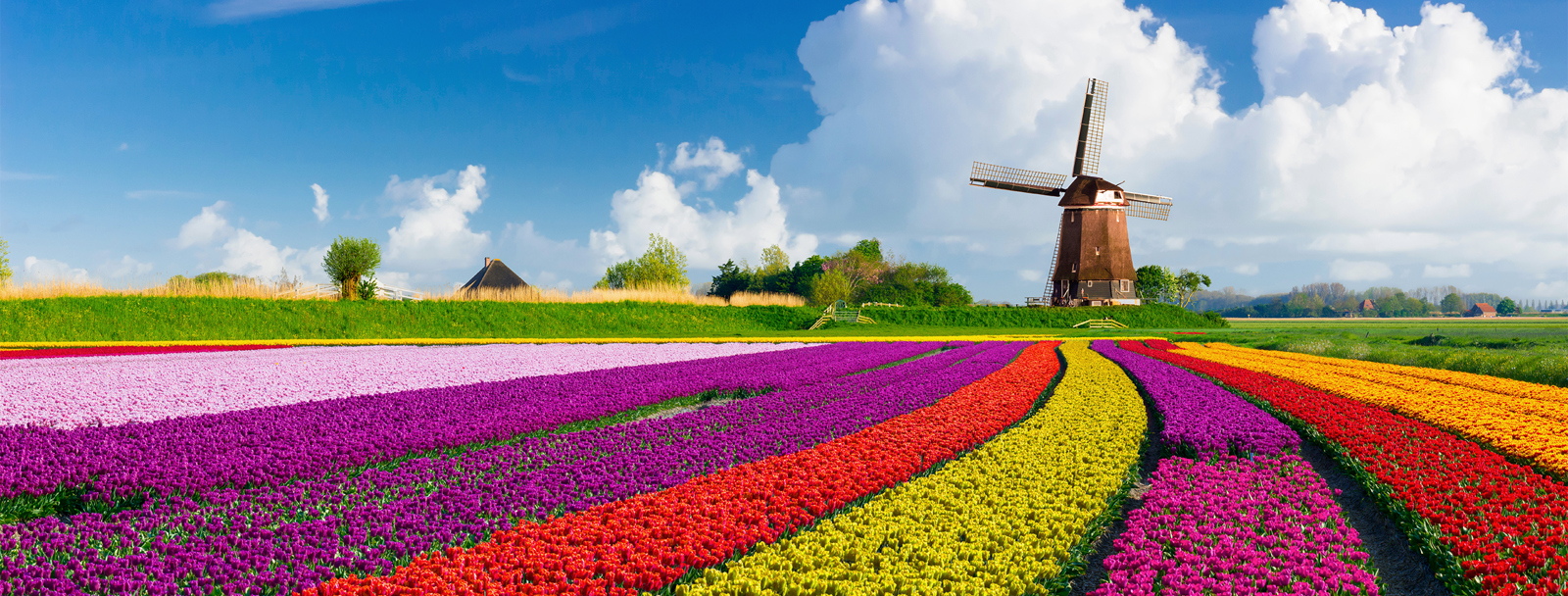
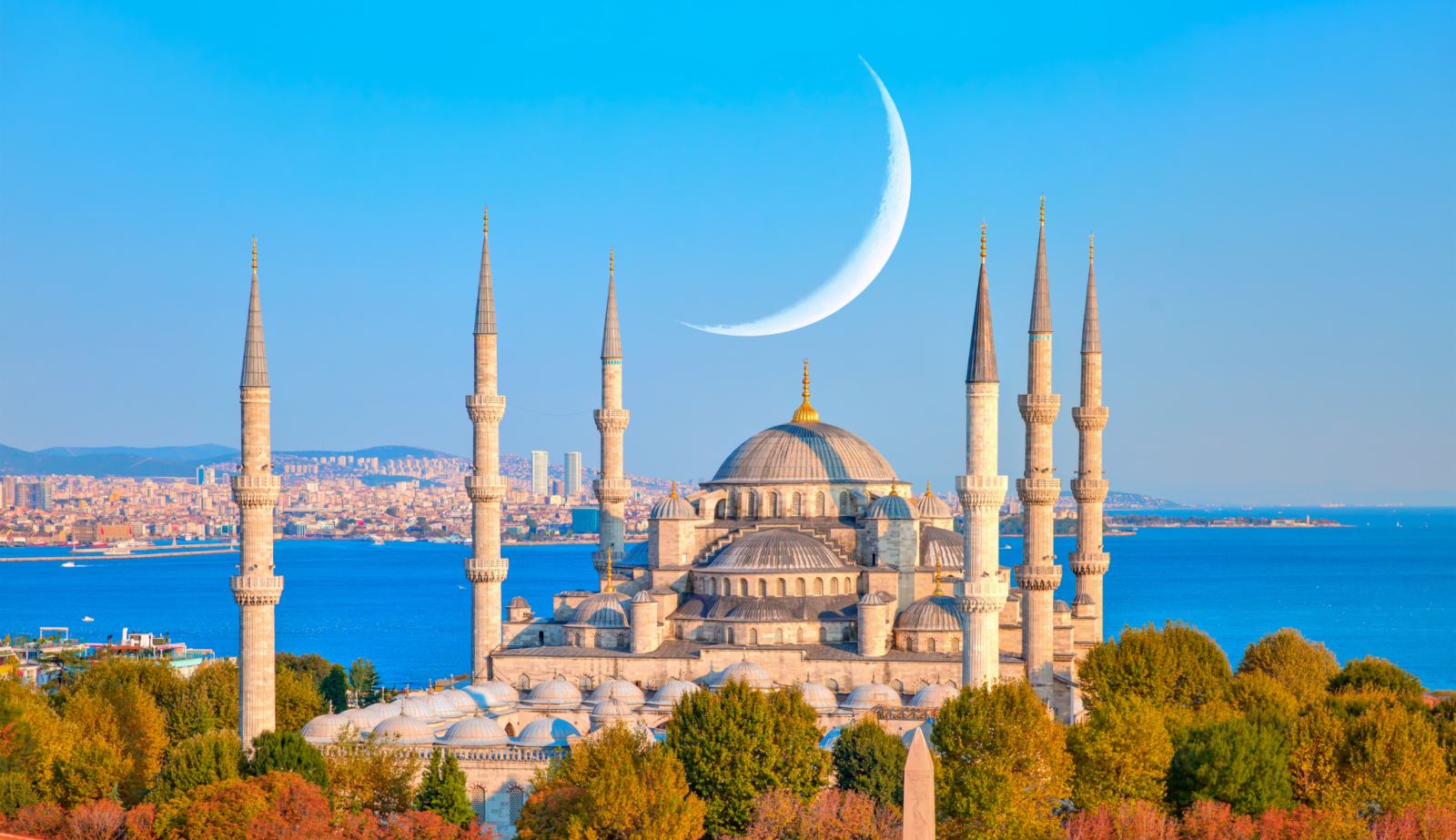


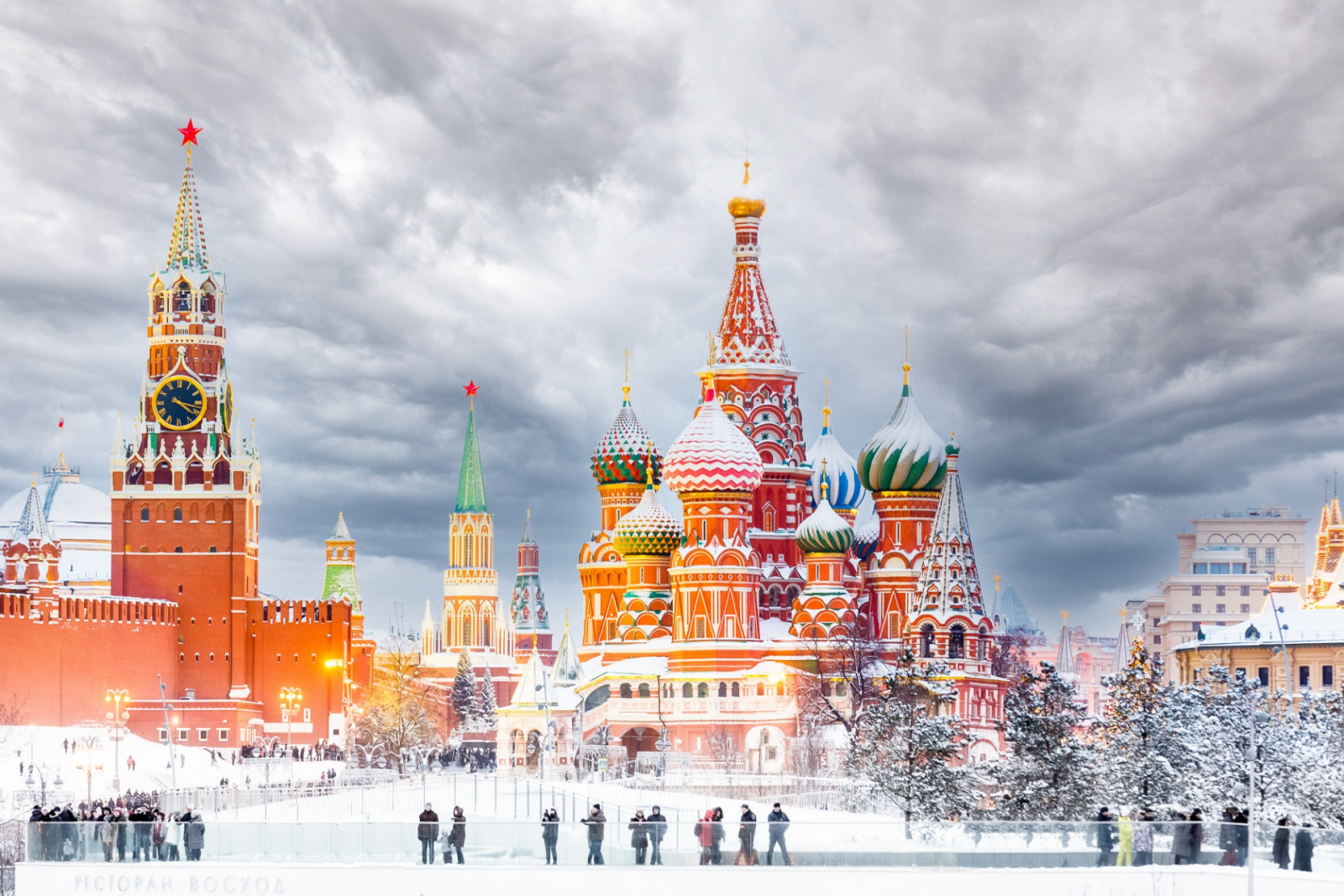

.jpg)



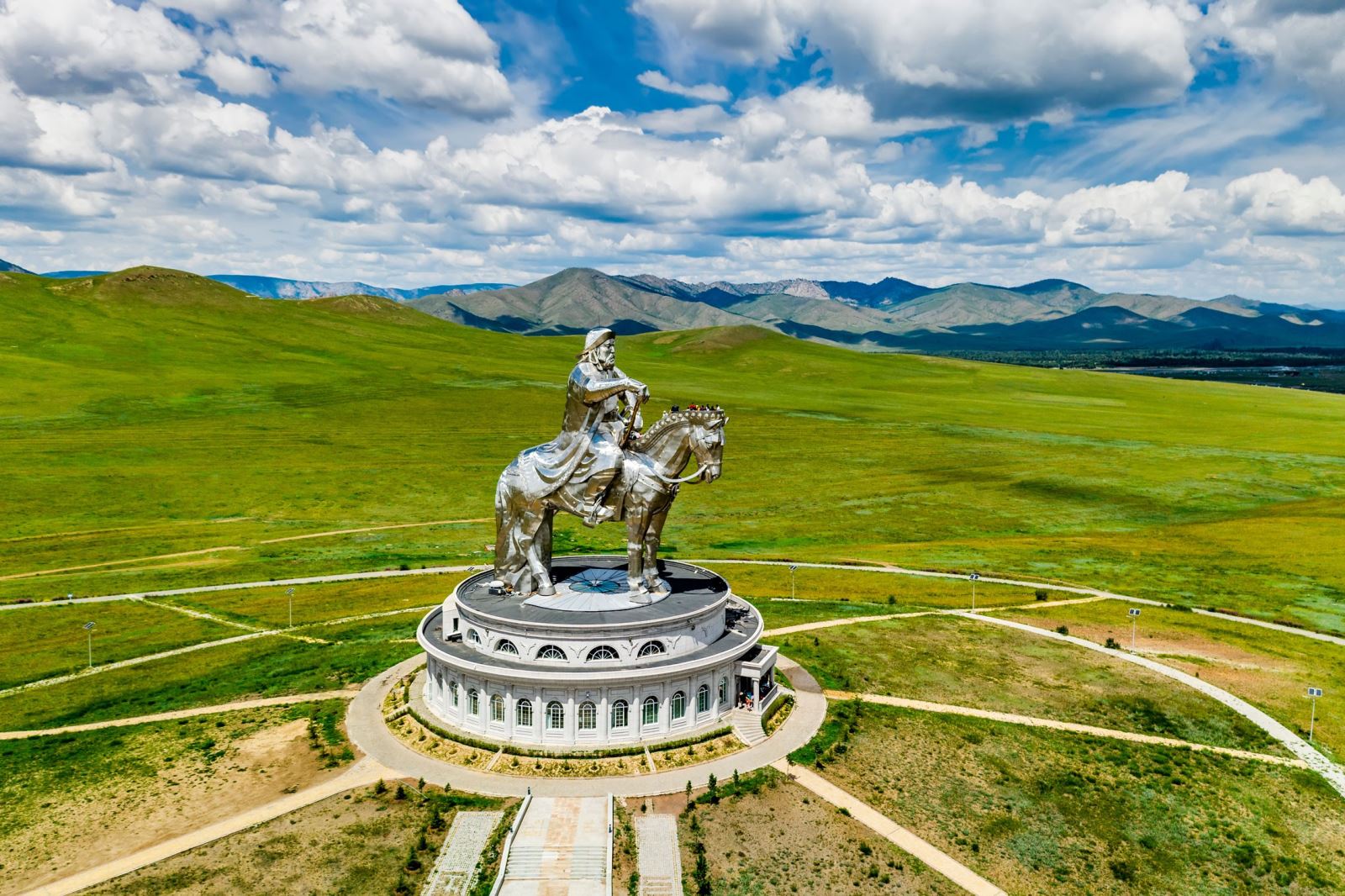
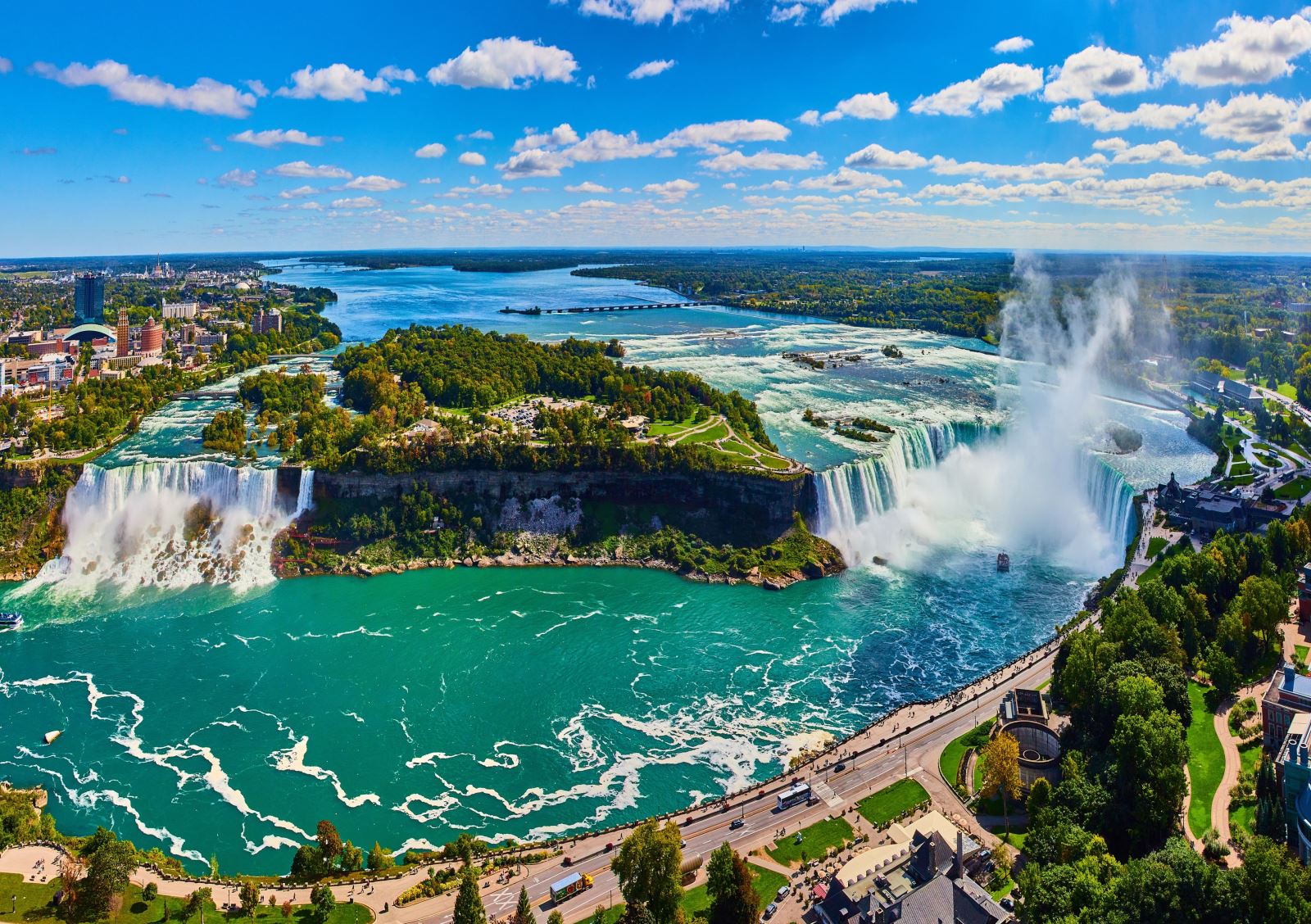
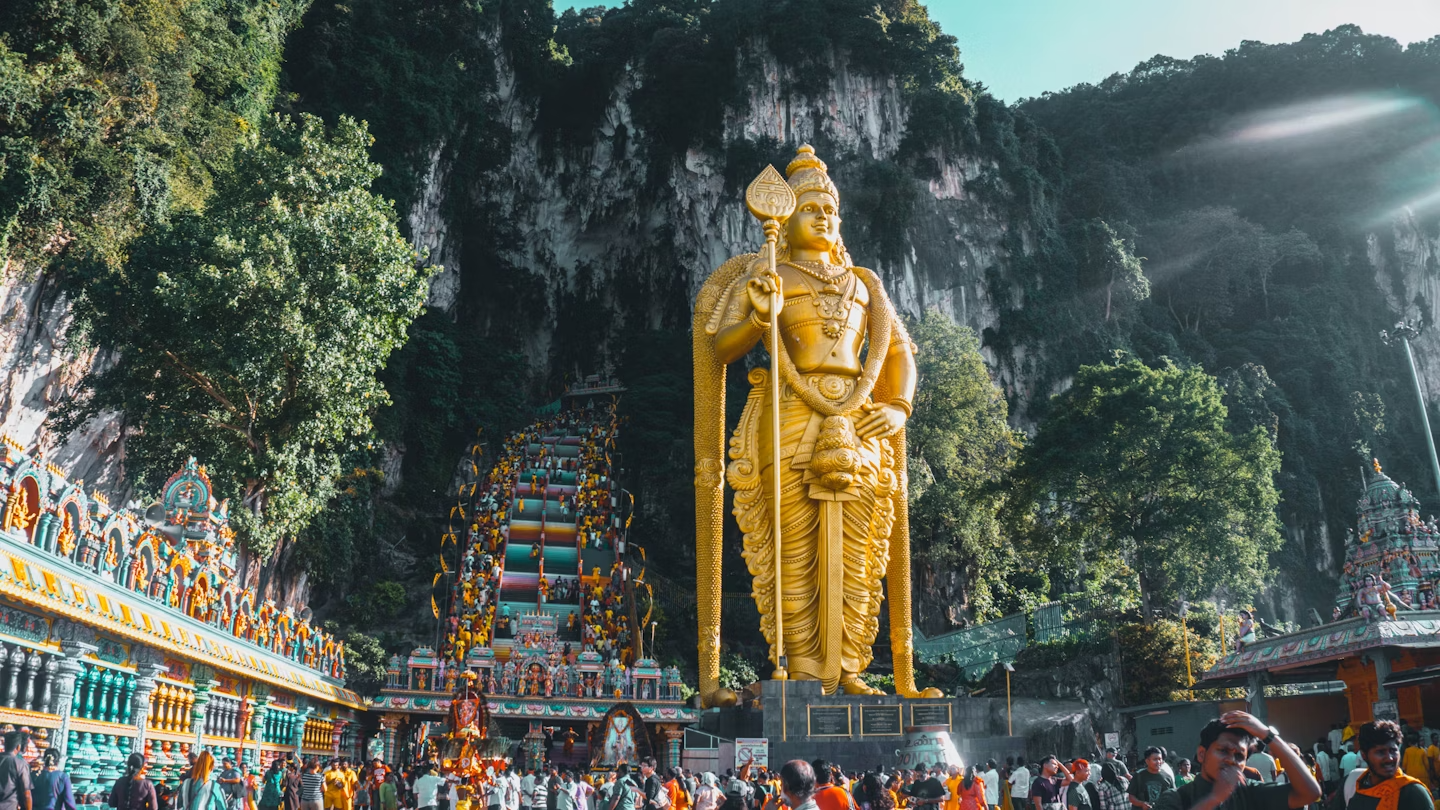
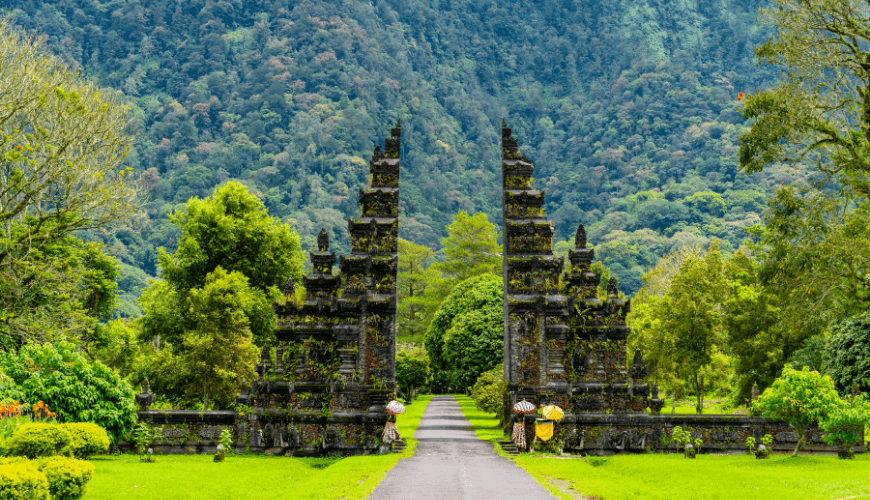
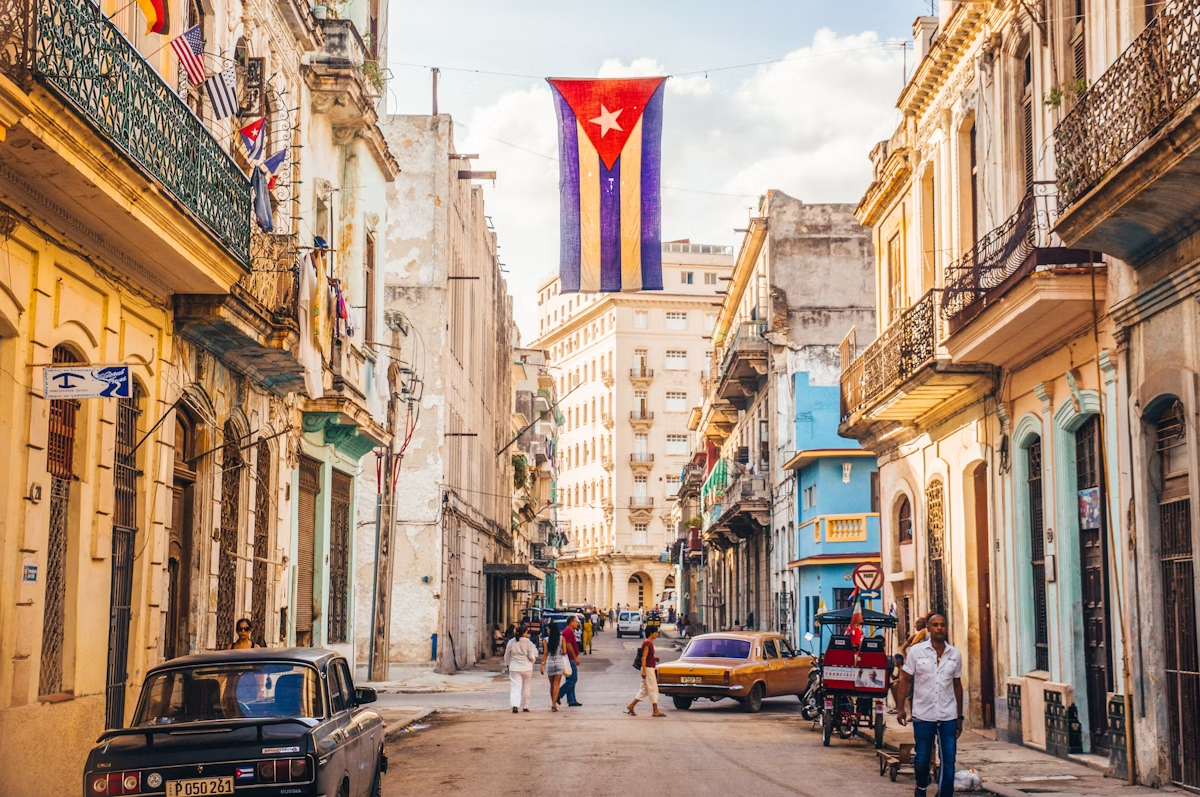
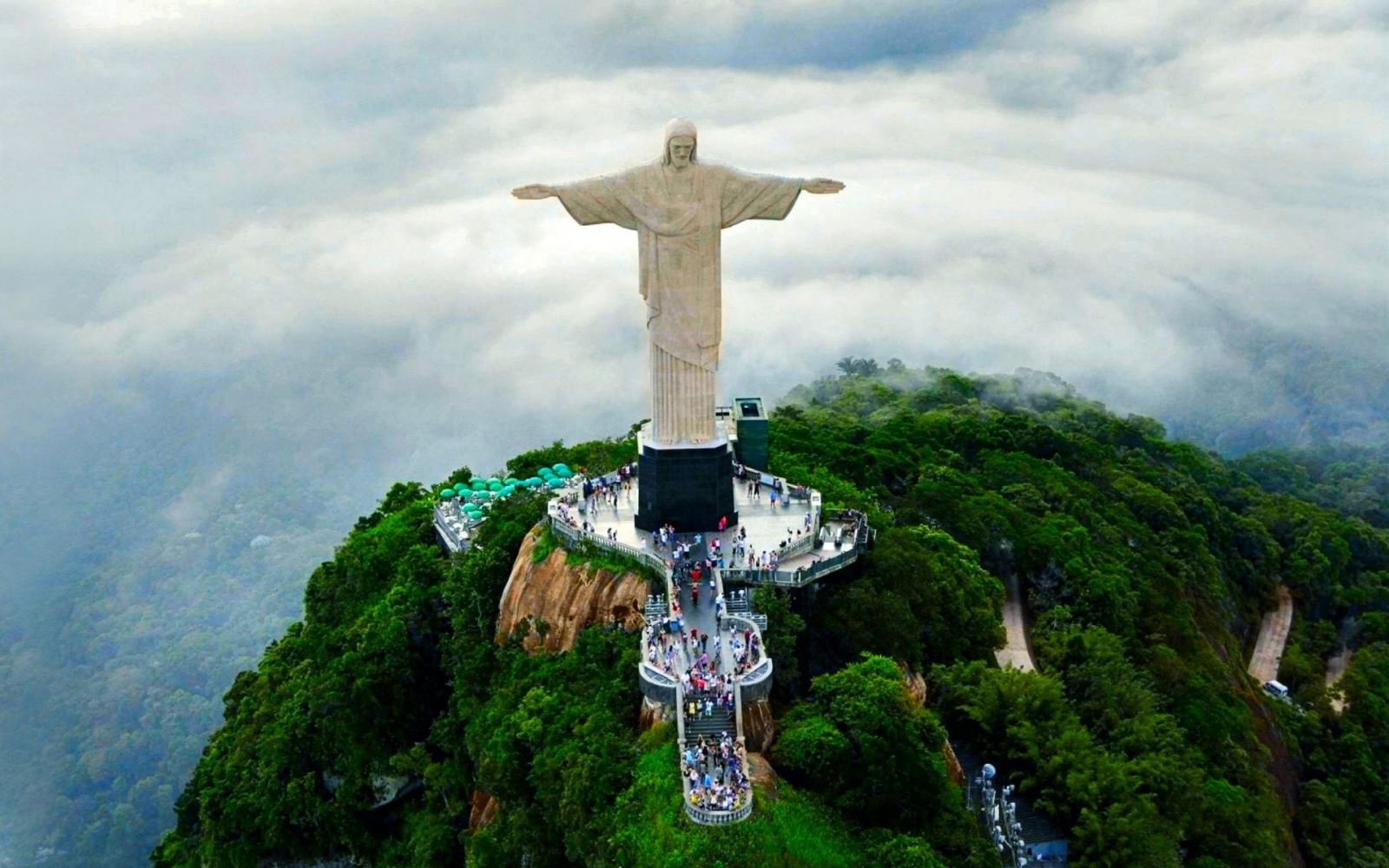
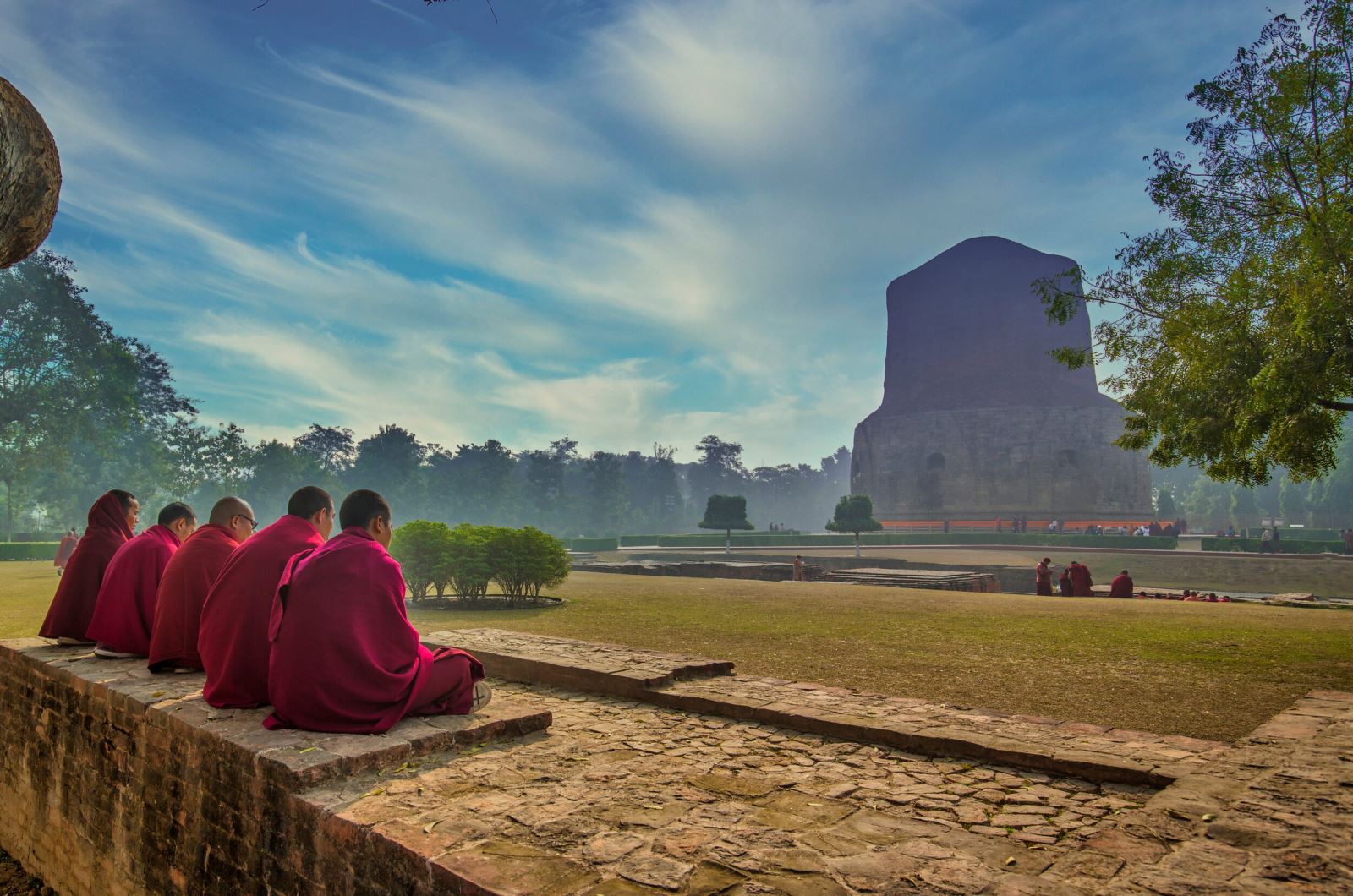



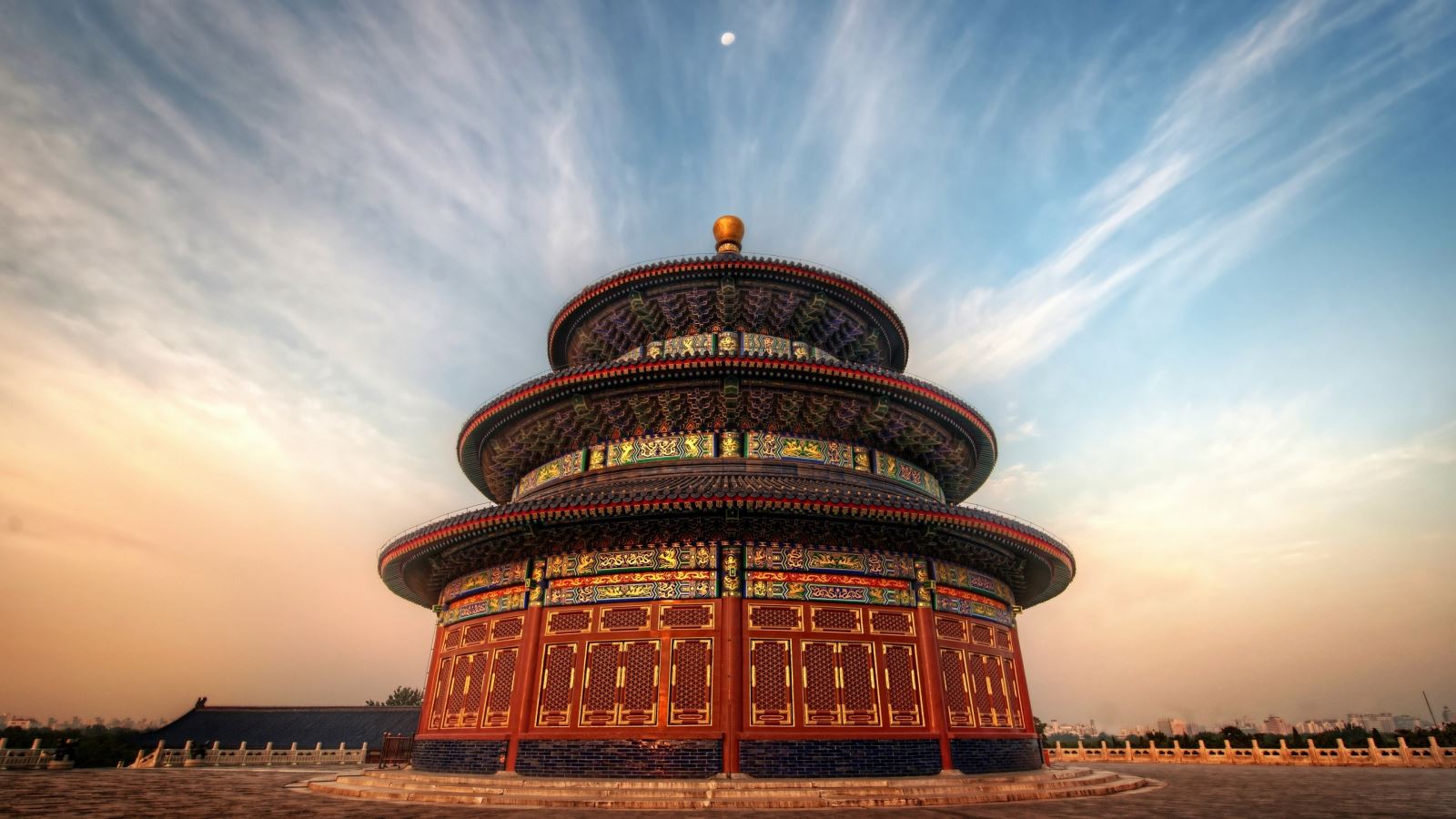
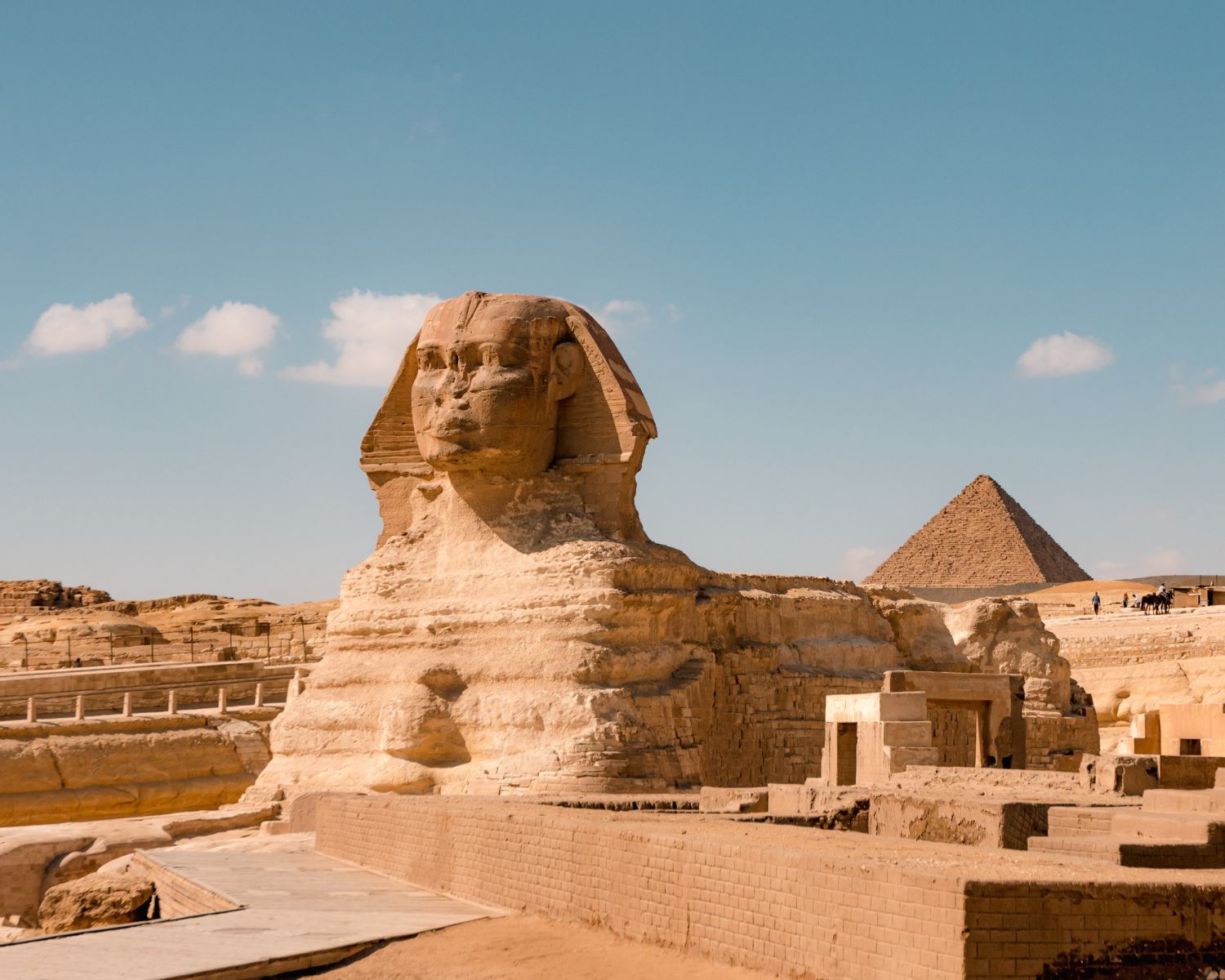
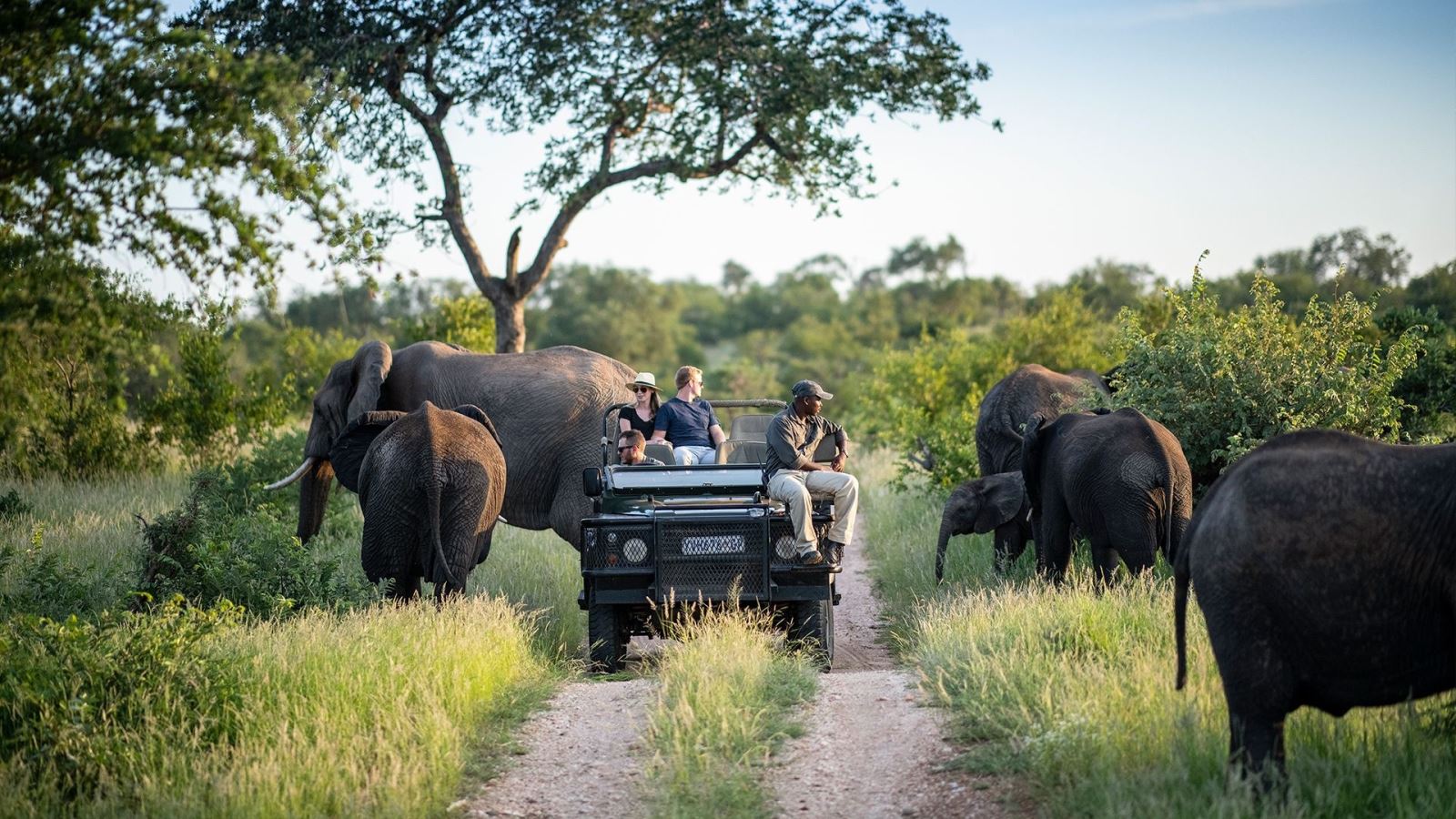
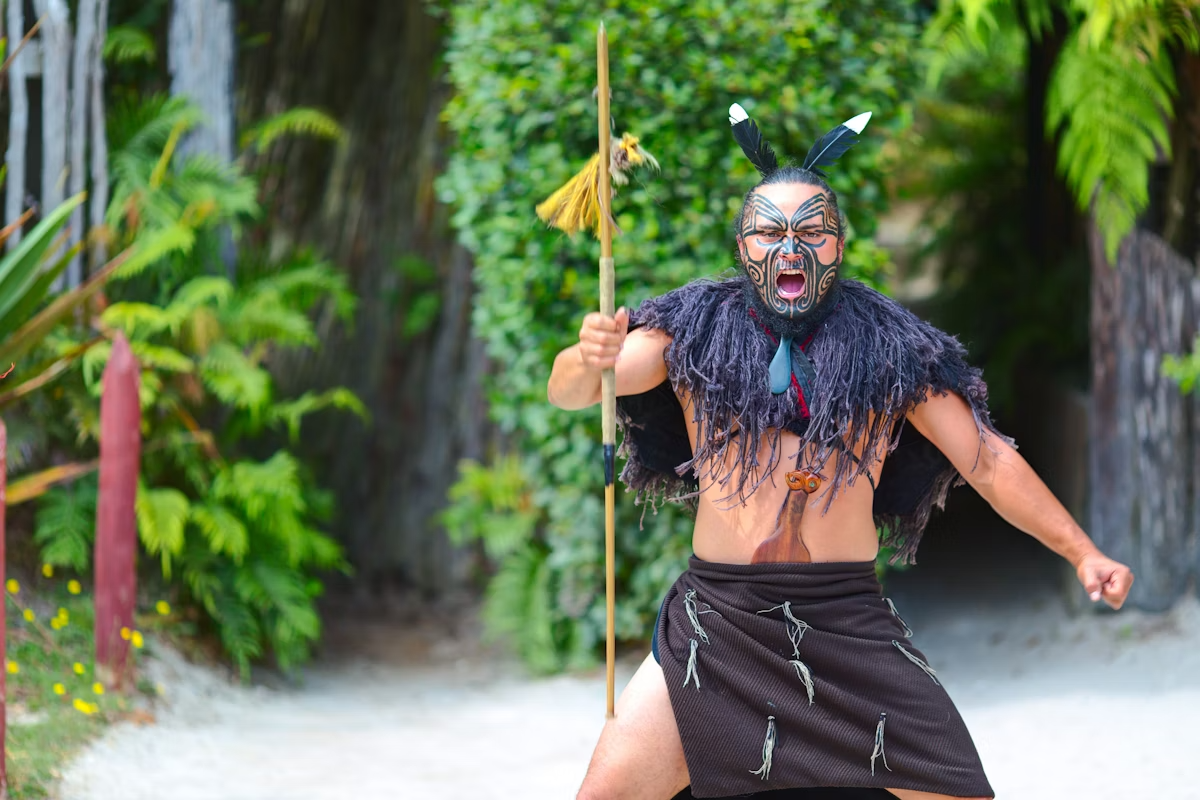


.png)
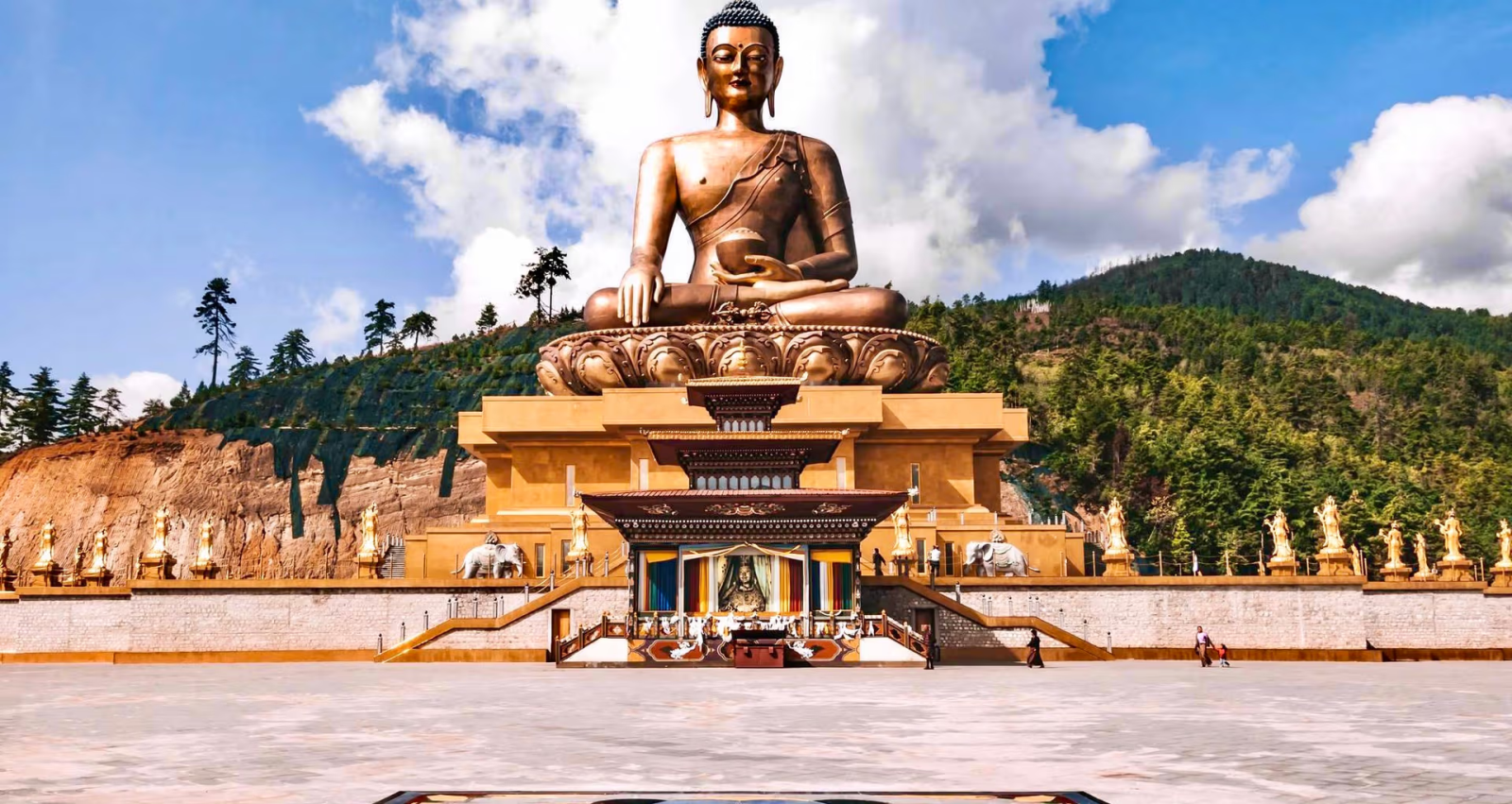

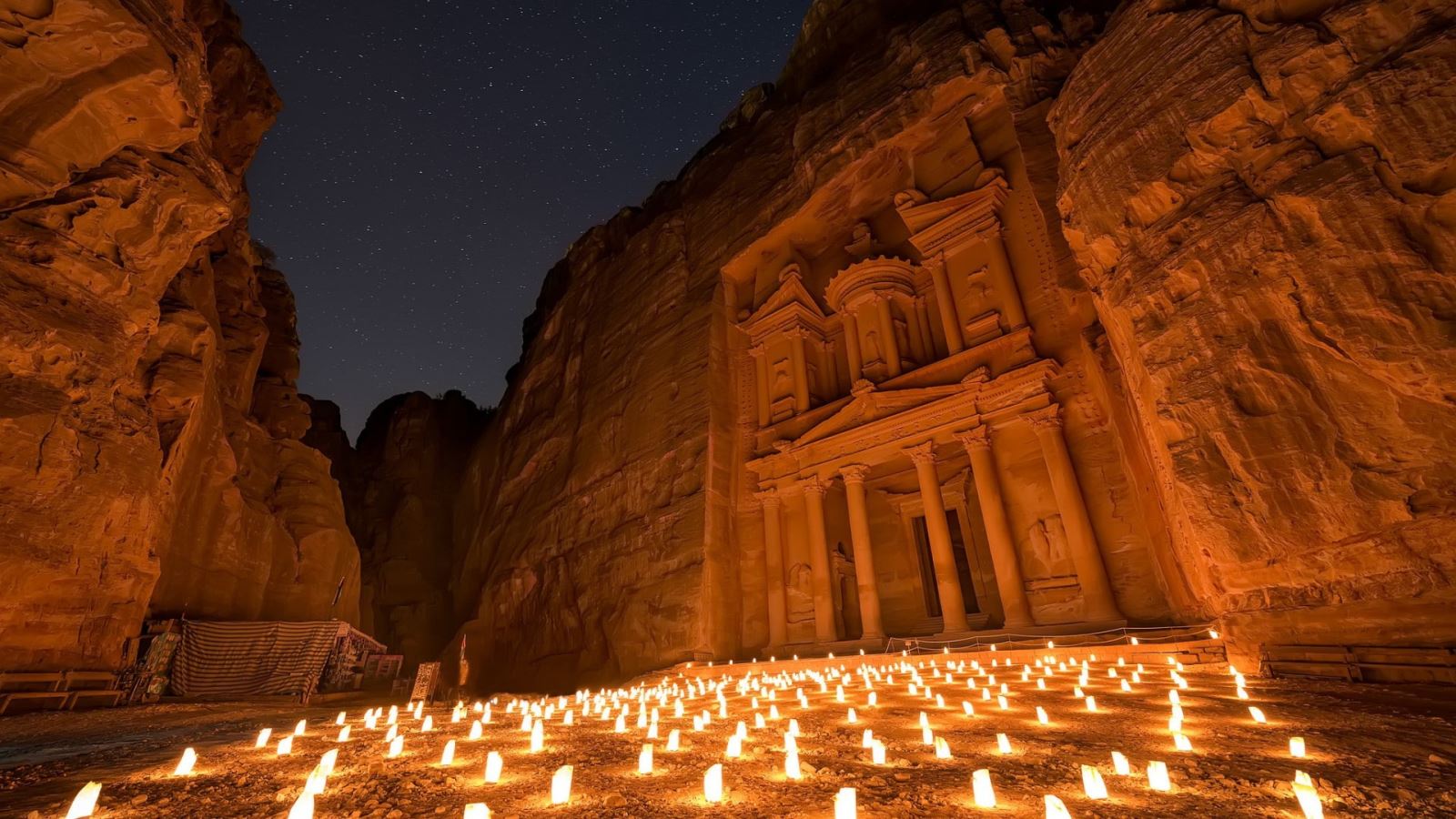

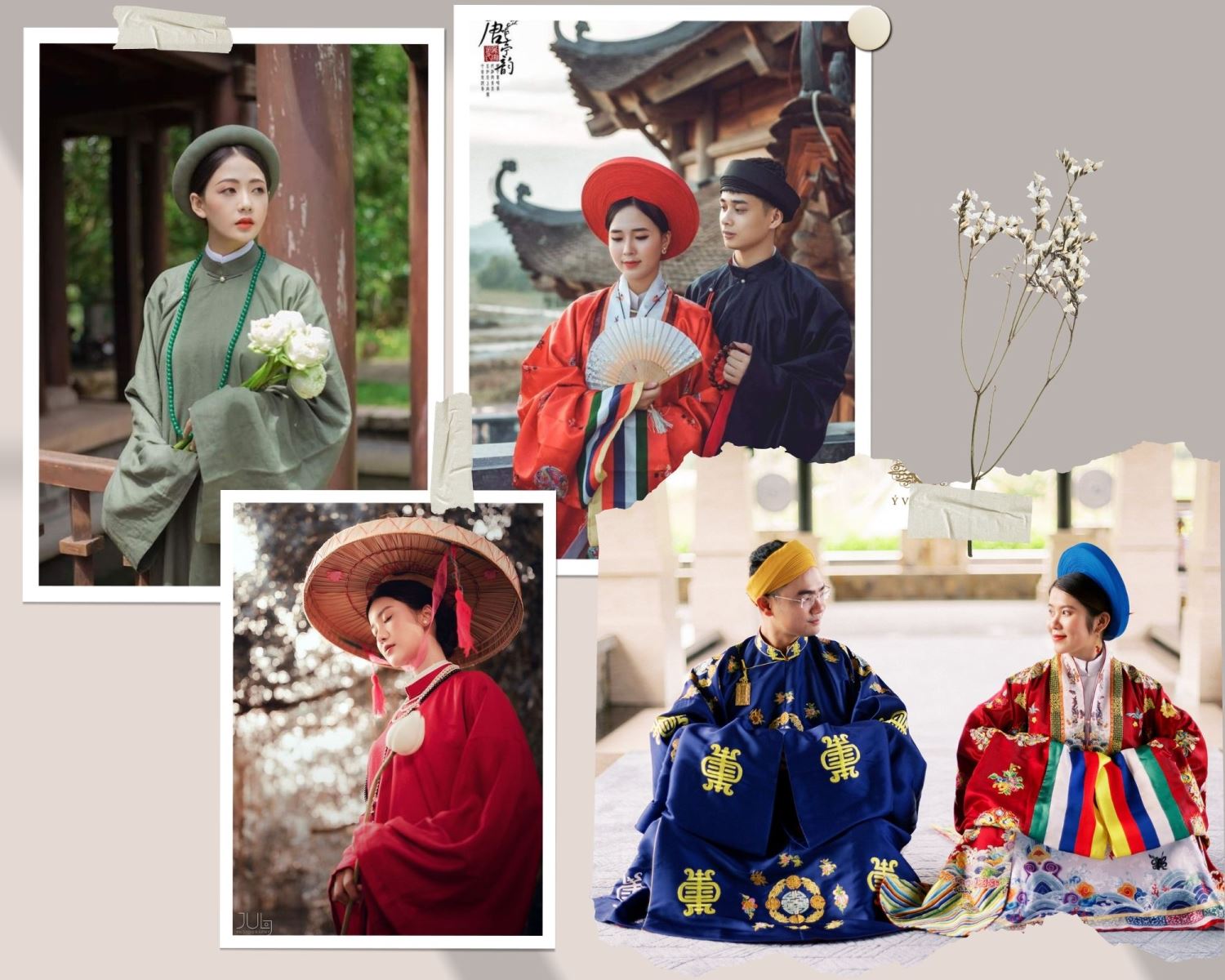



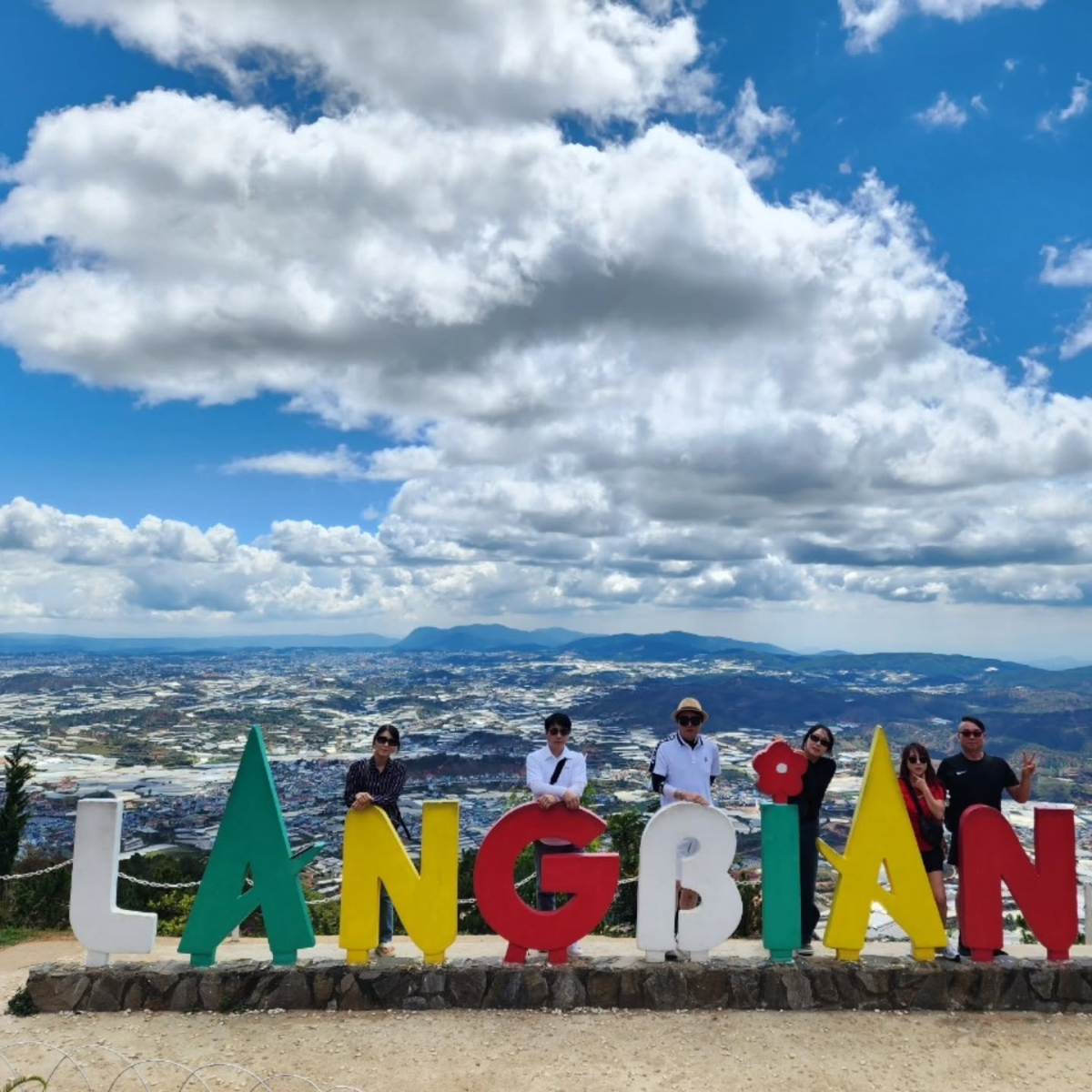


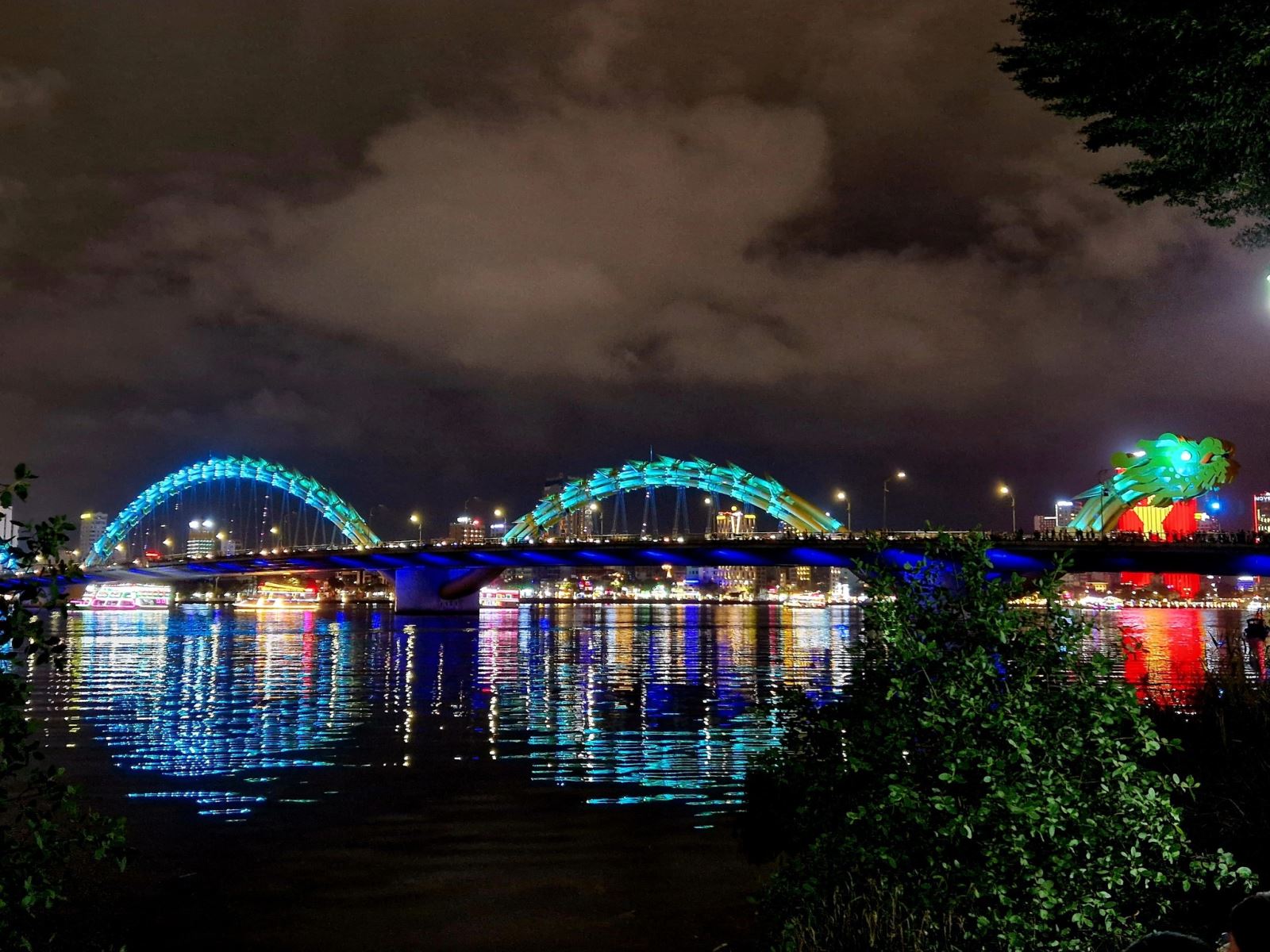

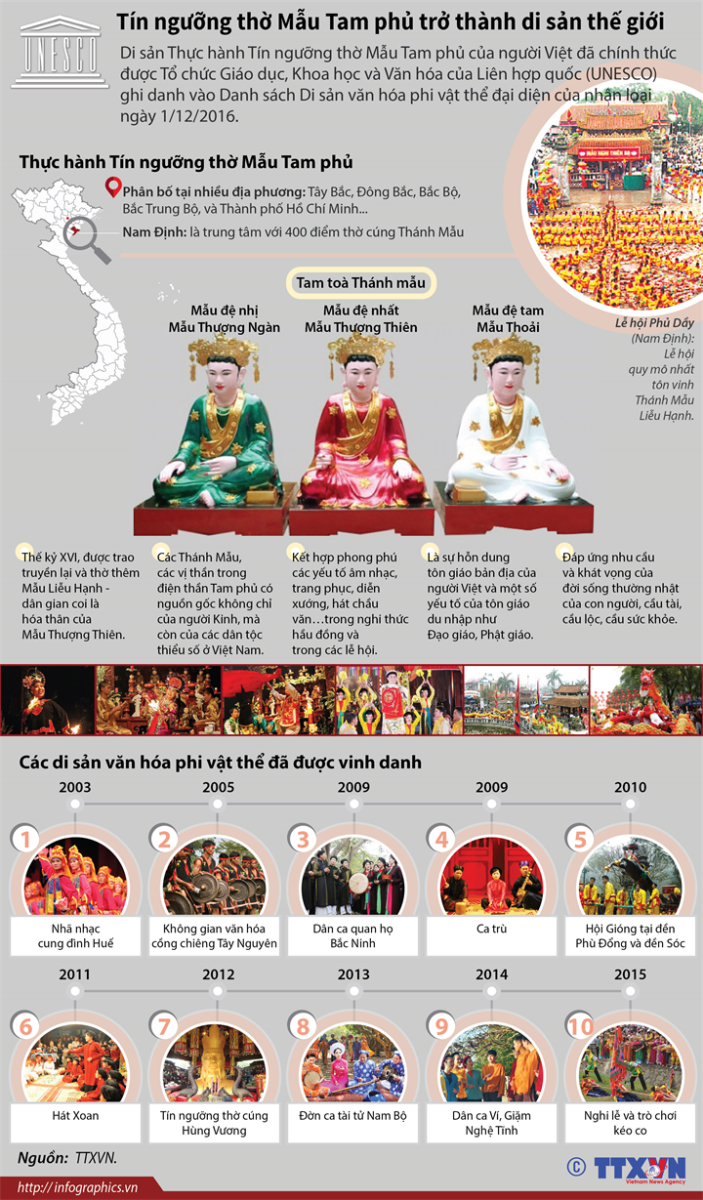
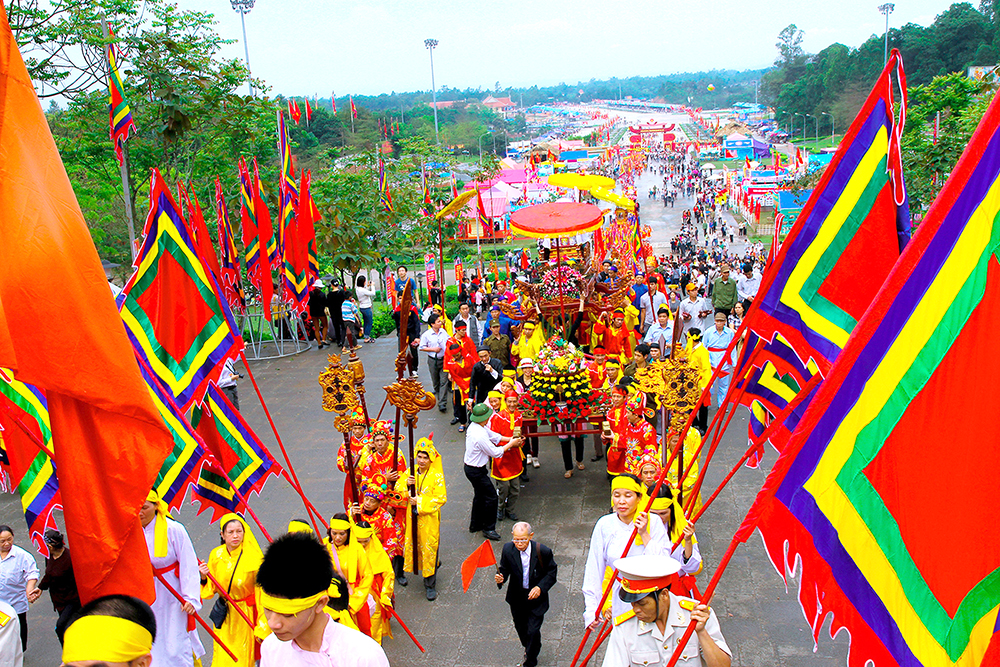
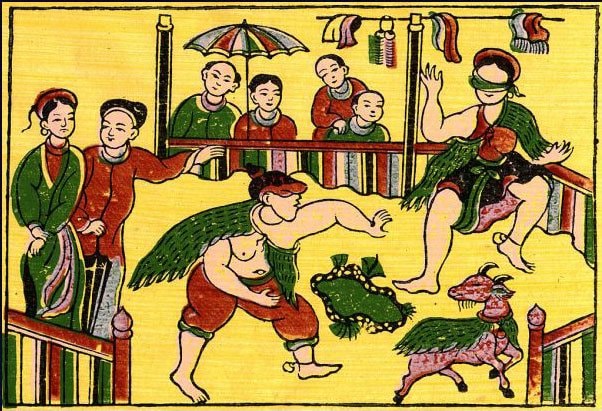
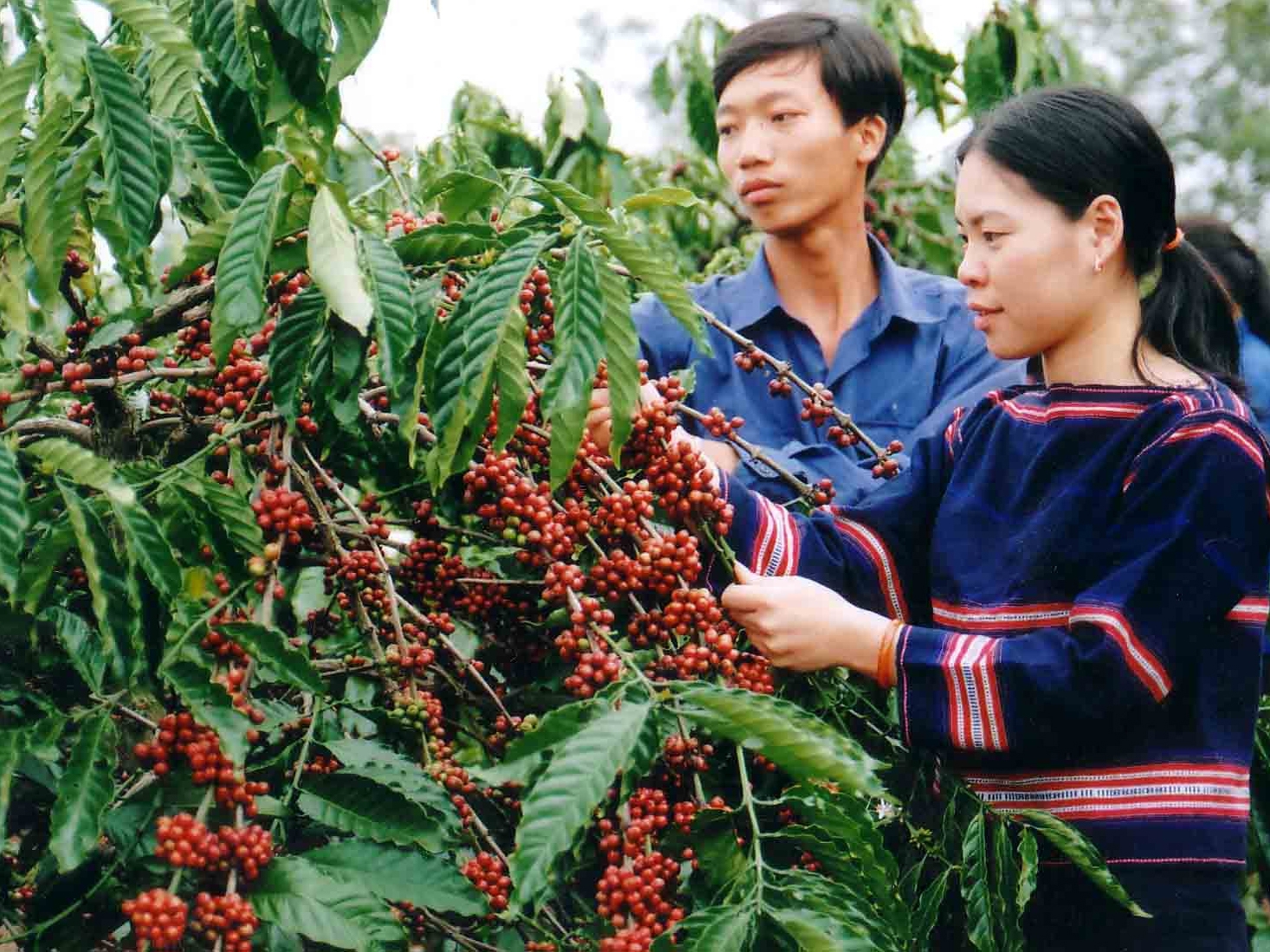

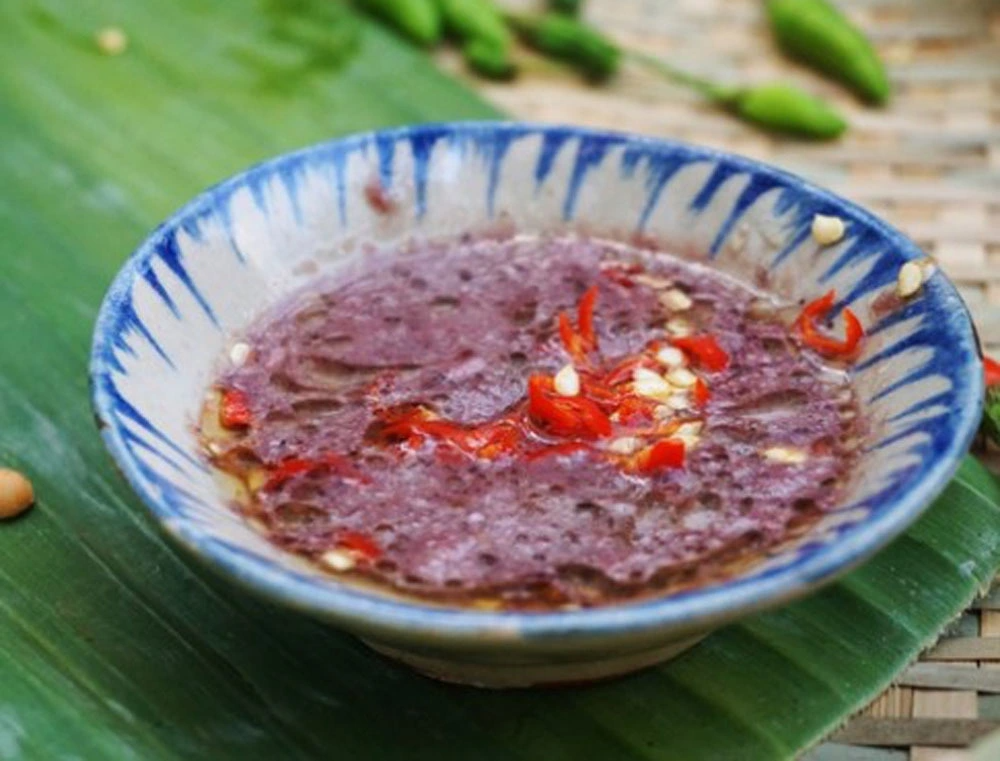
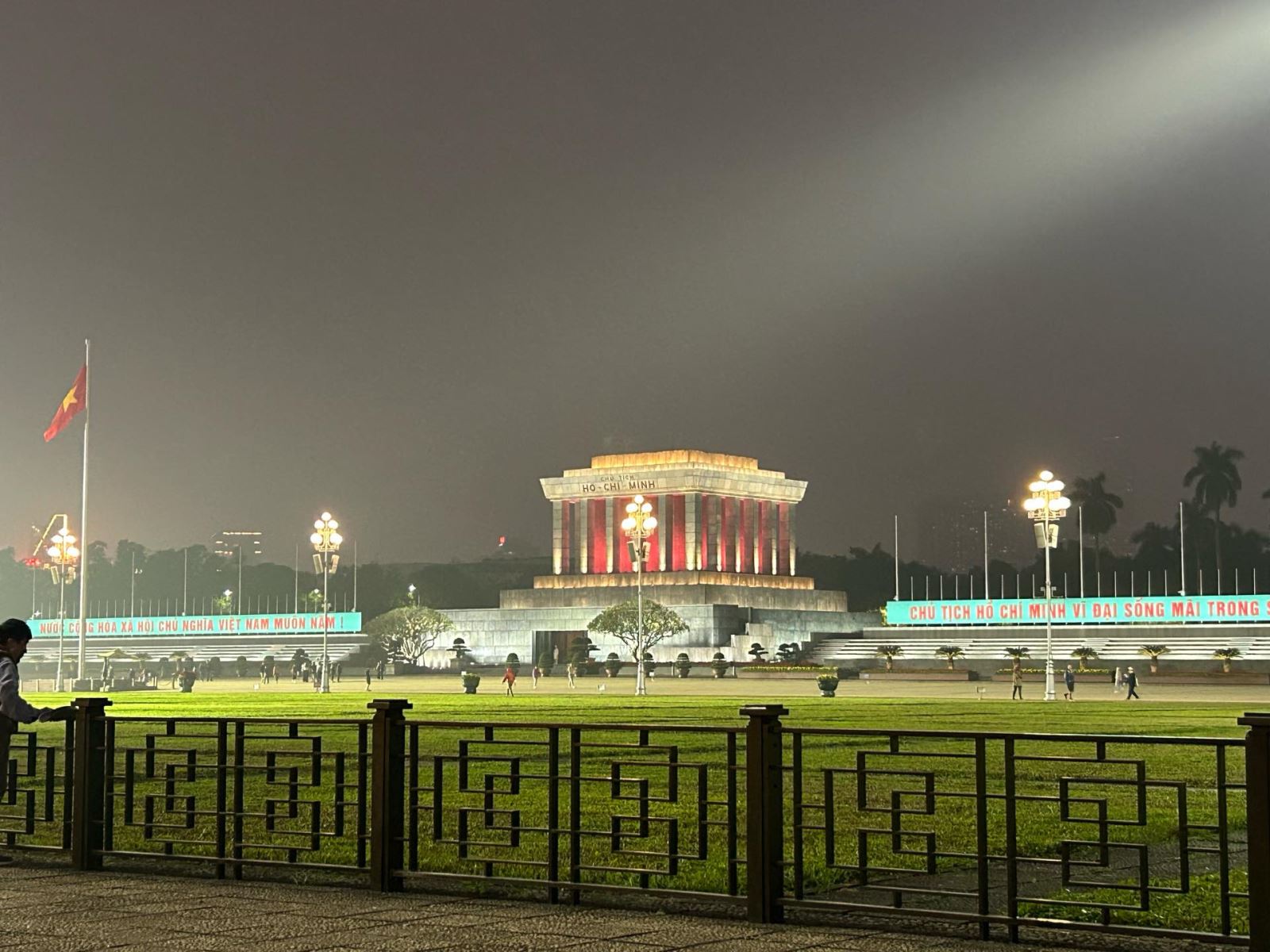
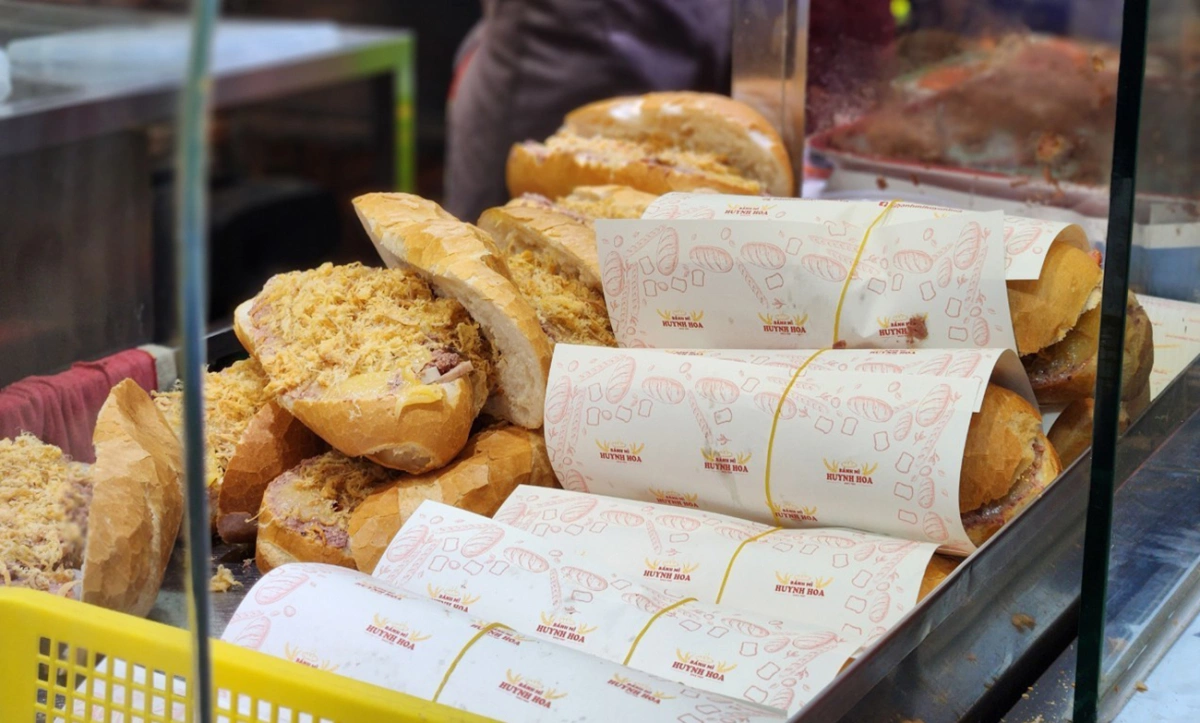
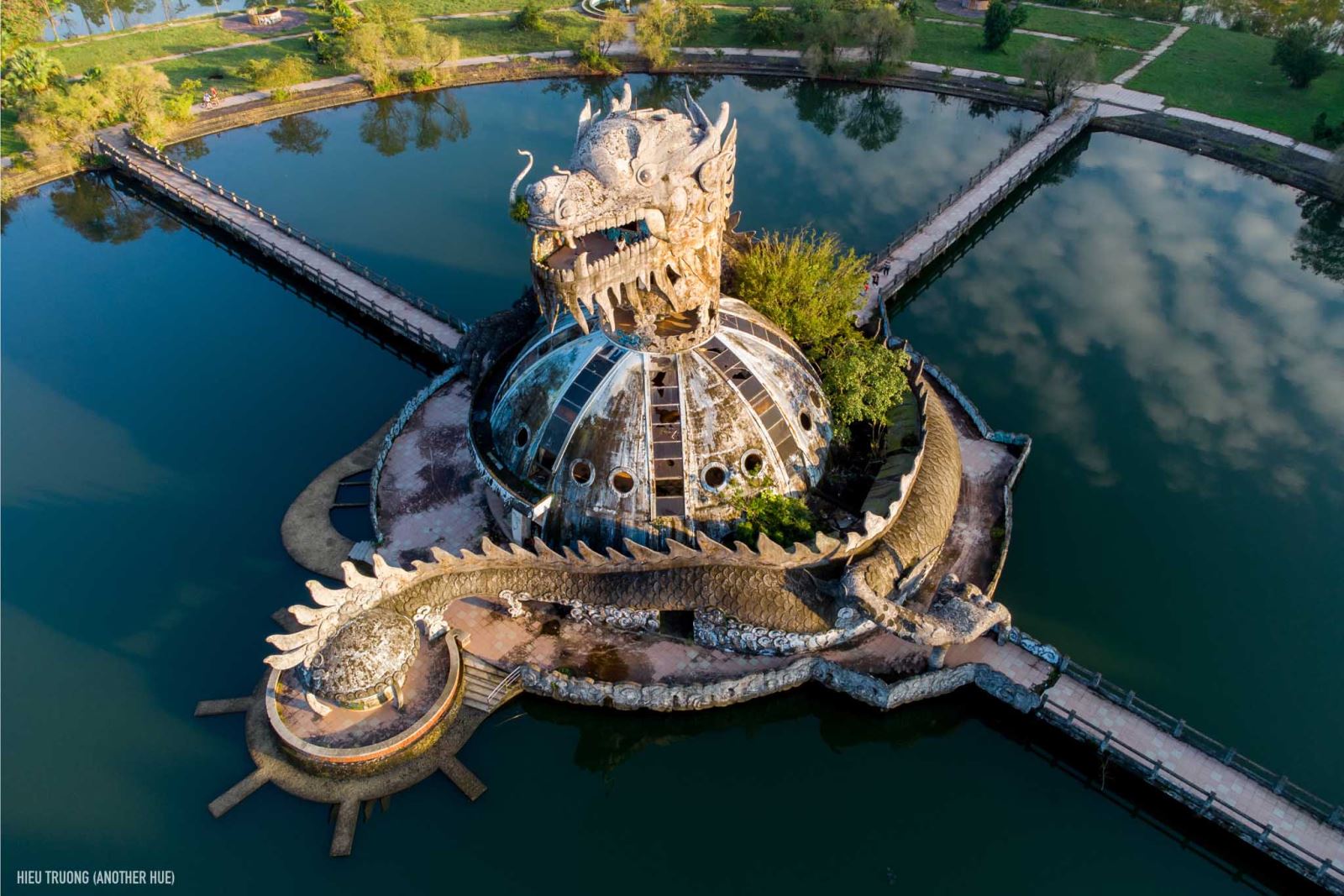
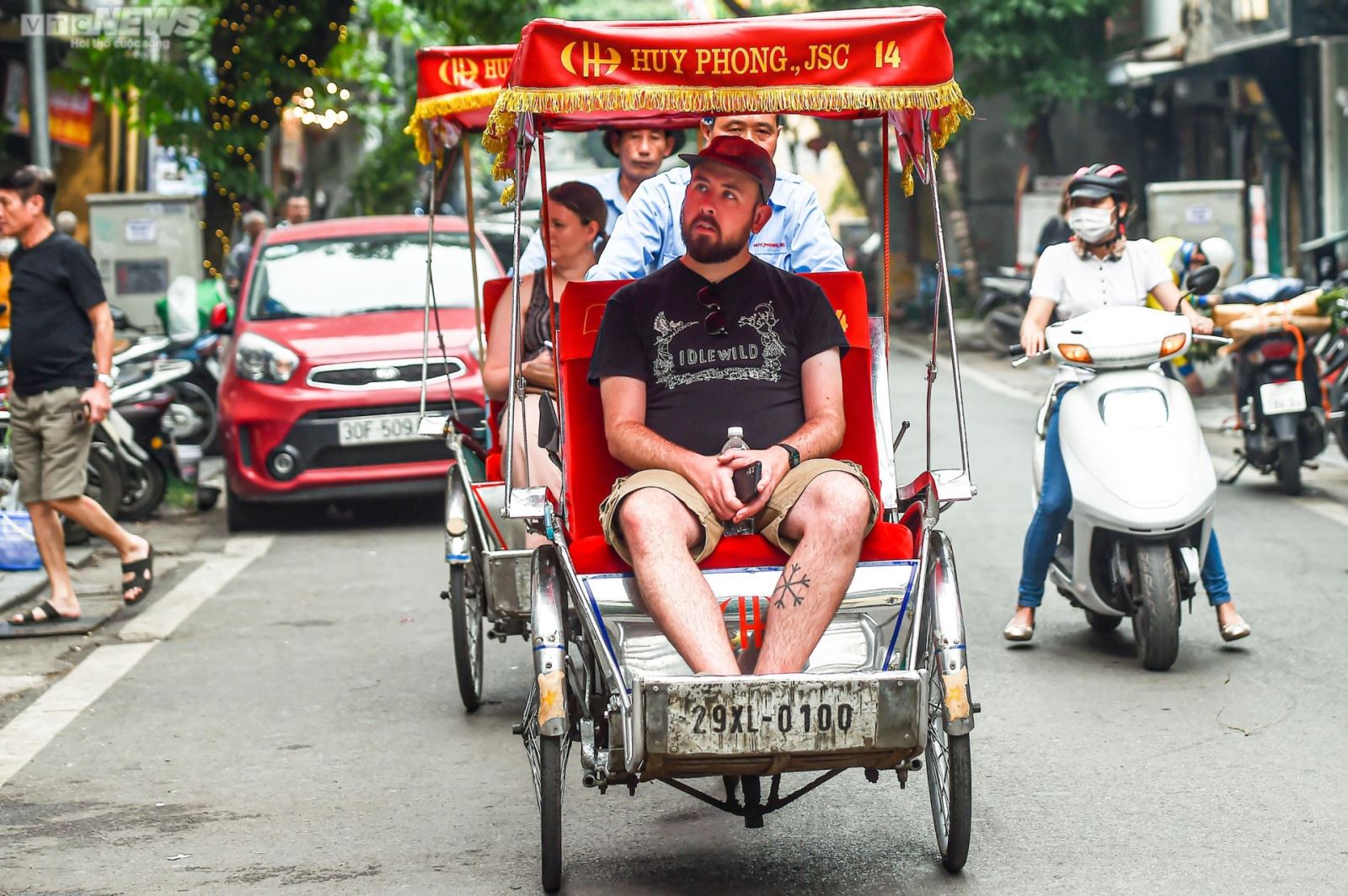
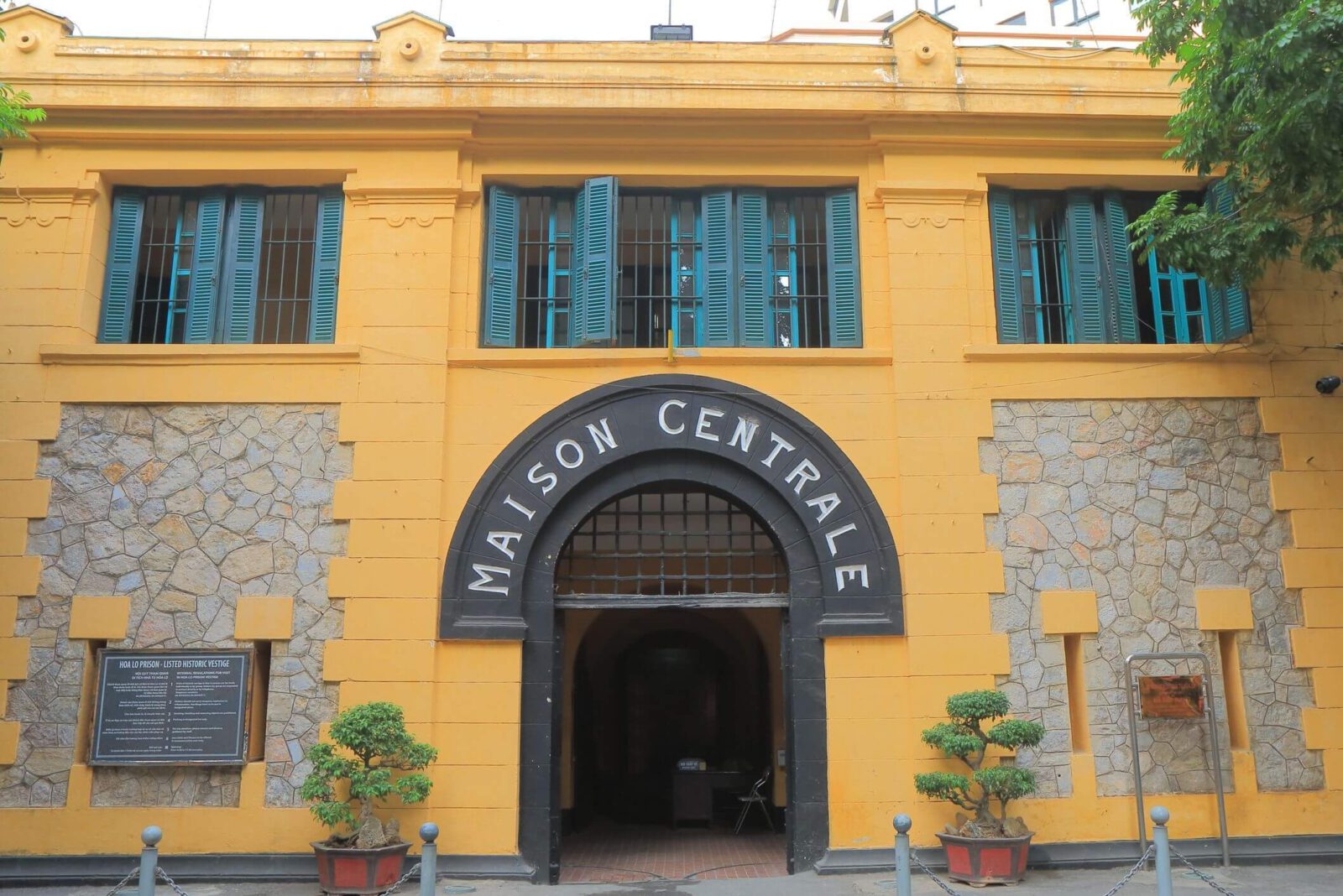
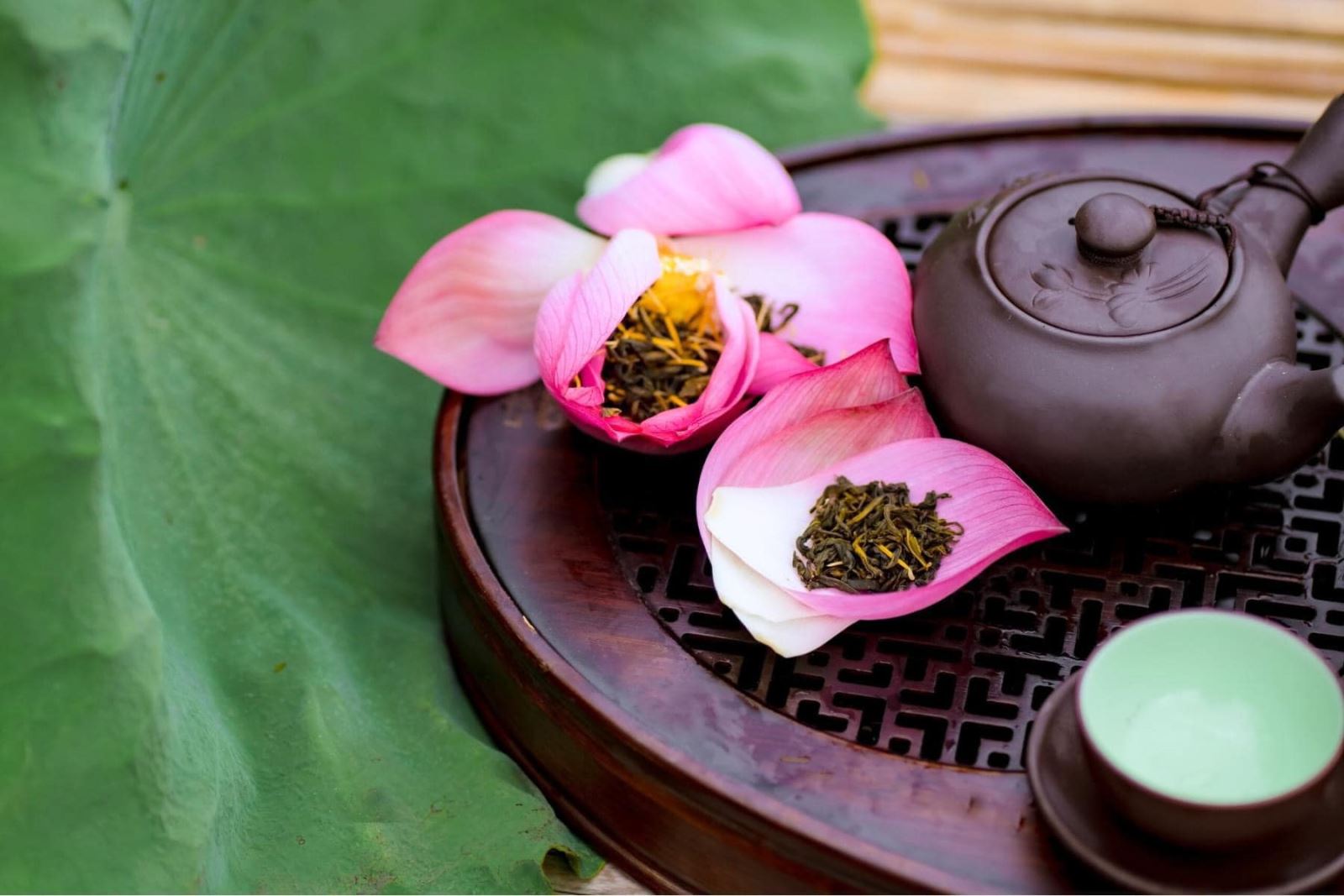
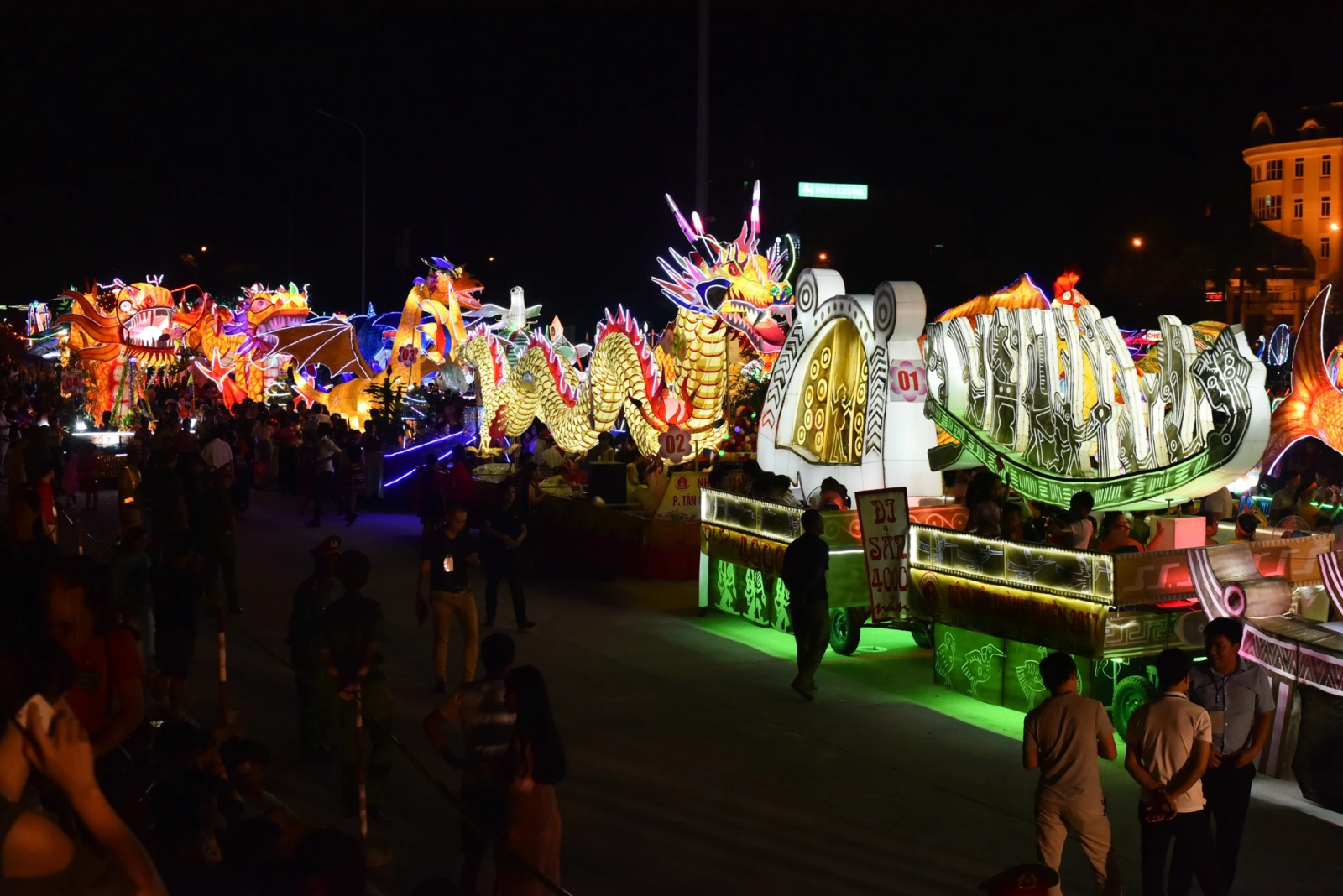
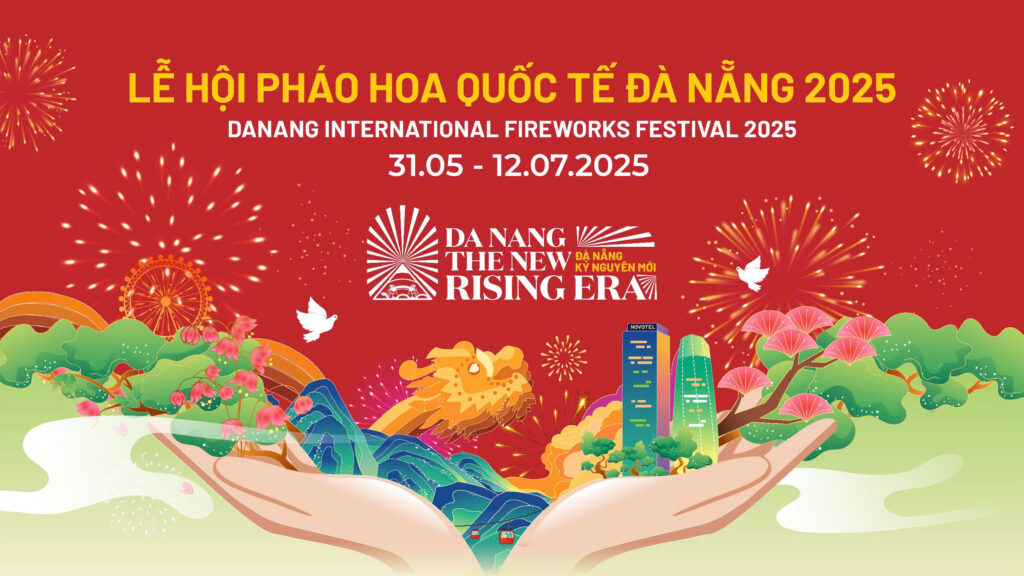
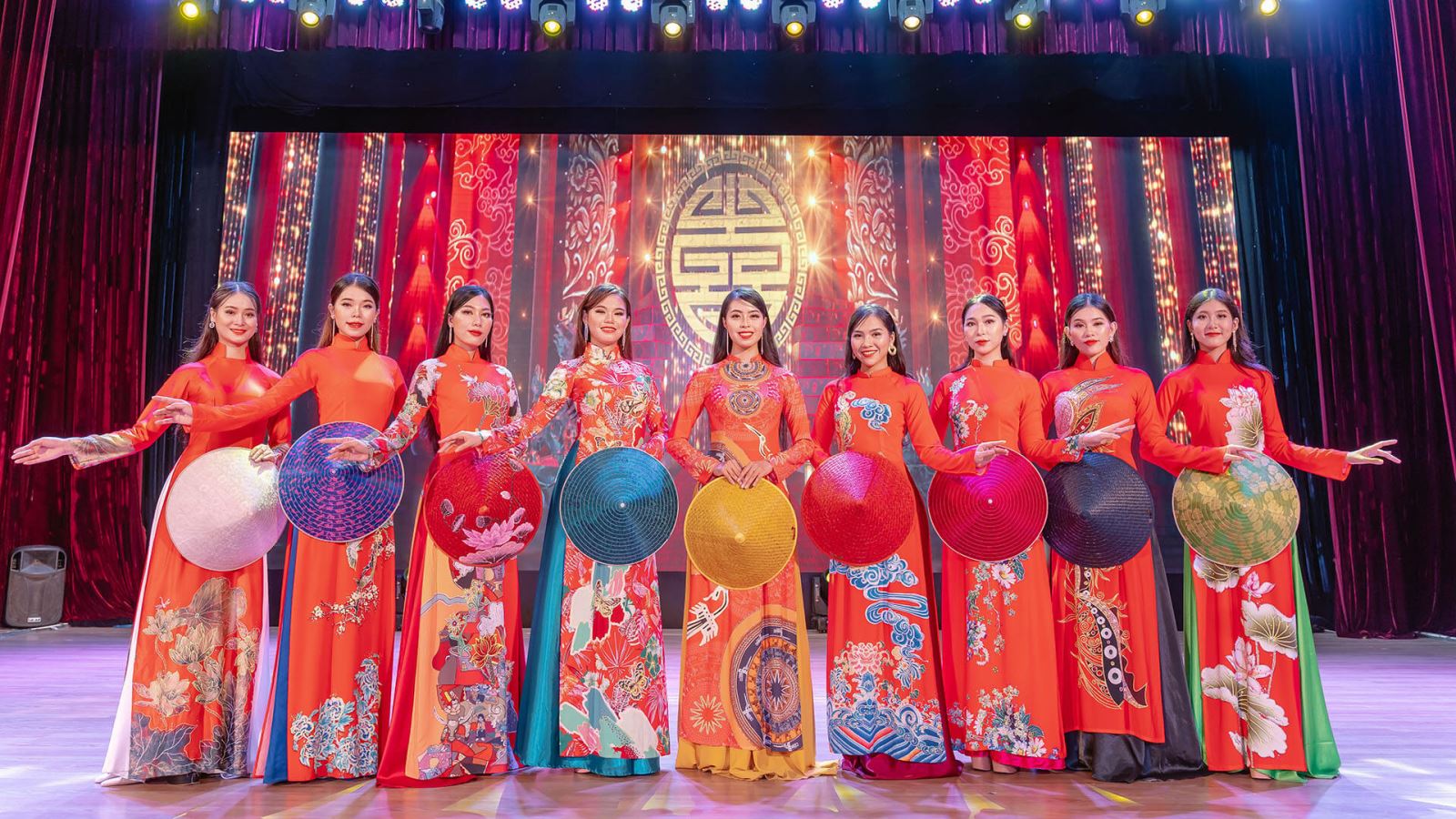
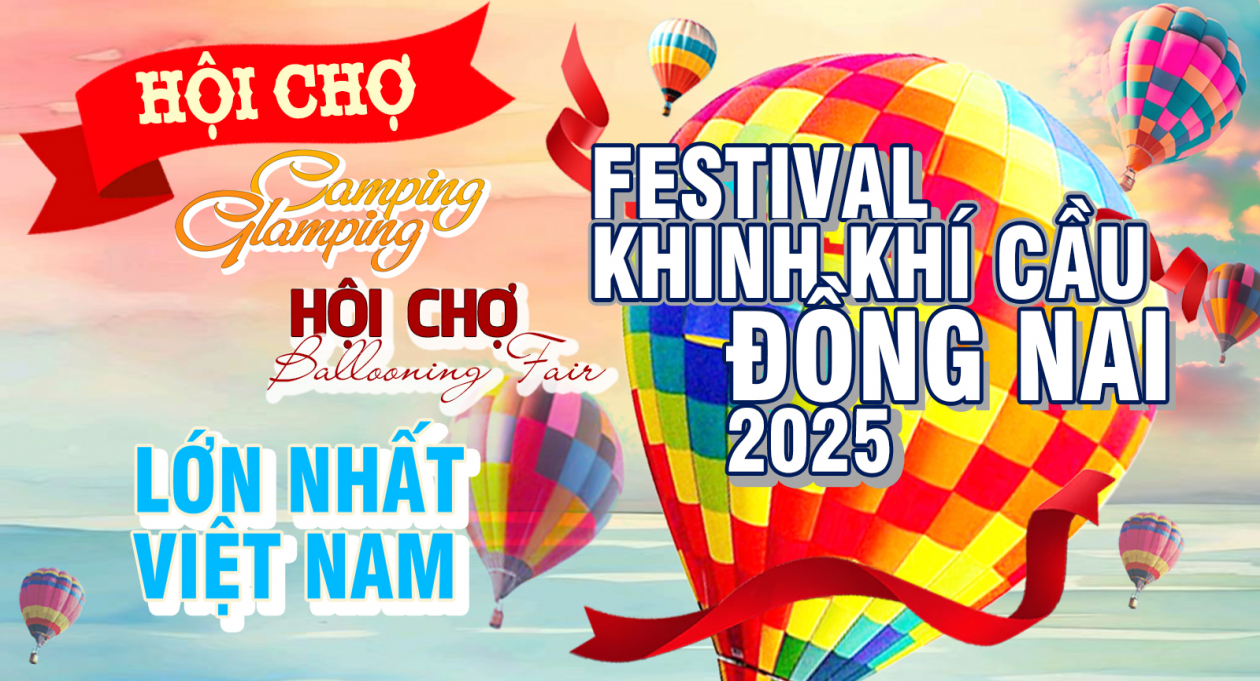
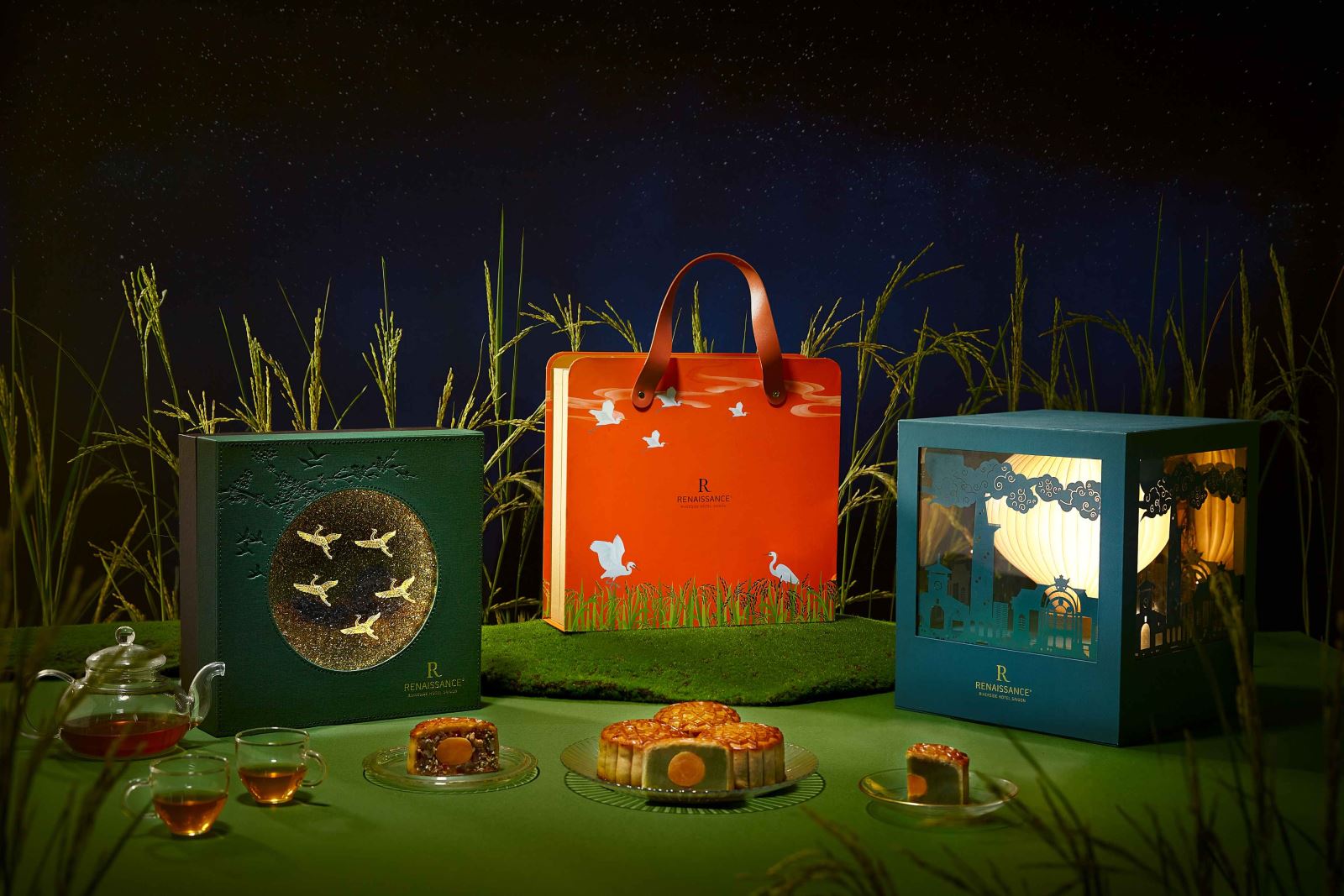
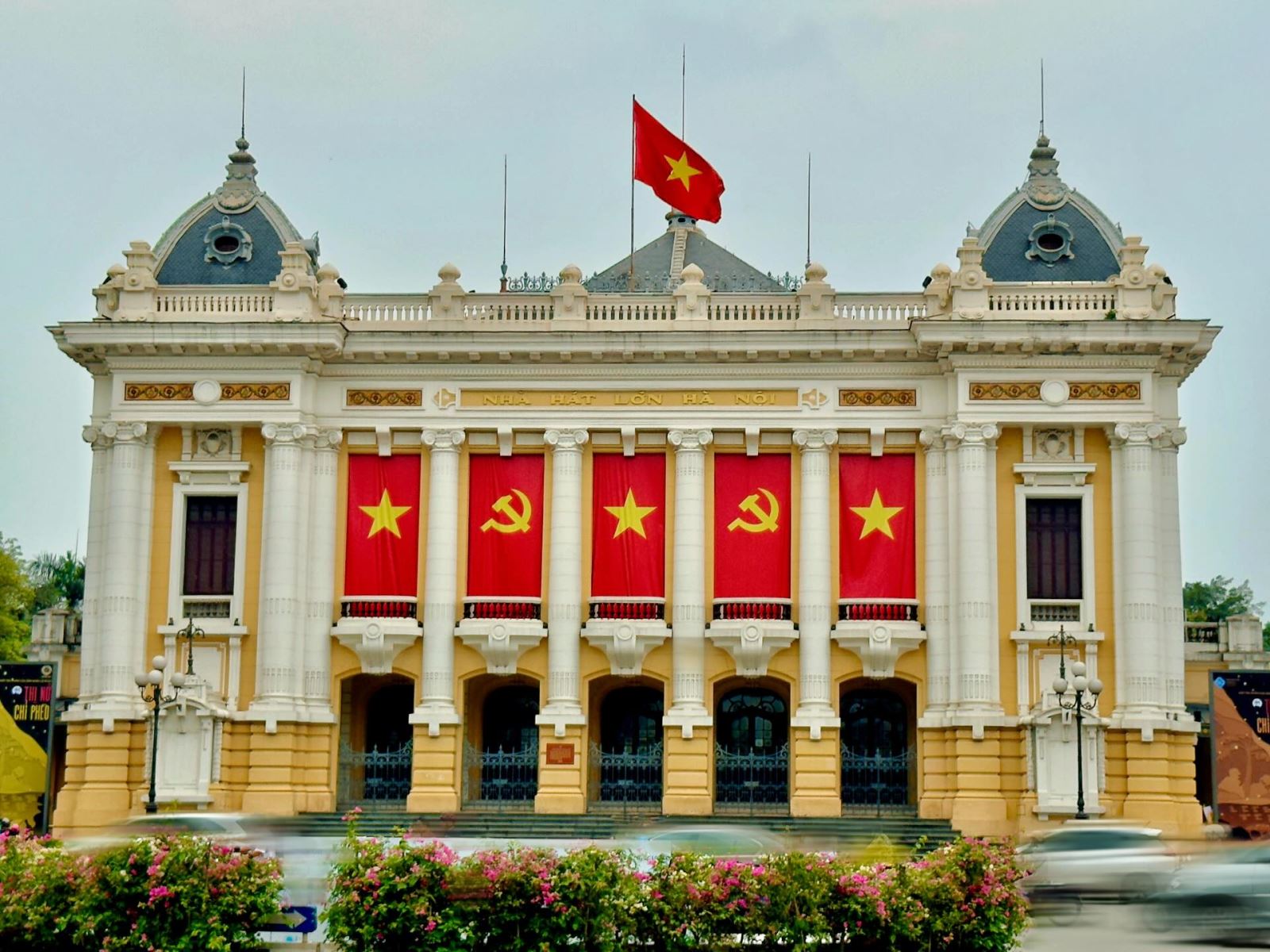
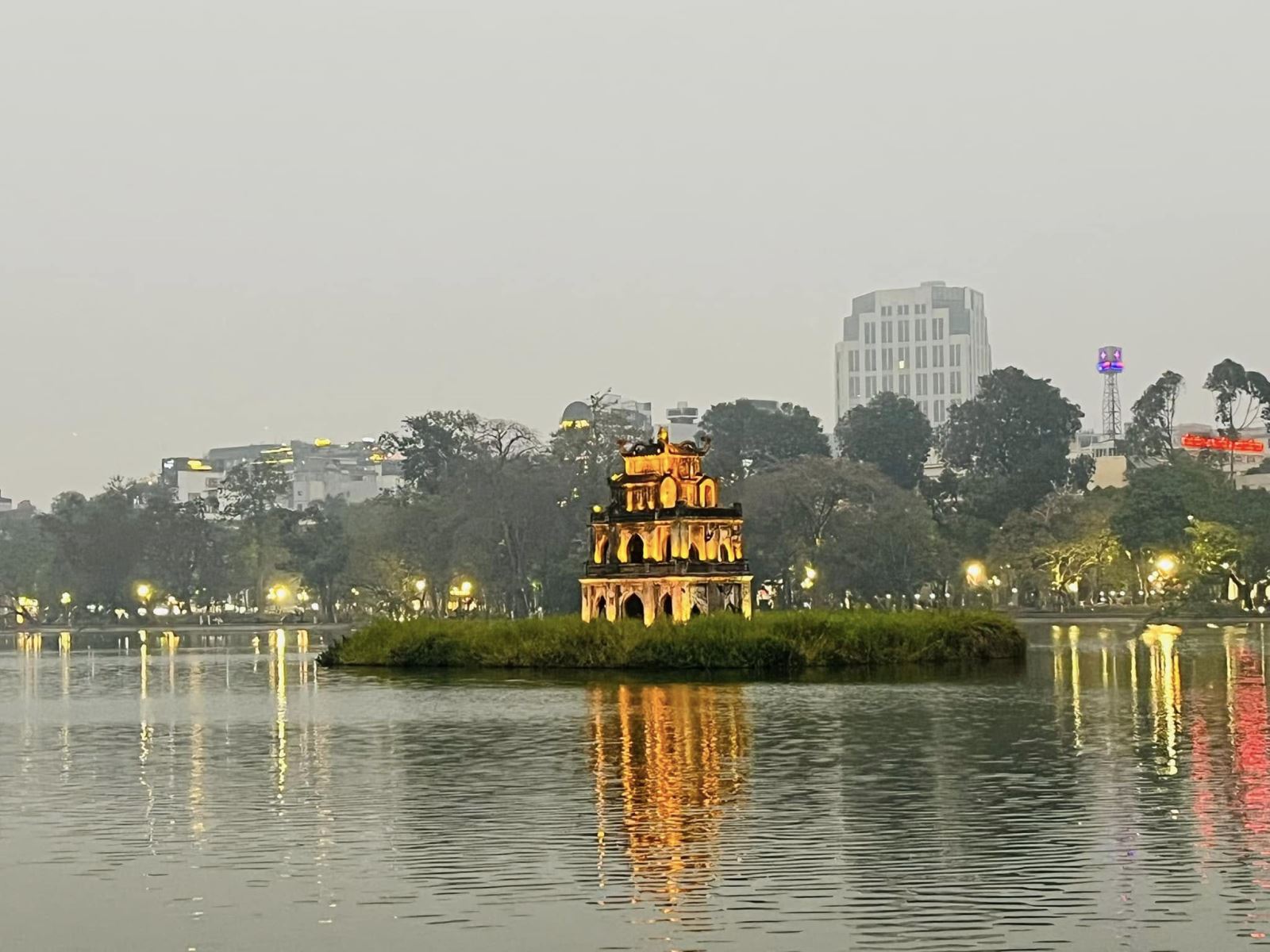
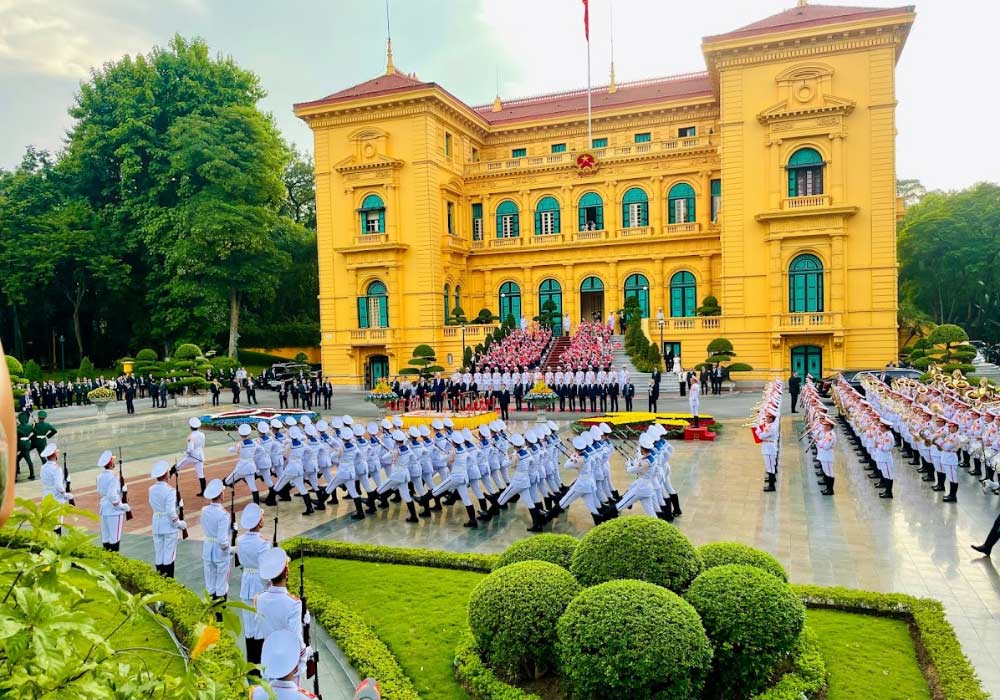
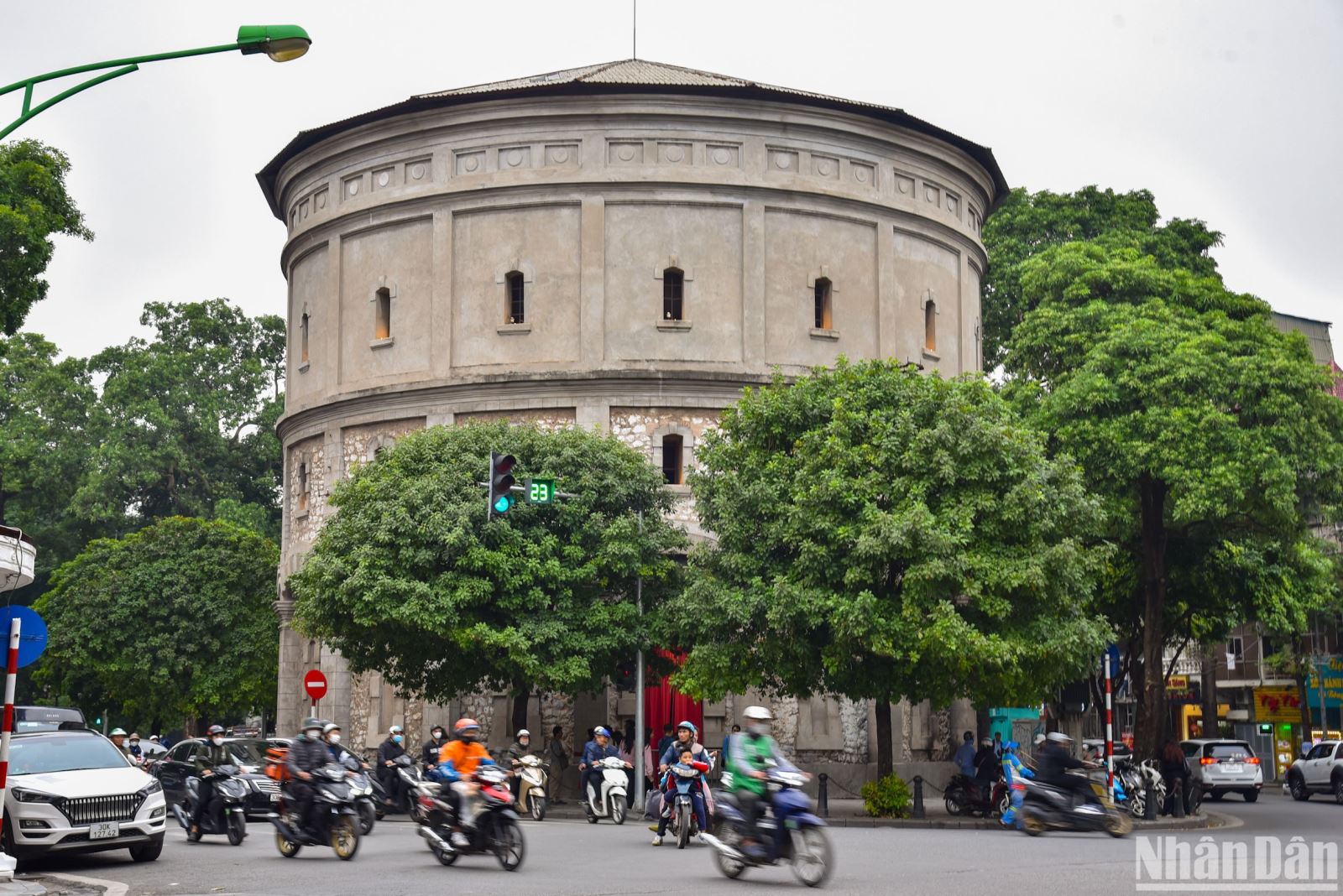
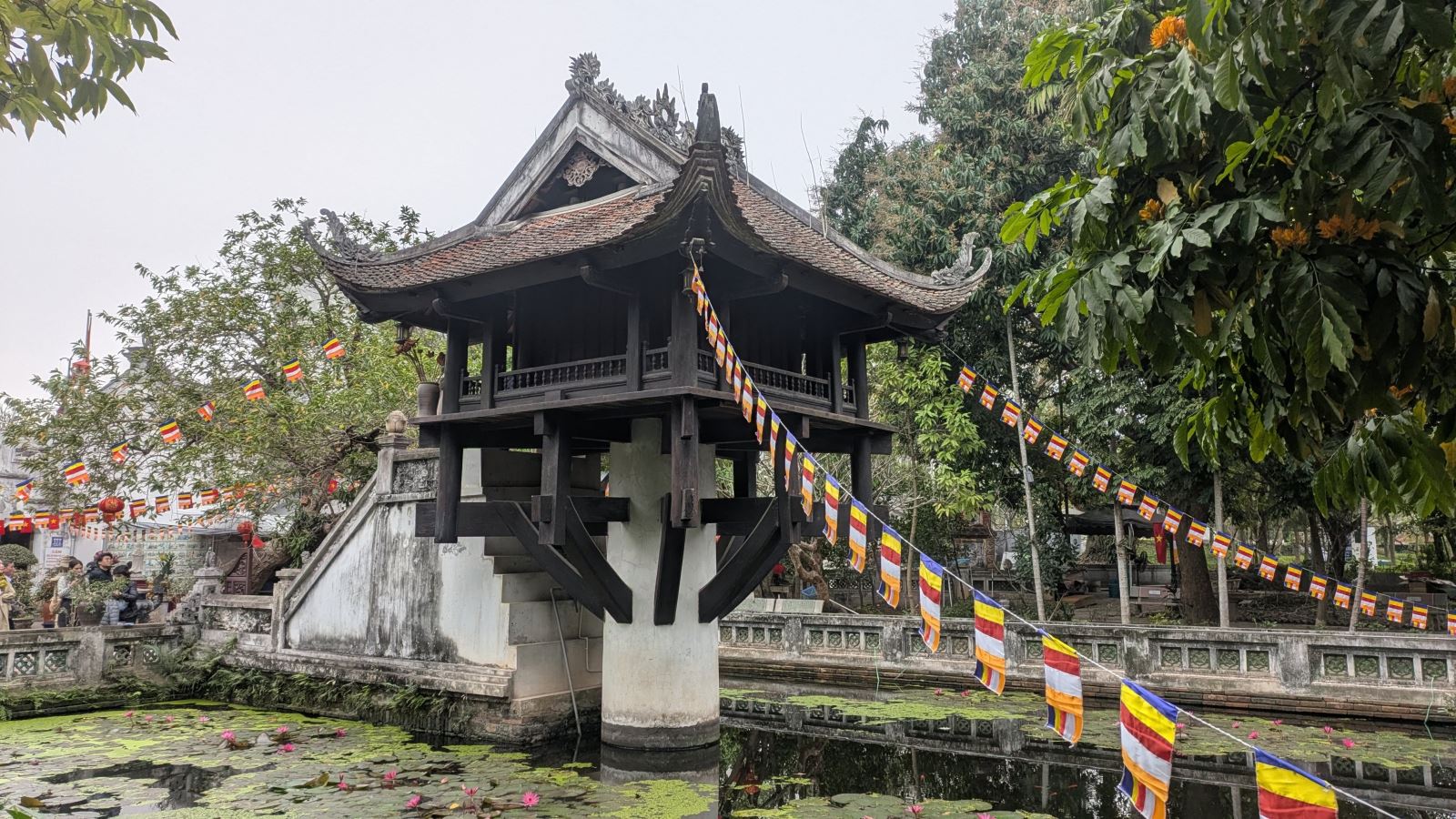
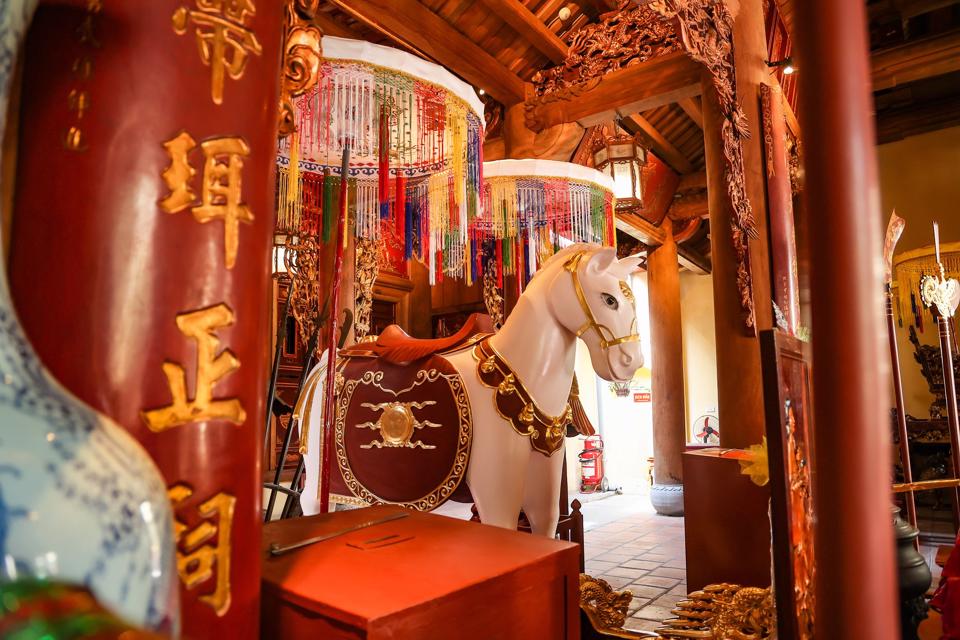
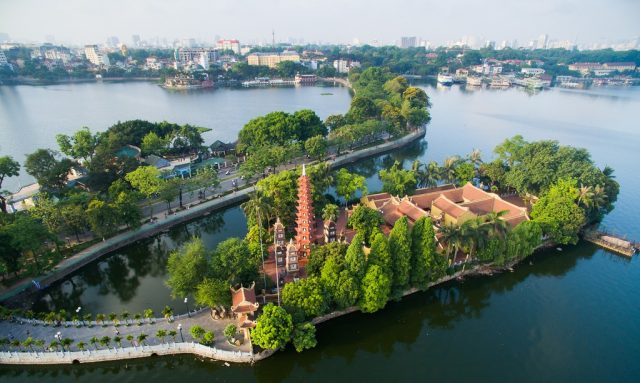
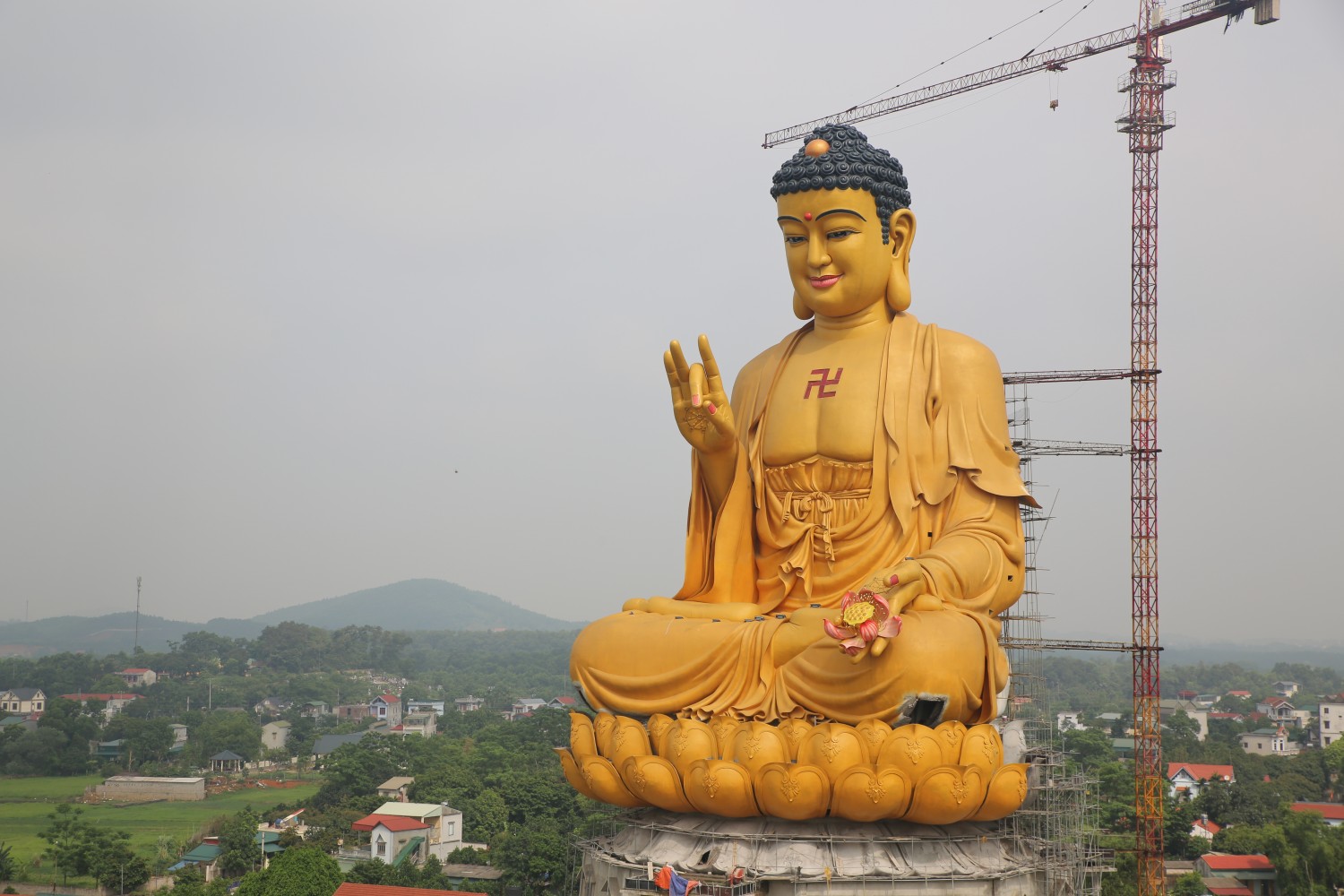

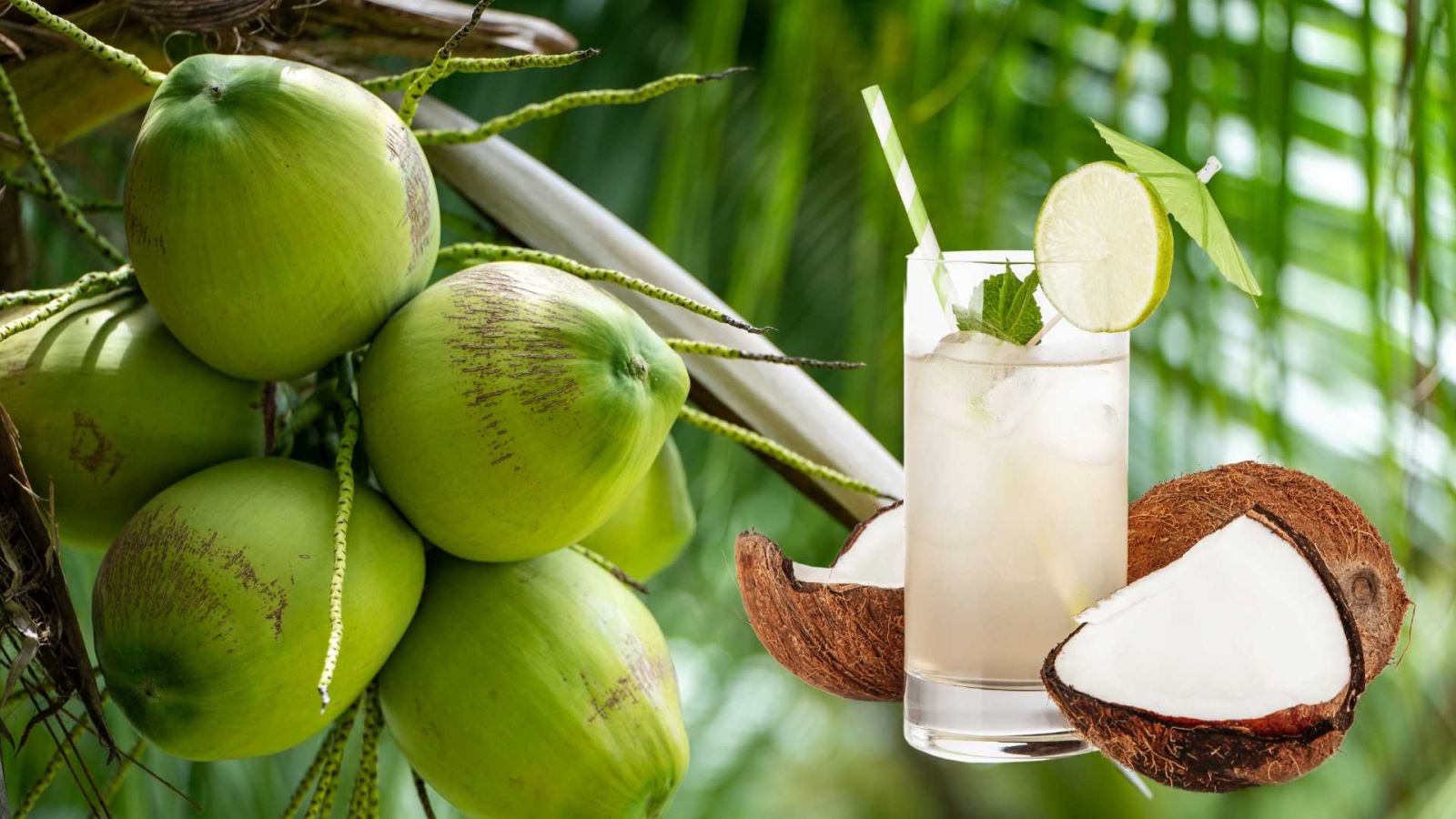
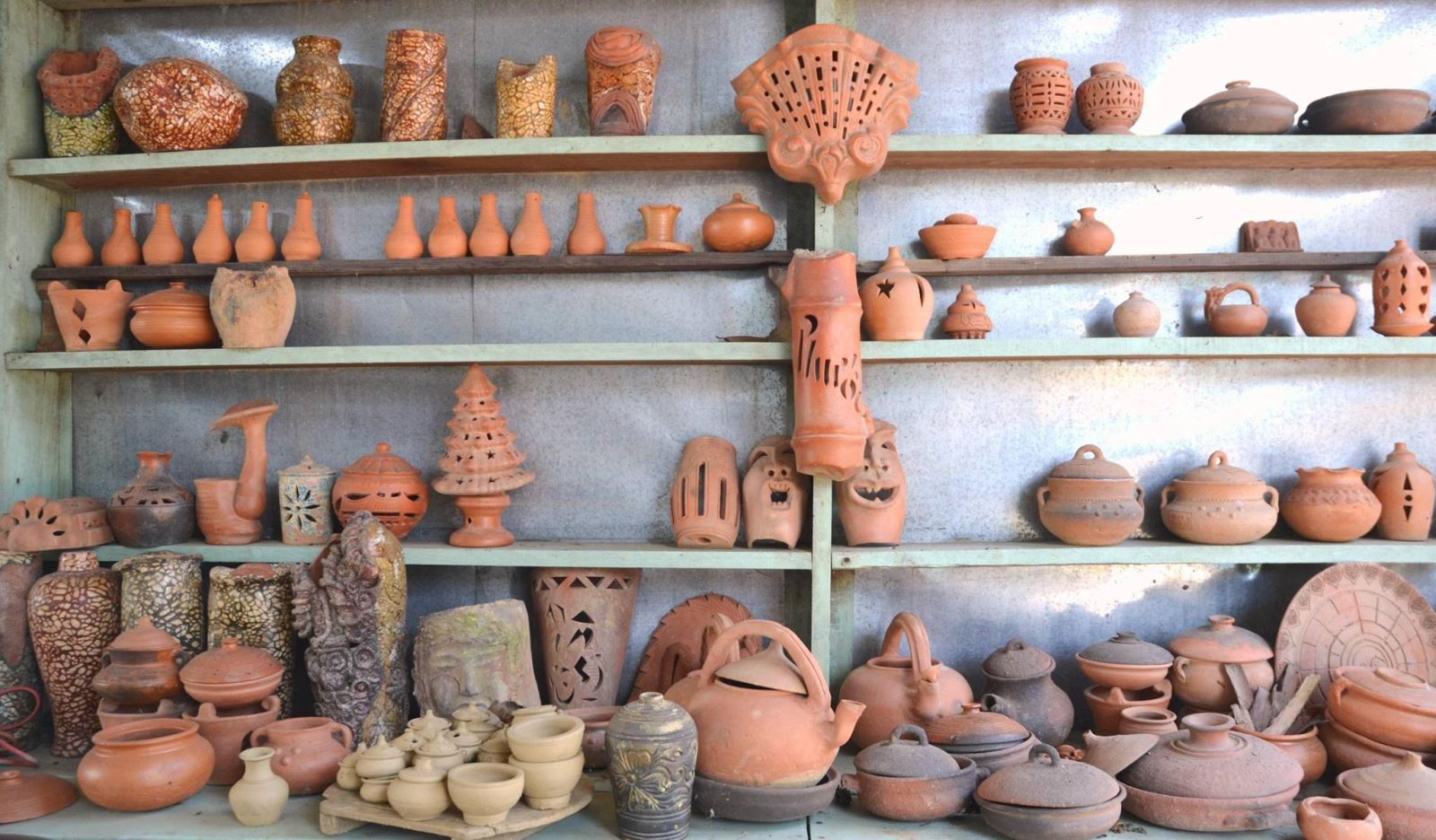
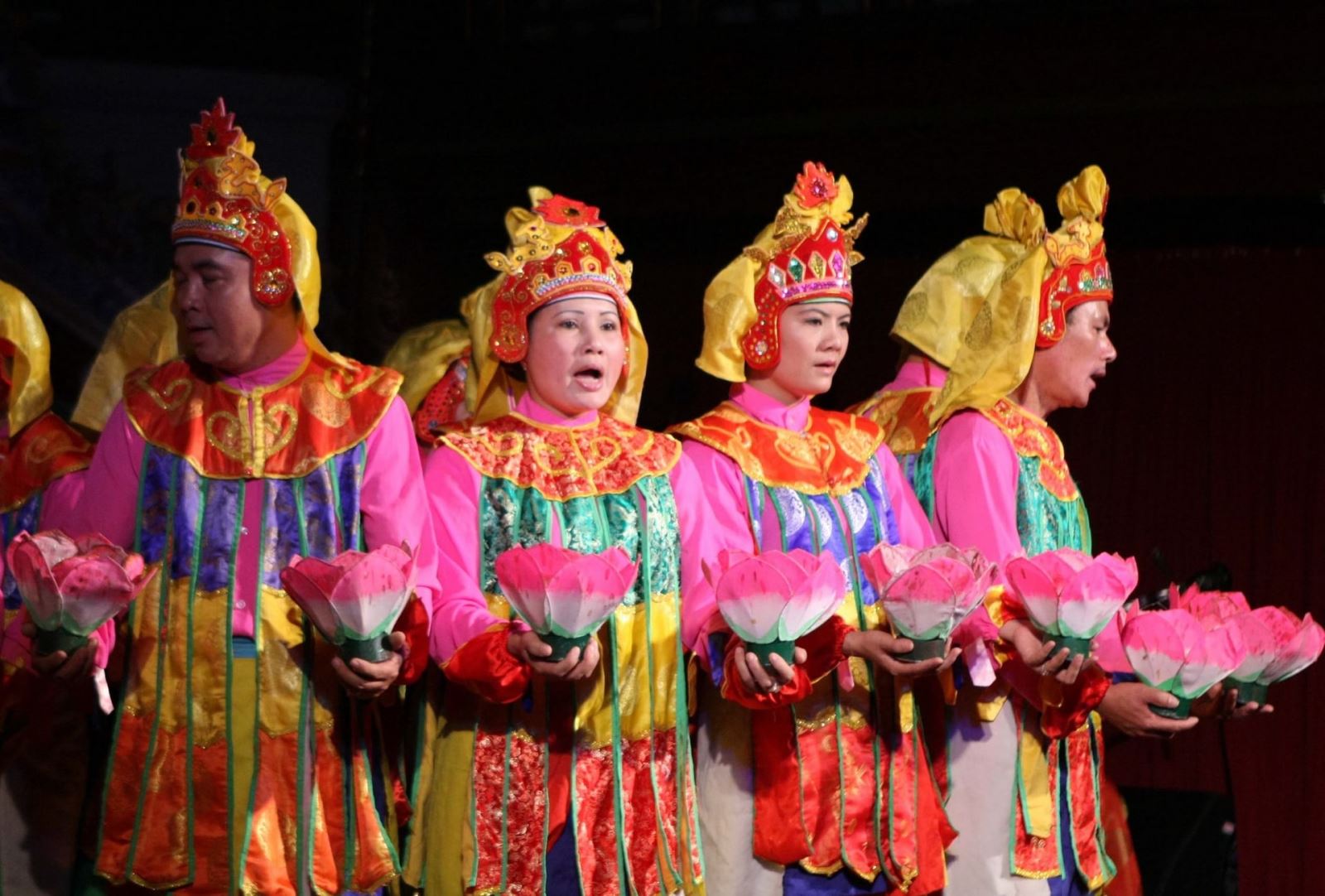
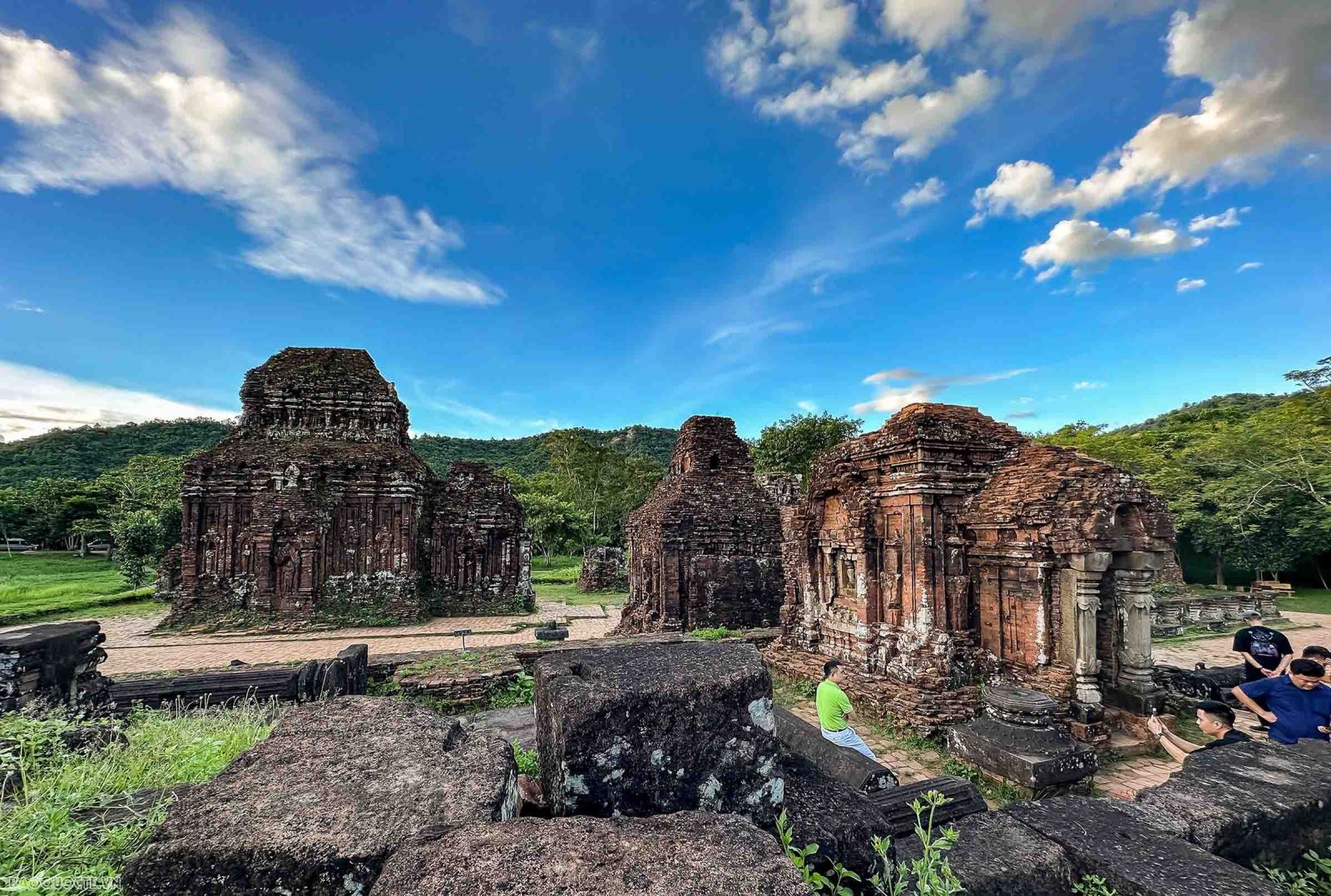
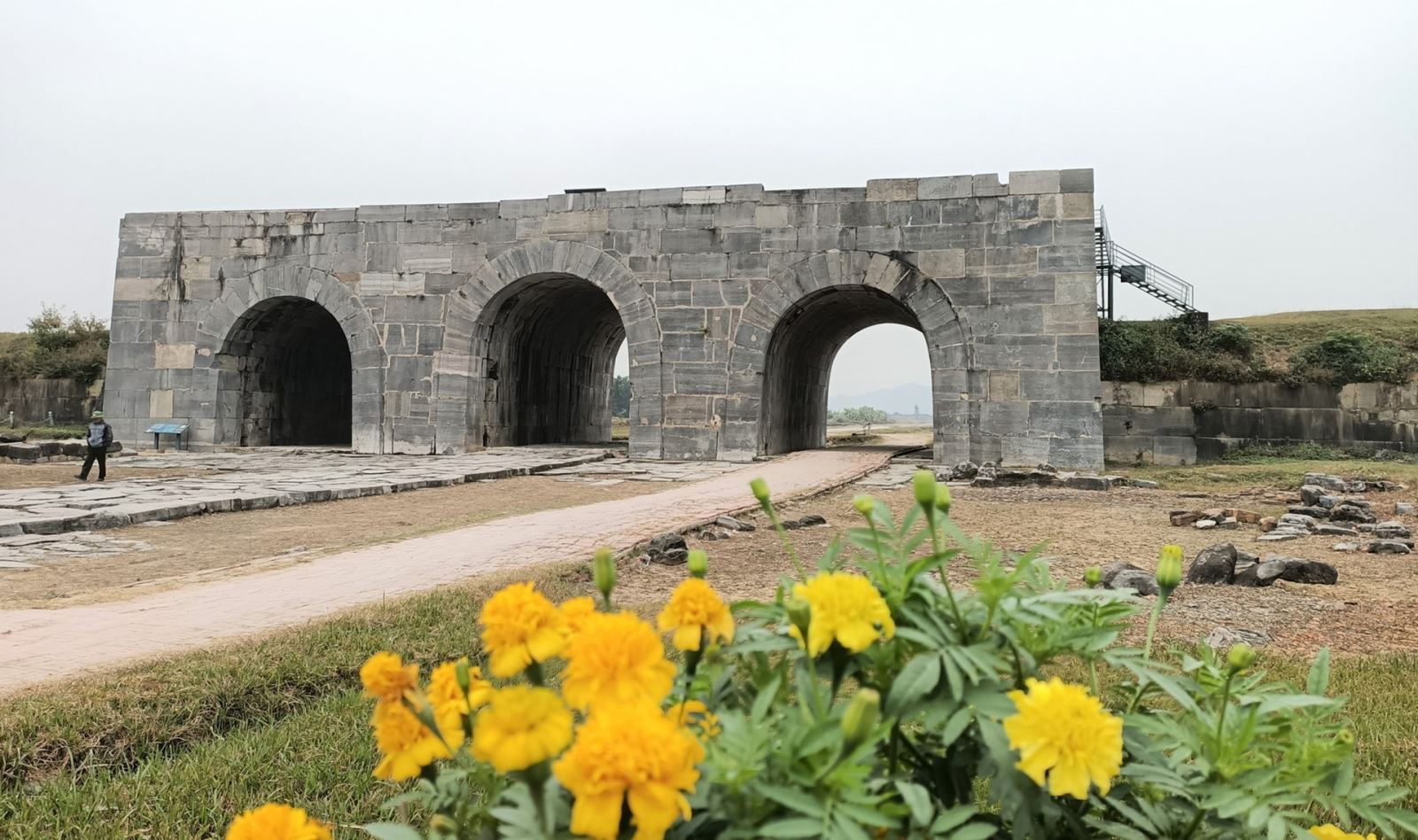


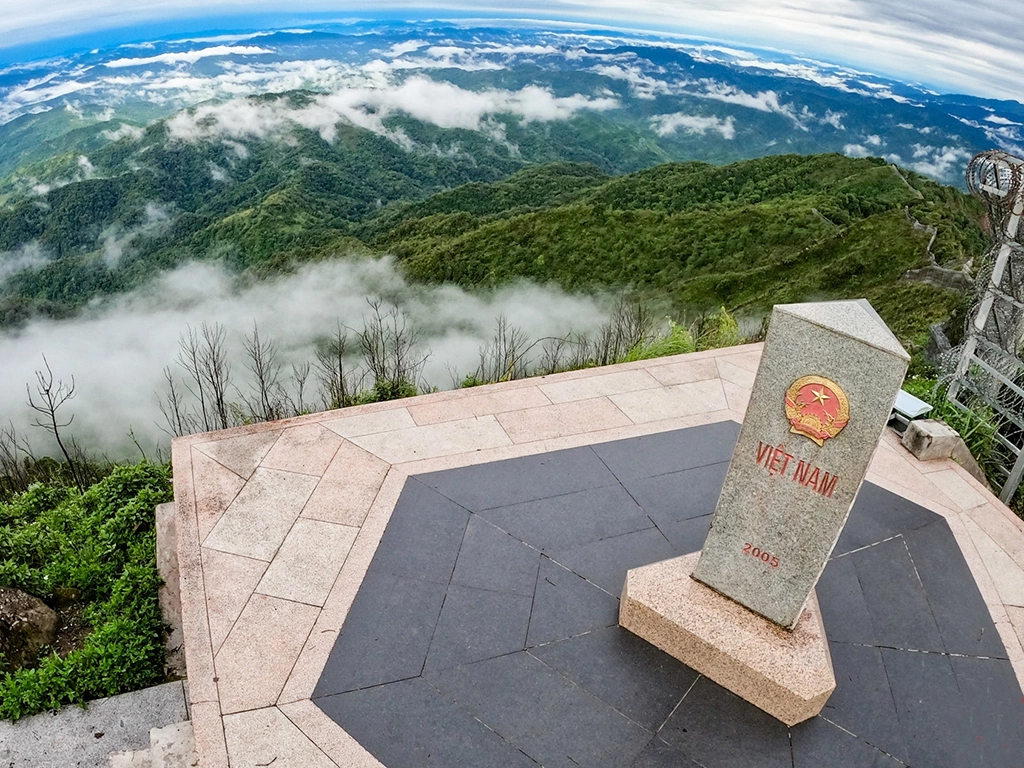


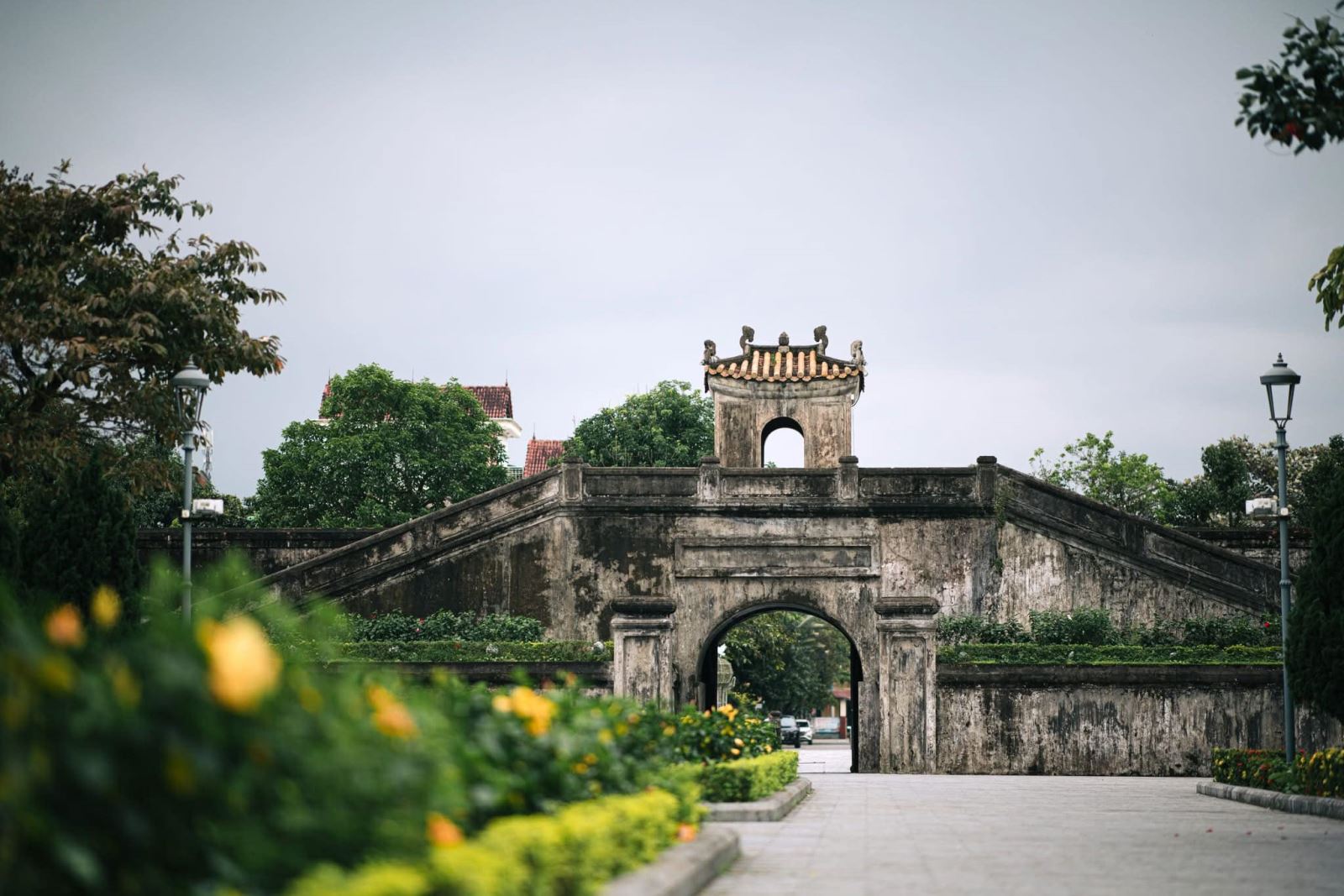
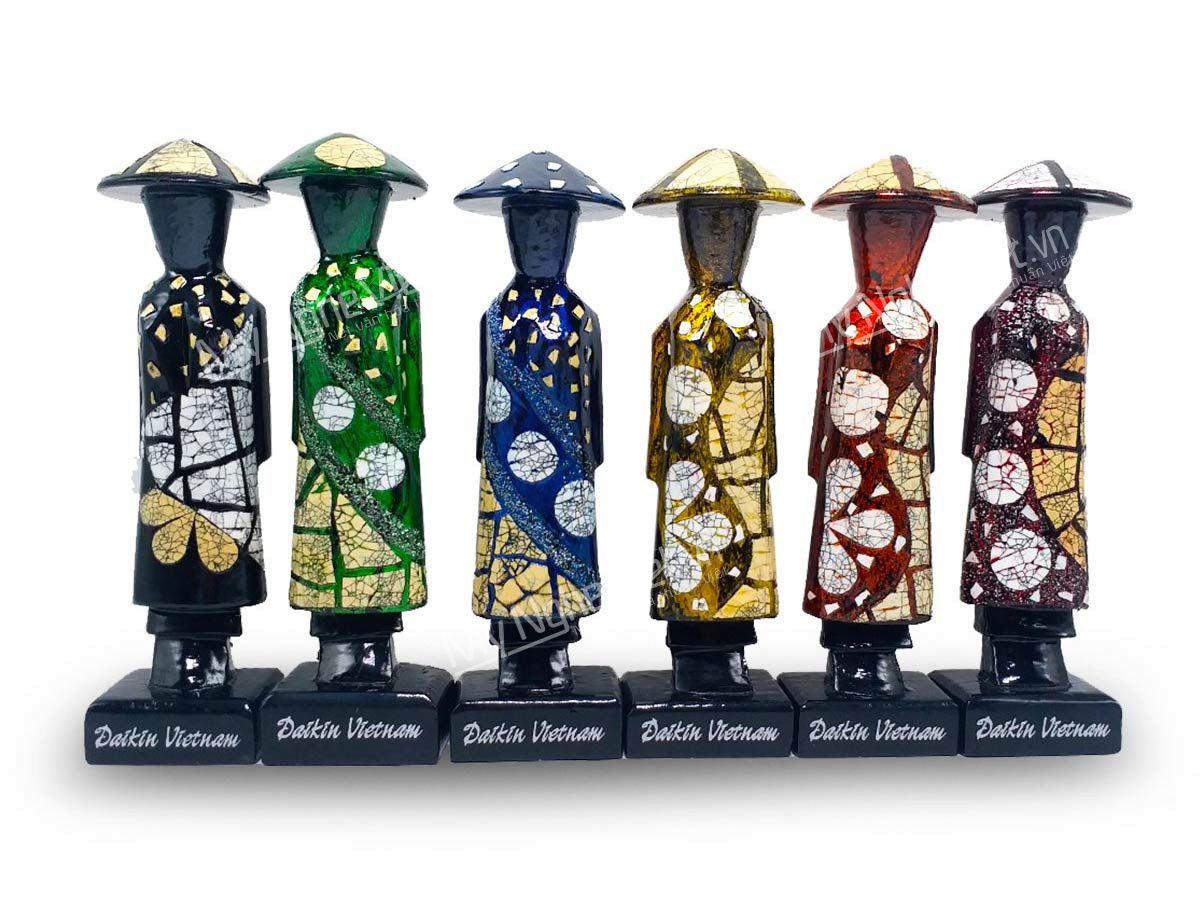
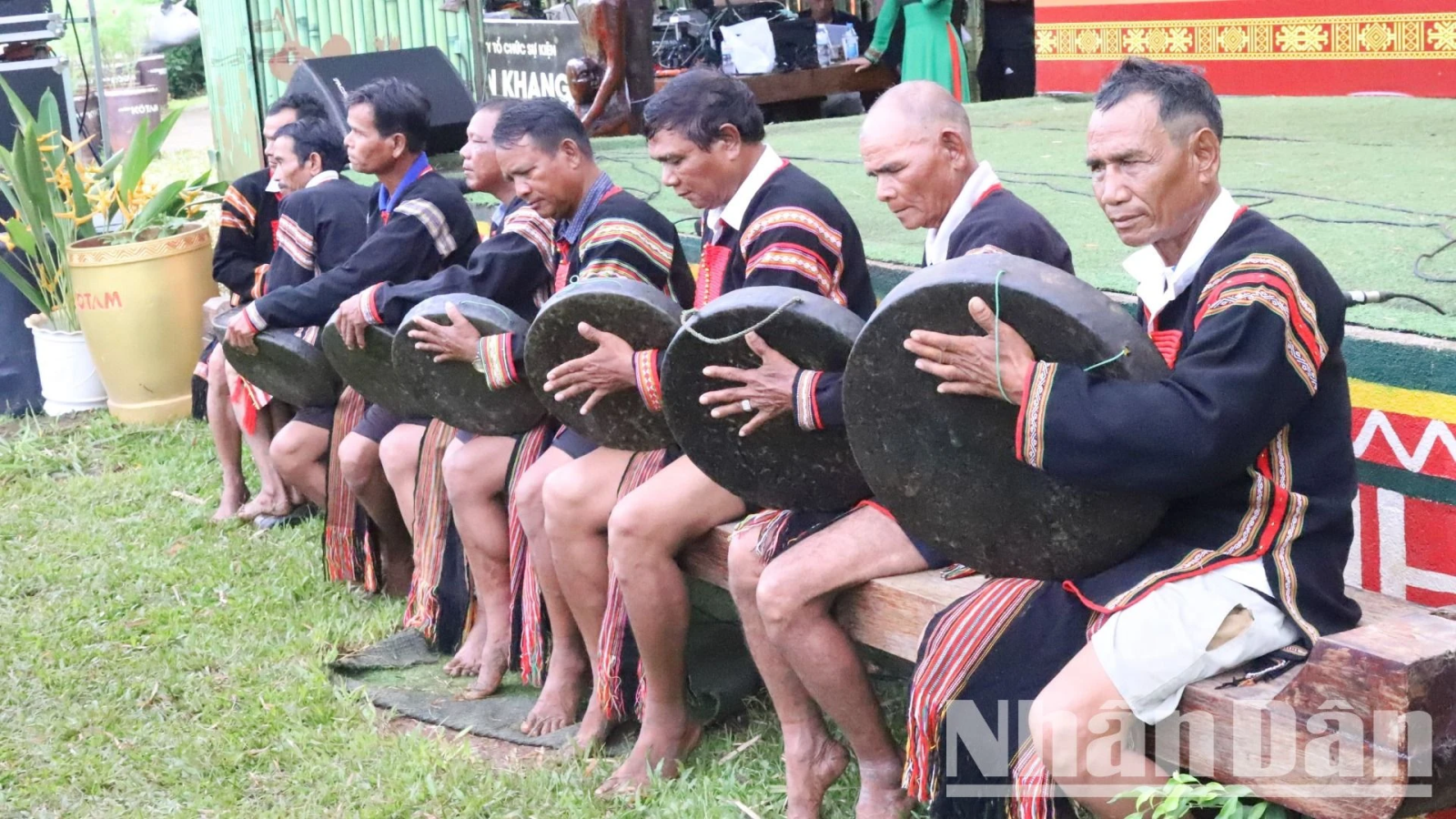


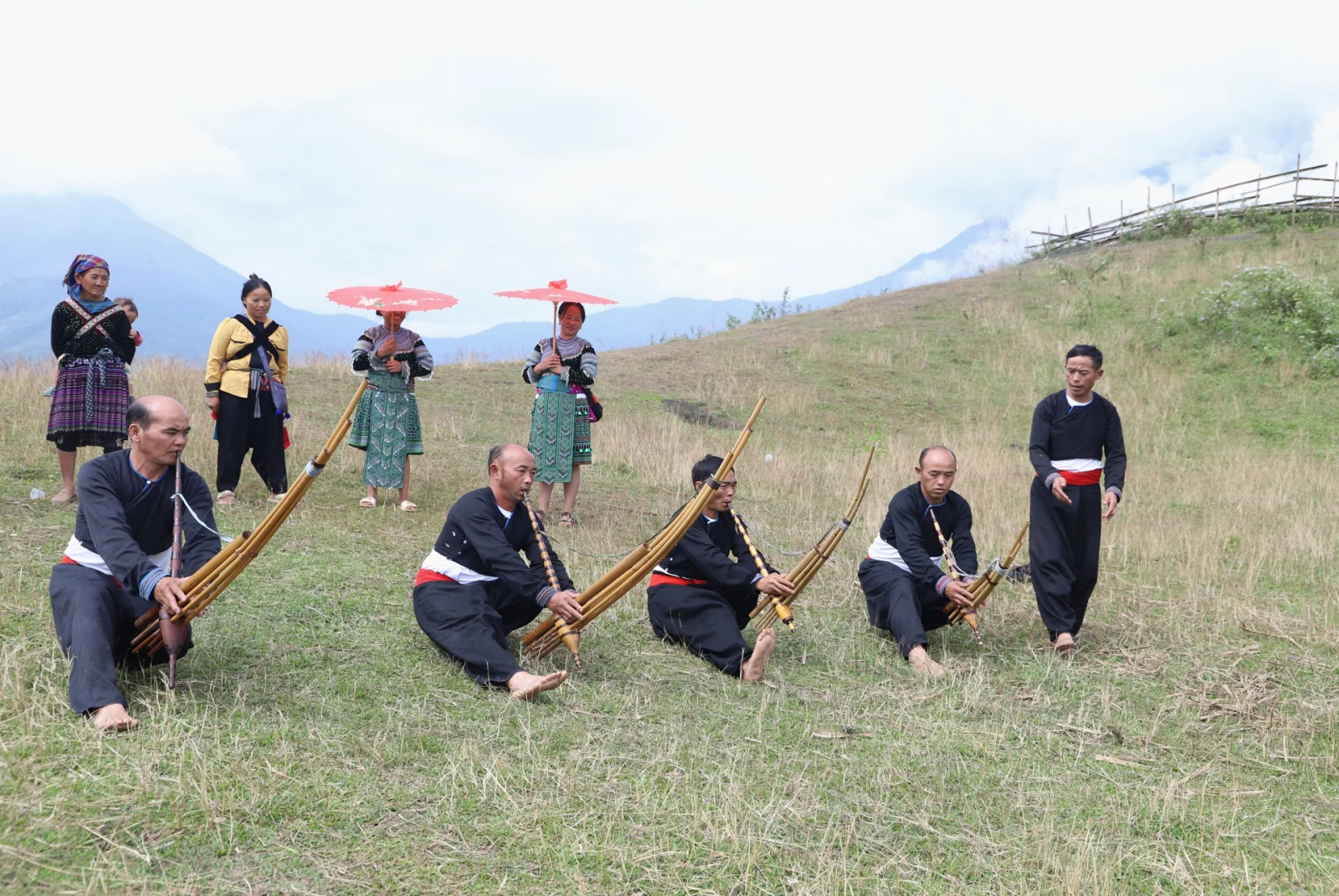

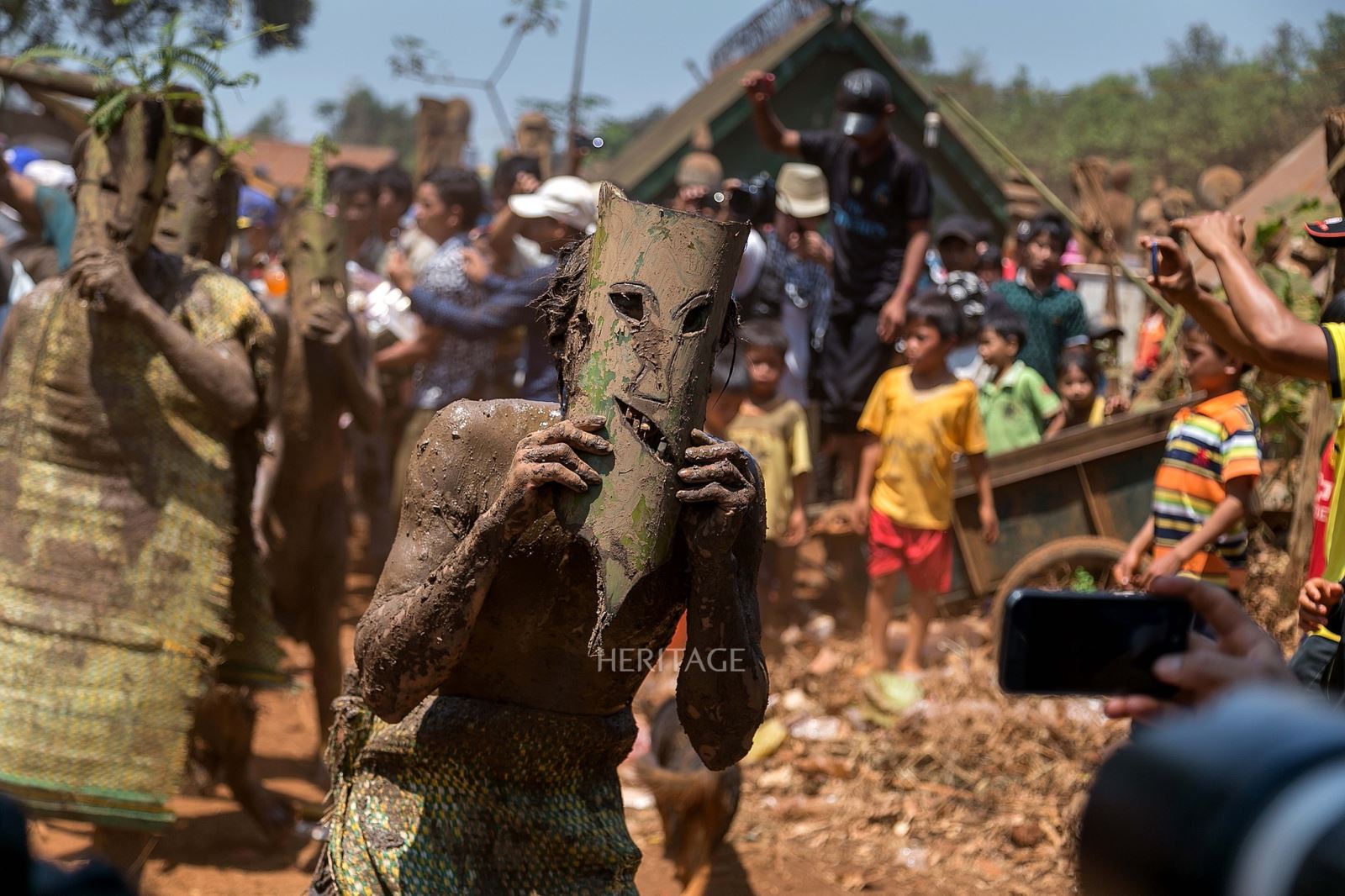
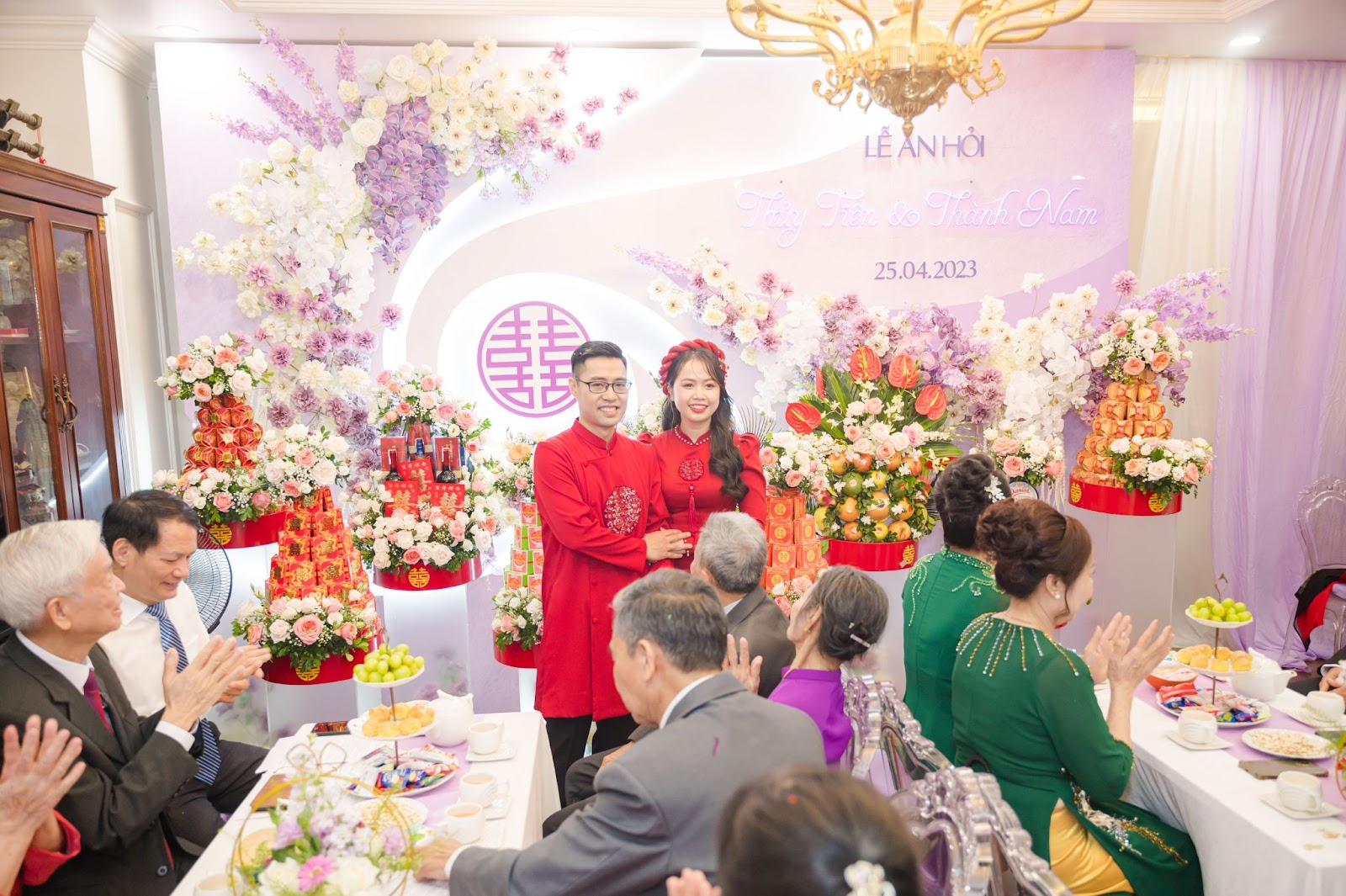
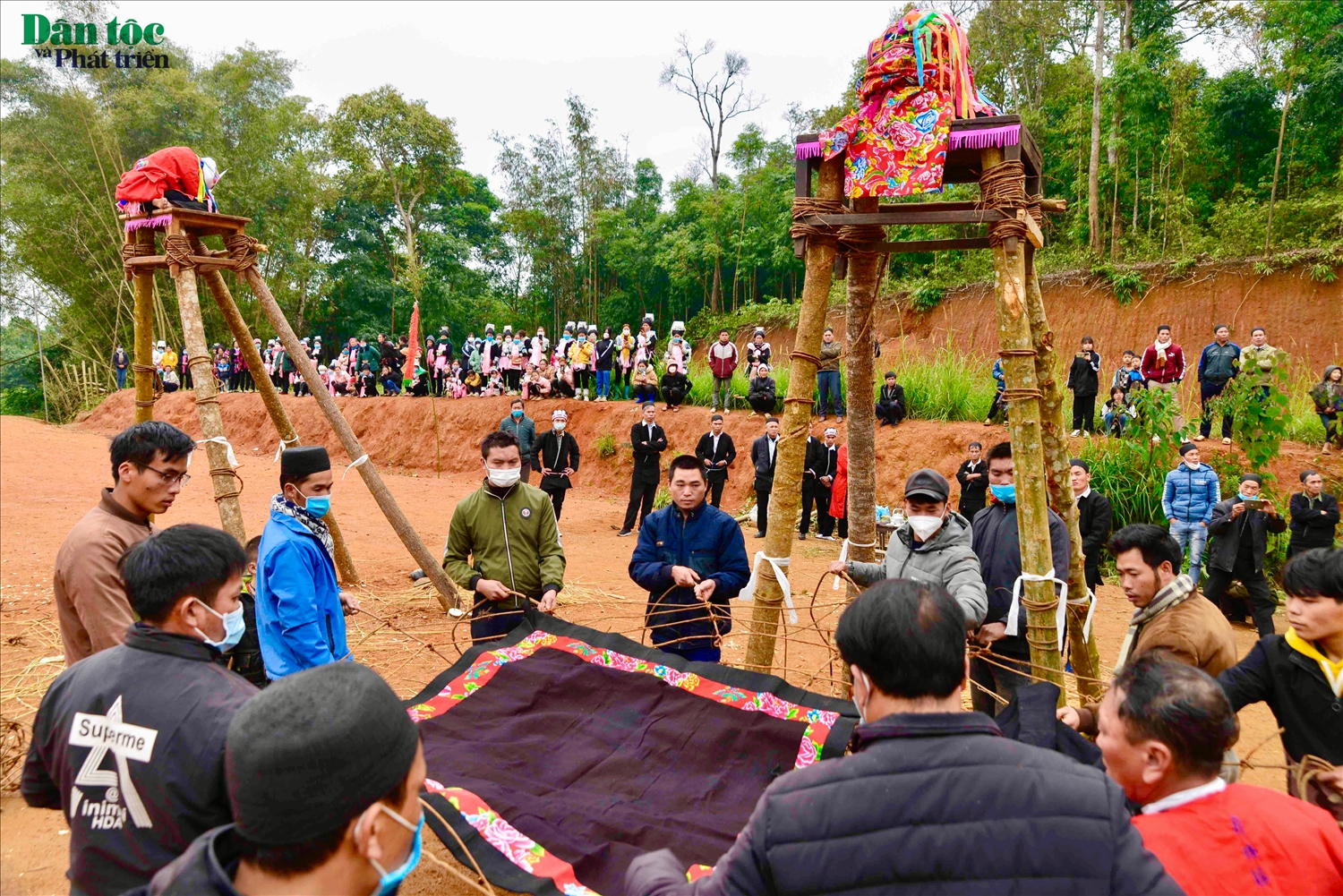
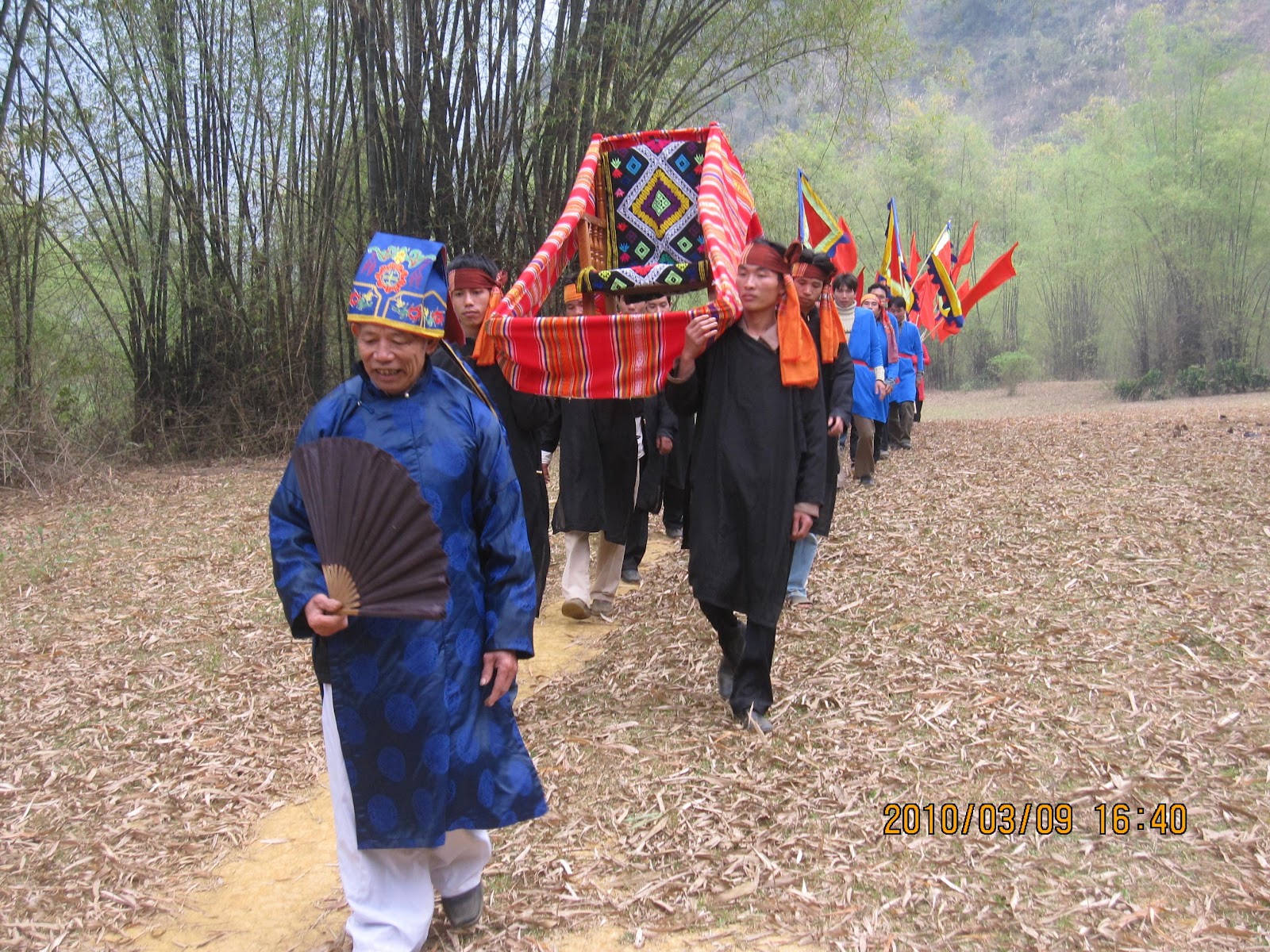
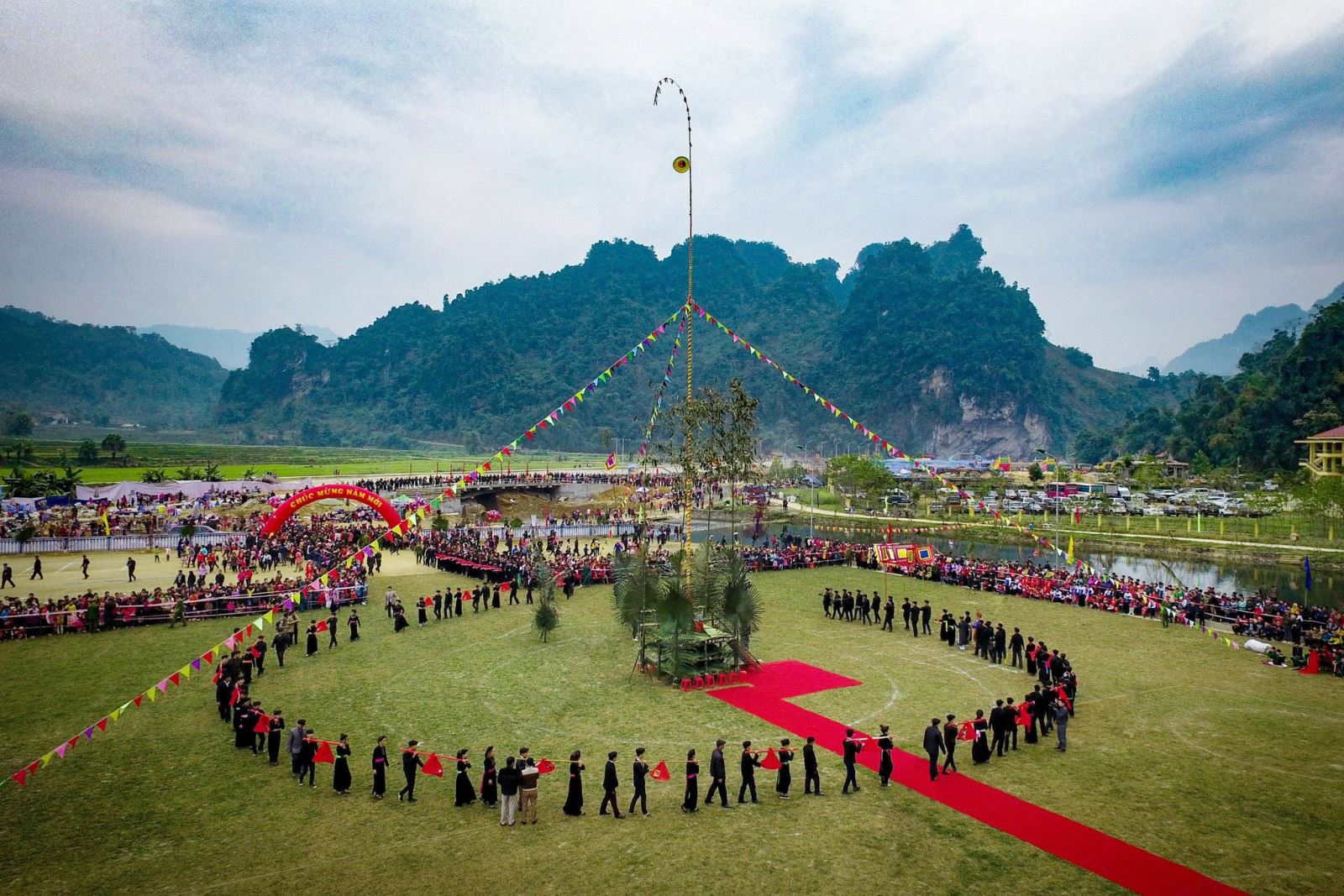
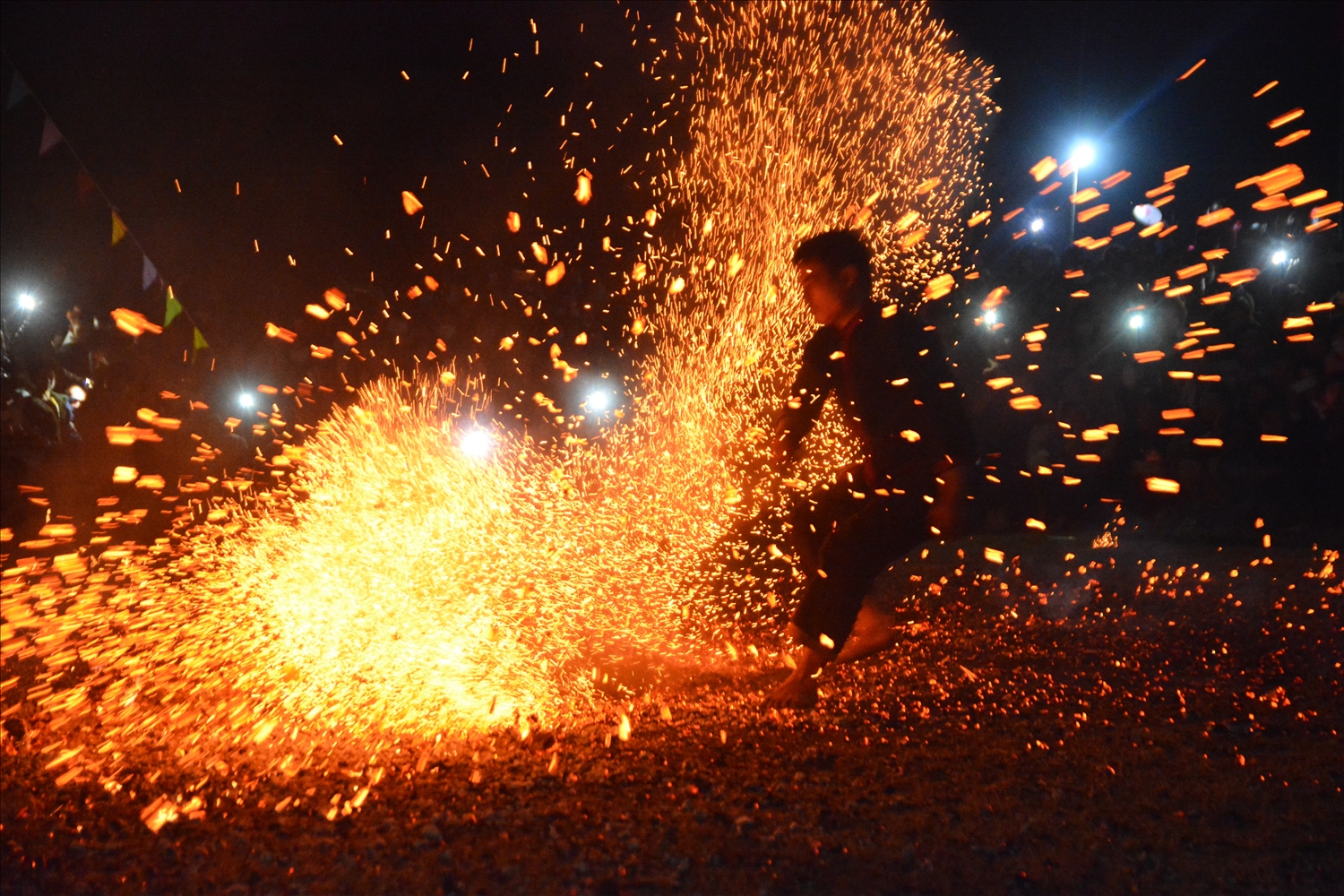
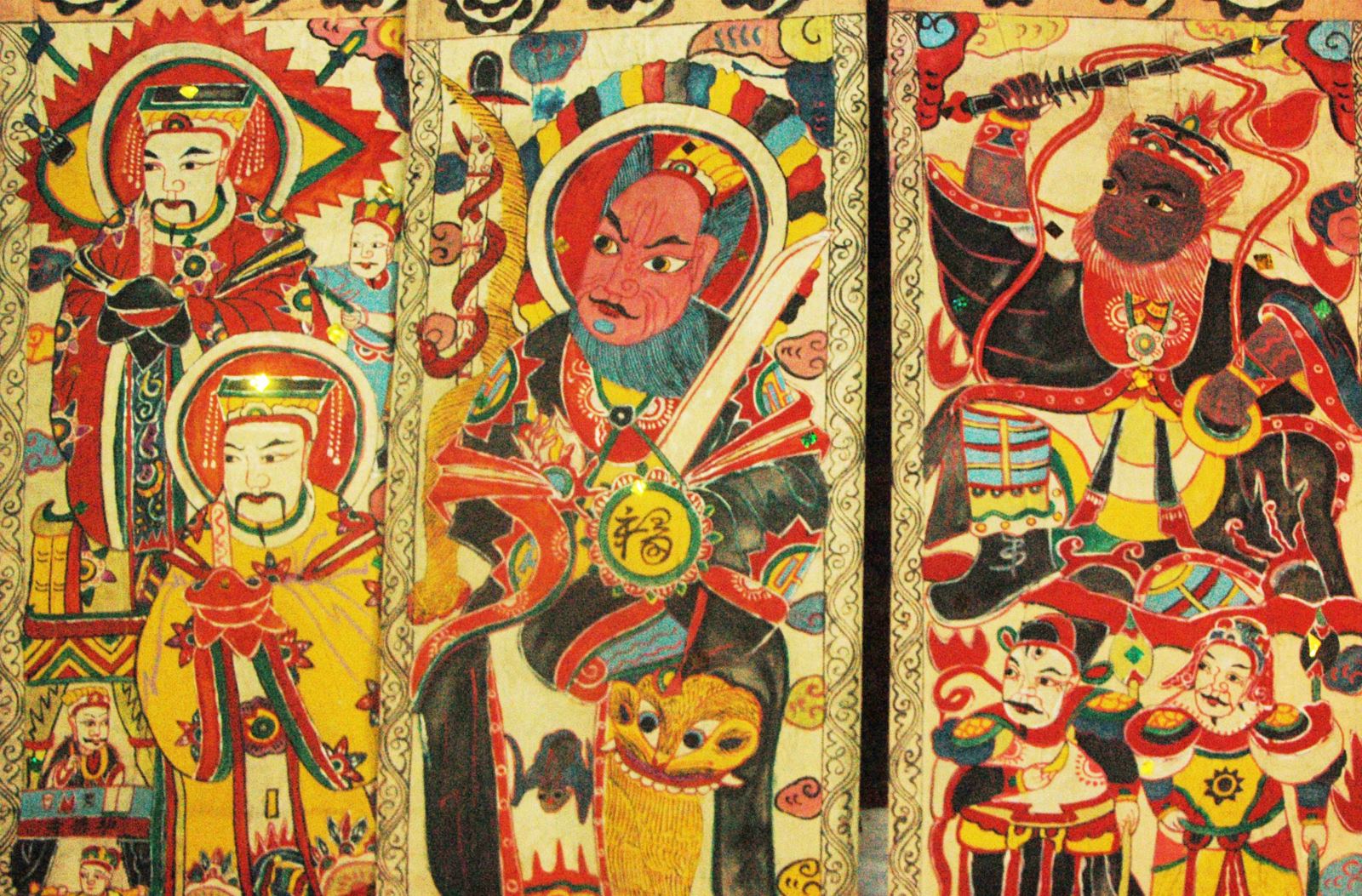

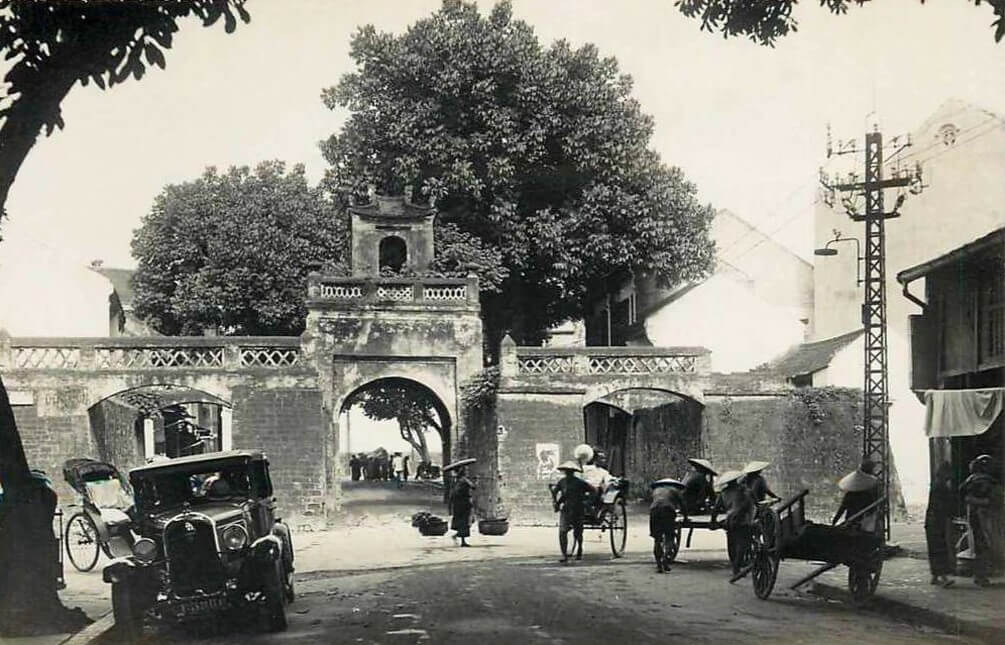
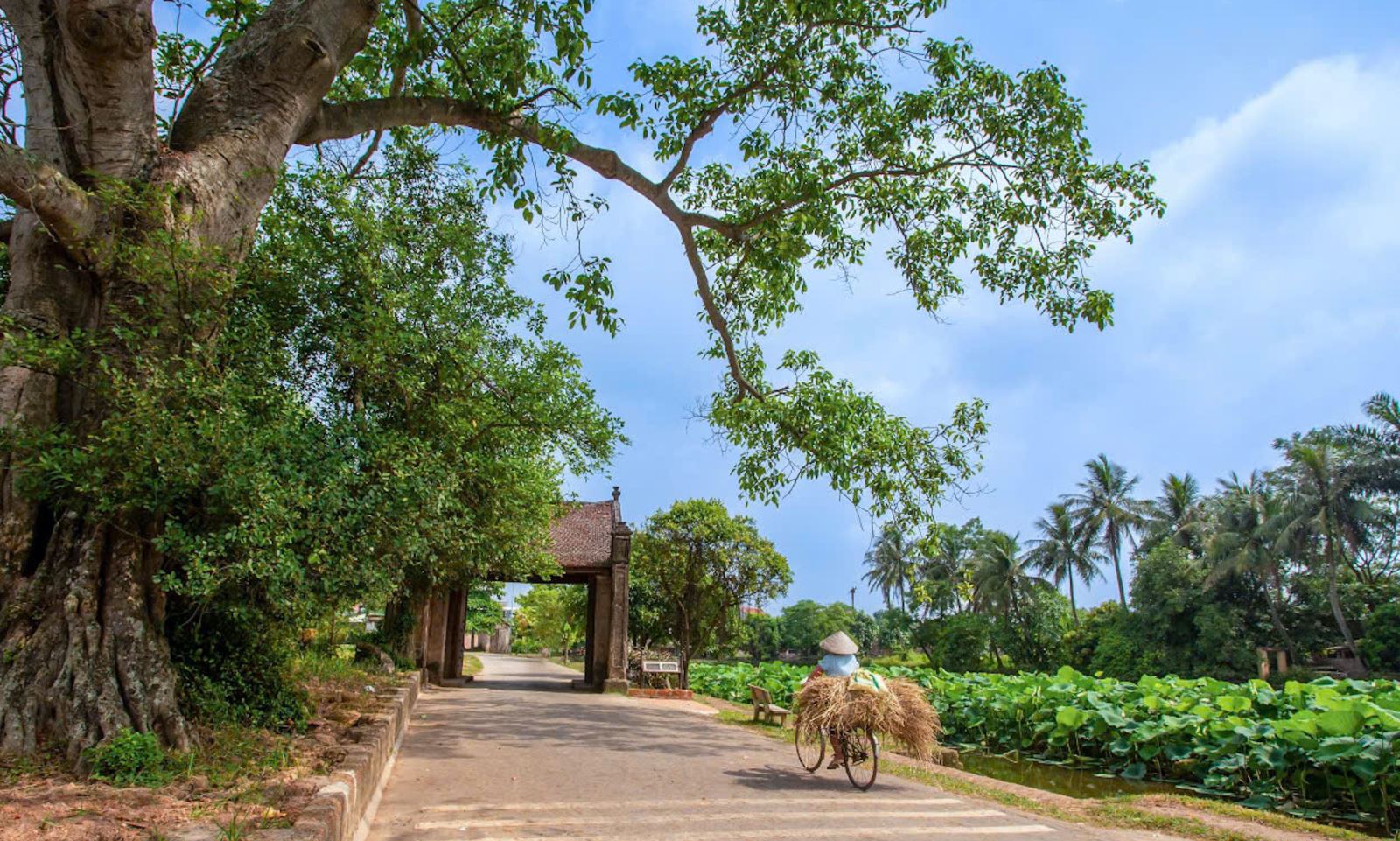

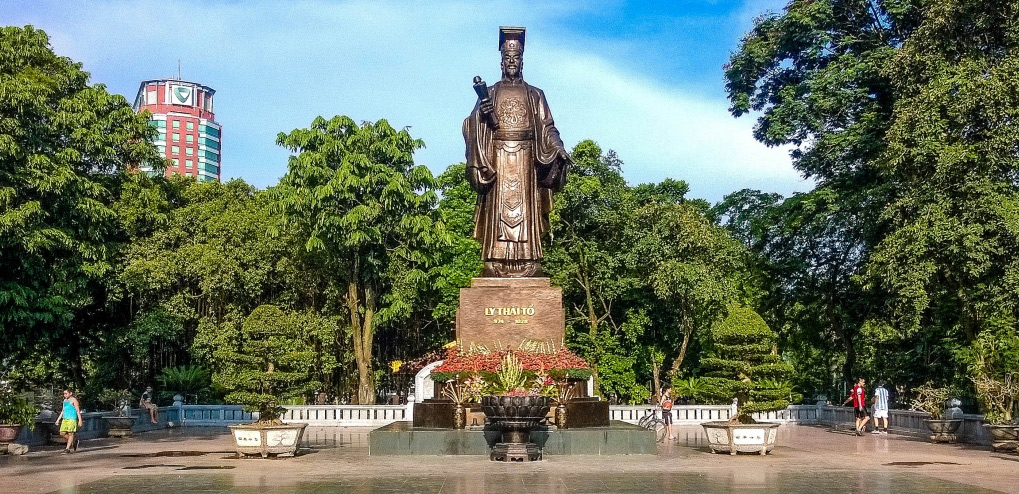
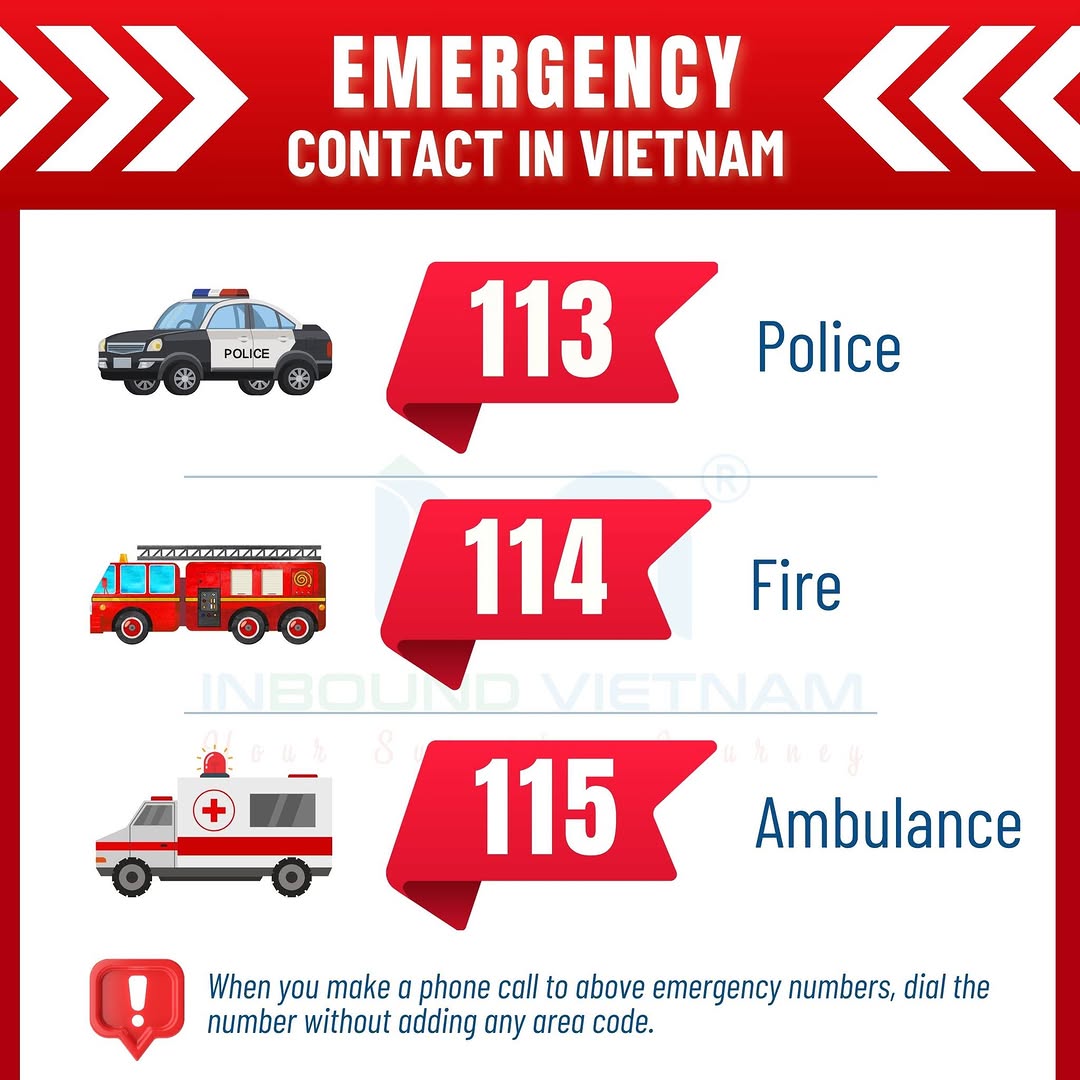
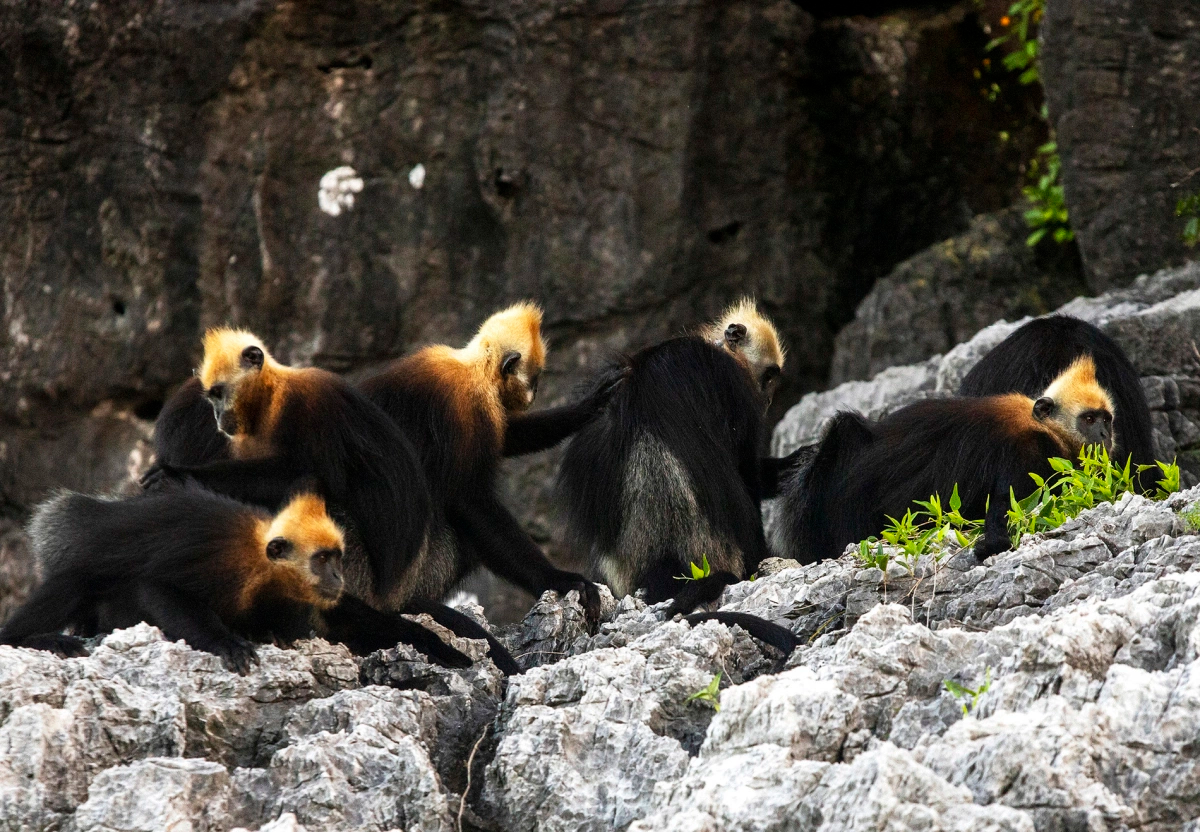
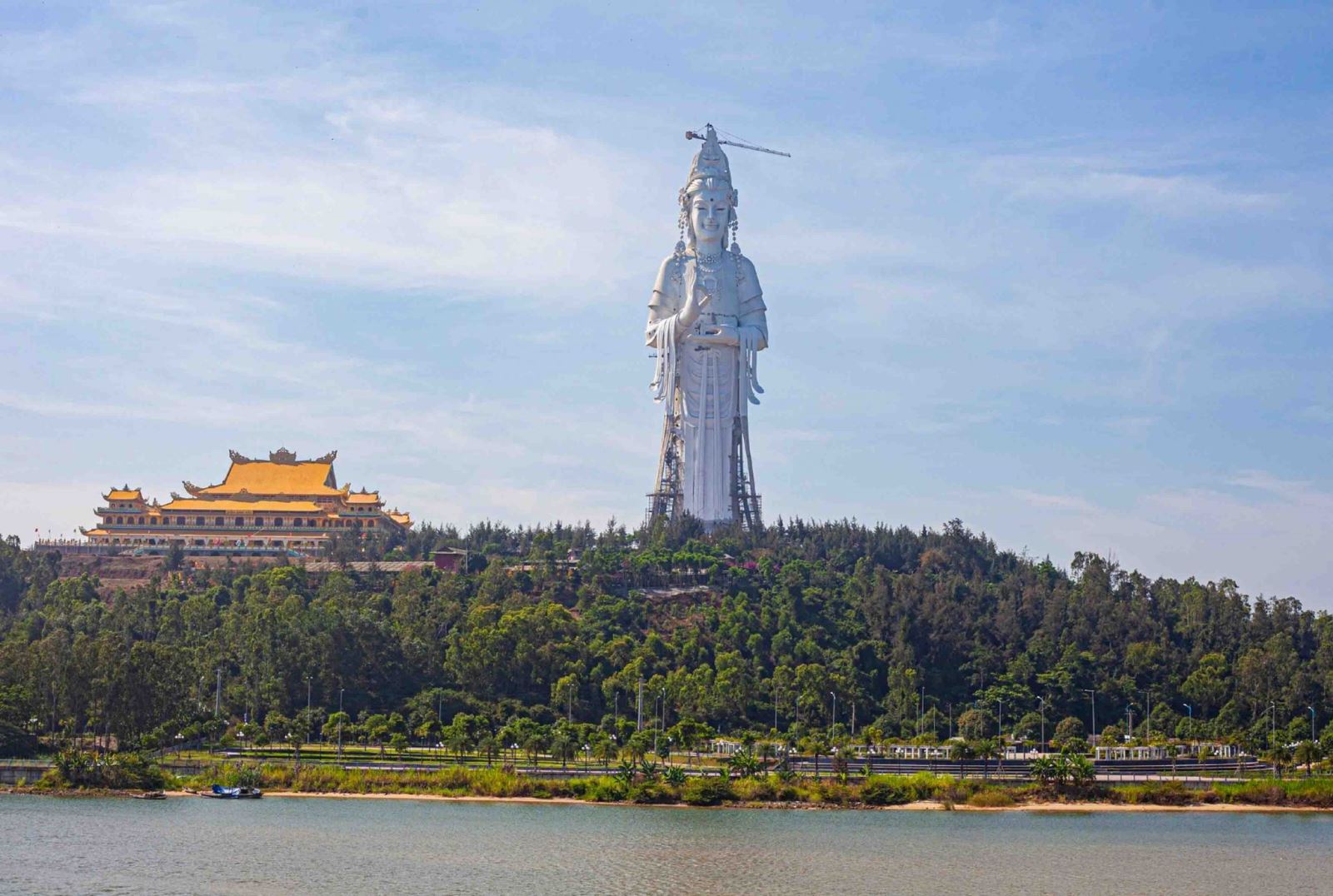
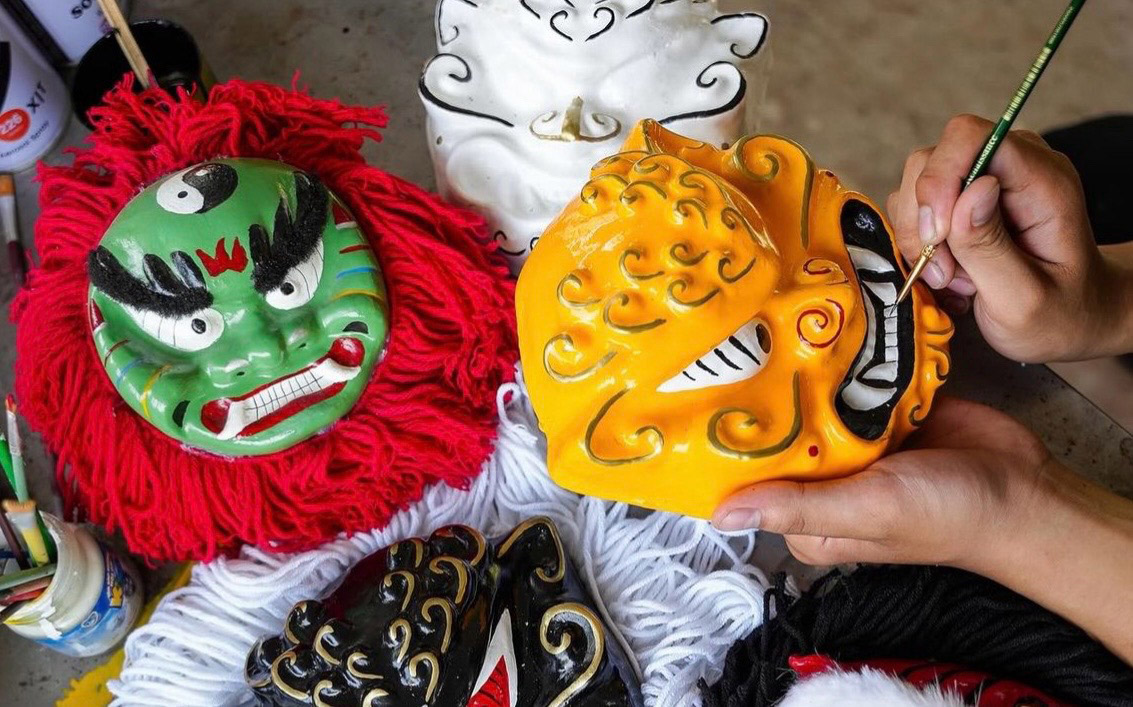
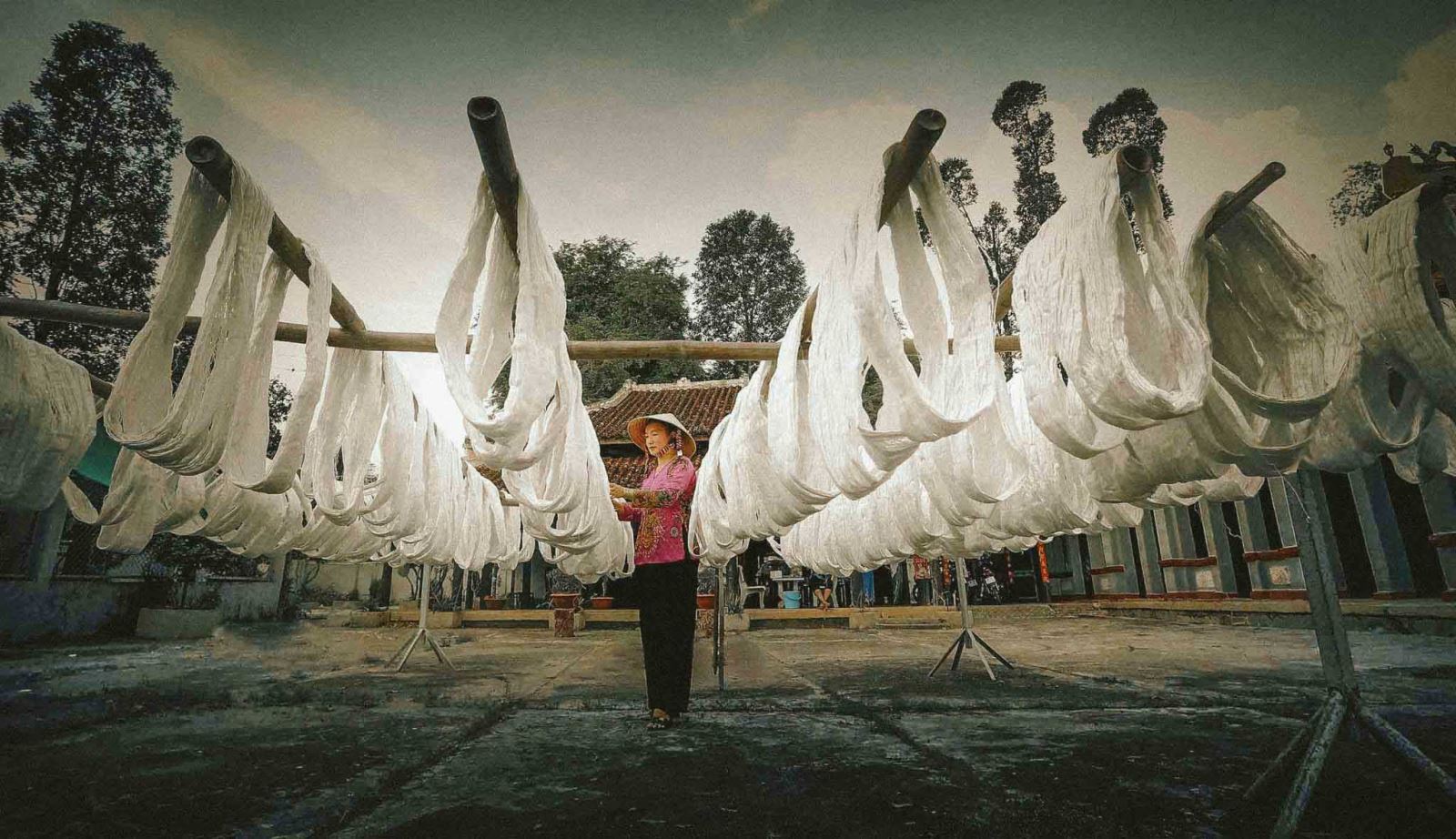

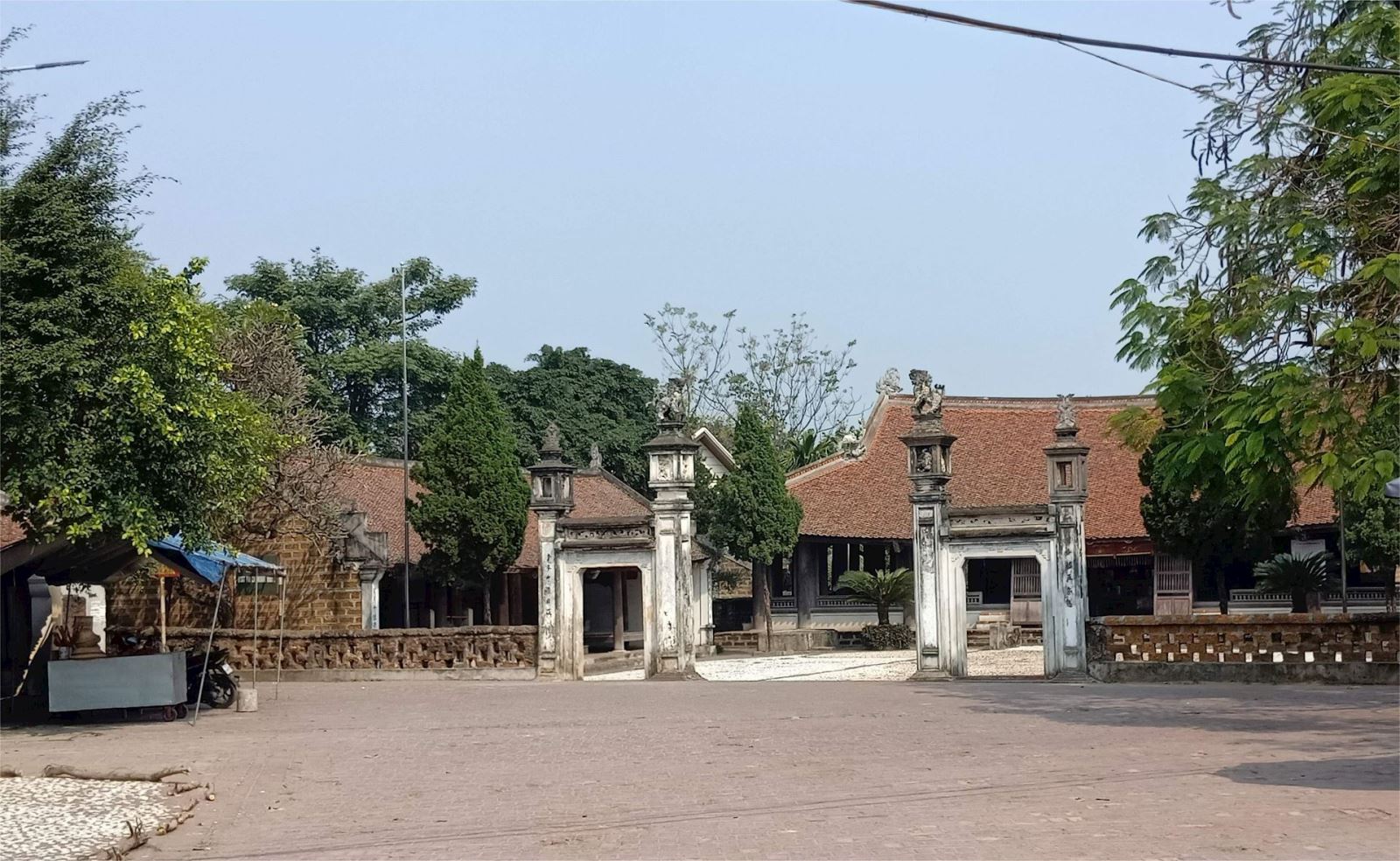
.png)